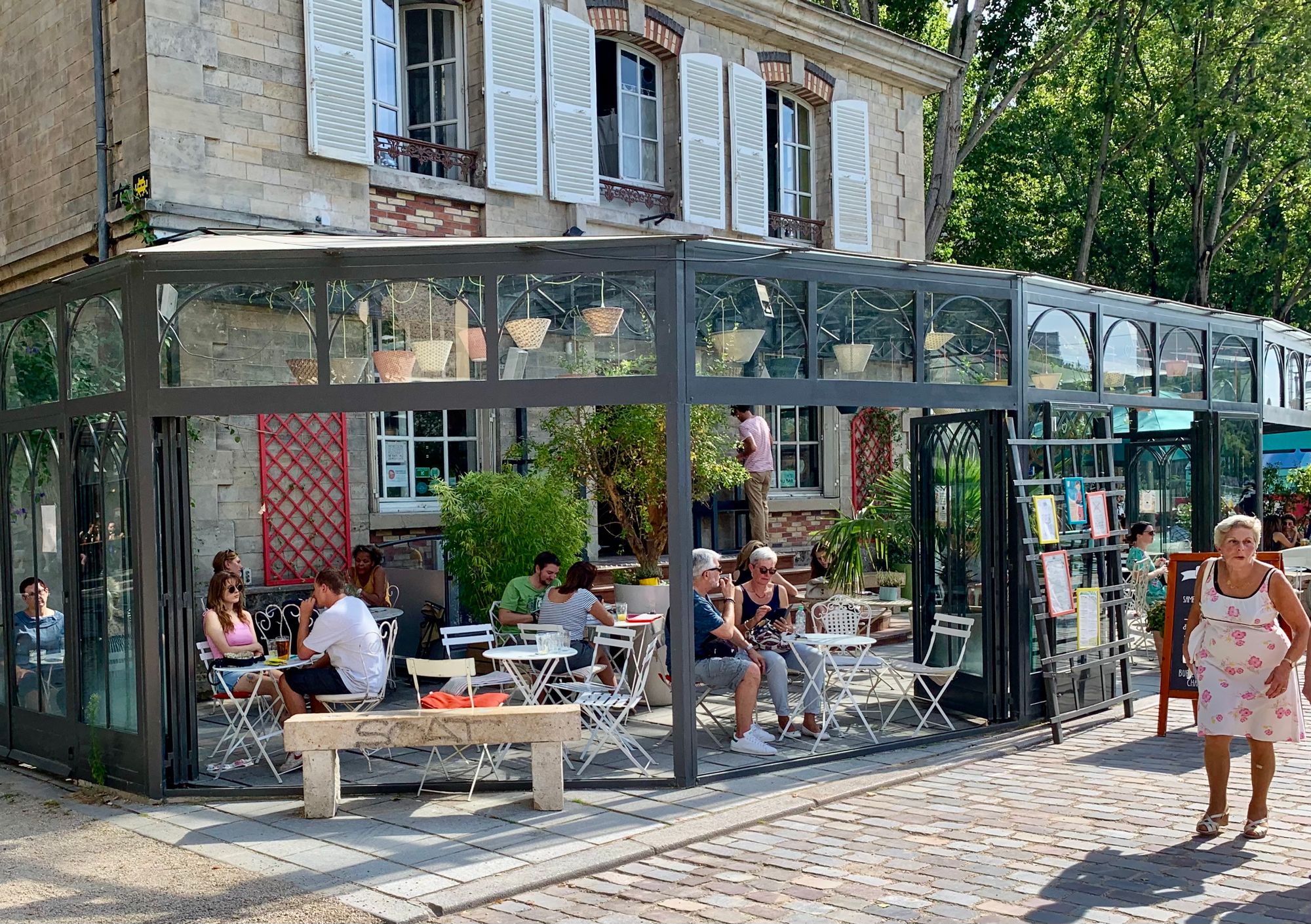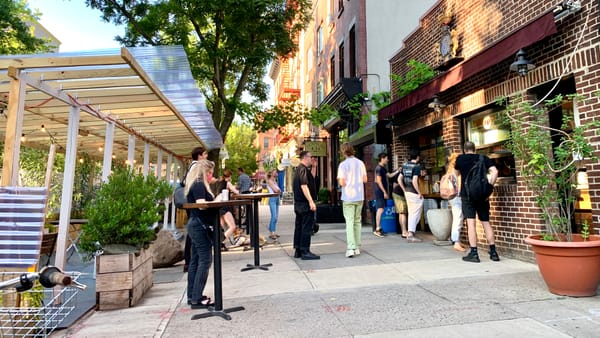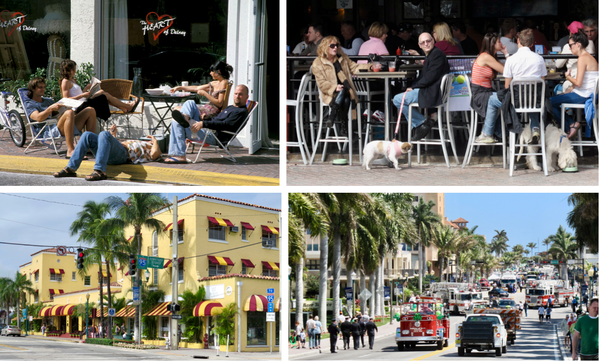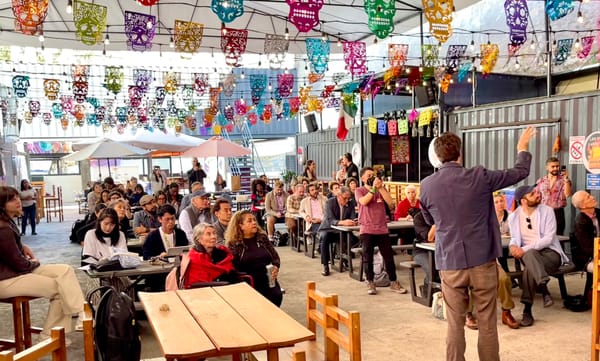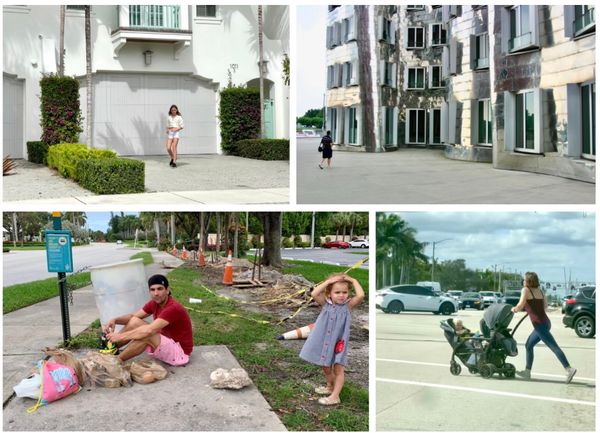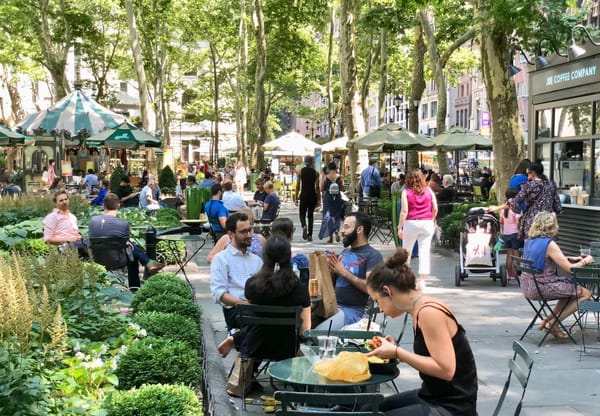A "Front Porch" Attracts Life to All Buildings, Public and Private
Most architecture these days is focused too much on the look of the building and how it creates its own separate identity. This is especially true of most contemporary buildings, both public and private. There is too much attention on creating an iconic stand-alone object, rather than on making a "living" building that gives something back to the community which hosts it.
The way to make a building come alive is to activate its ground floor – the place where it makes contact with community life. The ground floor needs to "spill out" onto the sidewalk, engaging with pedestrians and creating environments where social and commercial life thrives. This kind of inside out design is the key to creating great streets and public places that people come back to again and again.
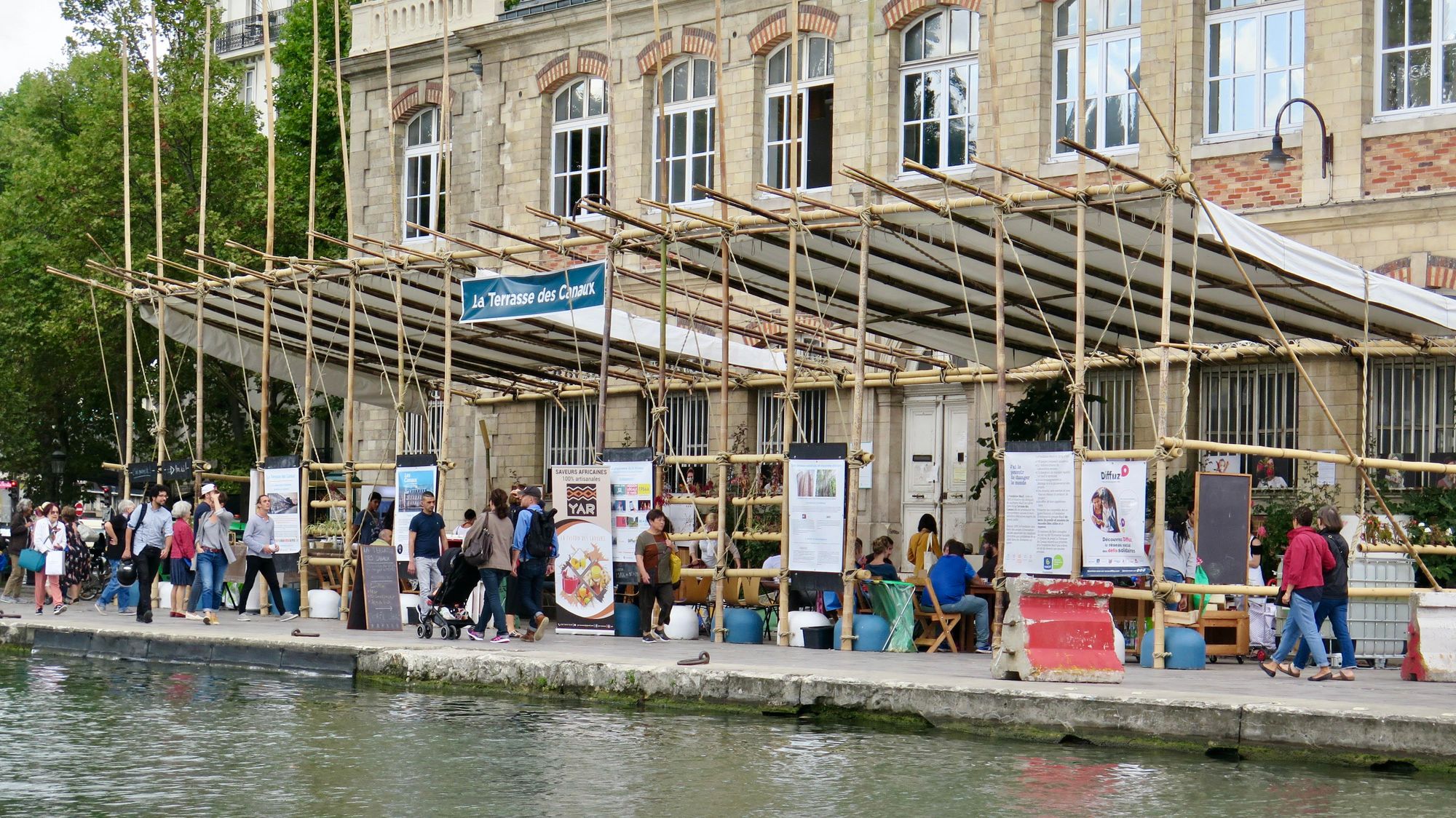
Bassin de la Villette
Bassin de la Villette in Paris is one of our favorite examples of a place done right. The buildings here are a wonderful example of the impact that bringing the inside out has on the visual character and atmosphere of a place. Before, the activity in these buildings was private and hidden, but now they are multi-faceted destinations on the Bassin's shore, attracting vibrancy to the area.
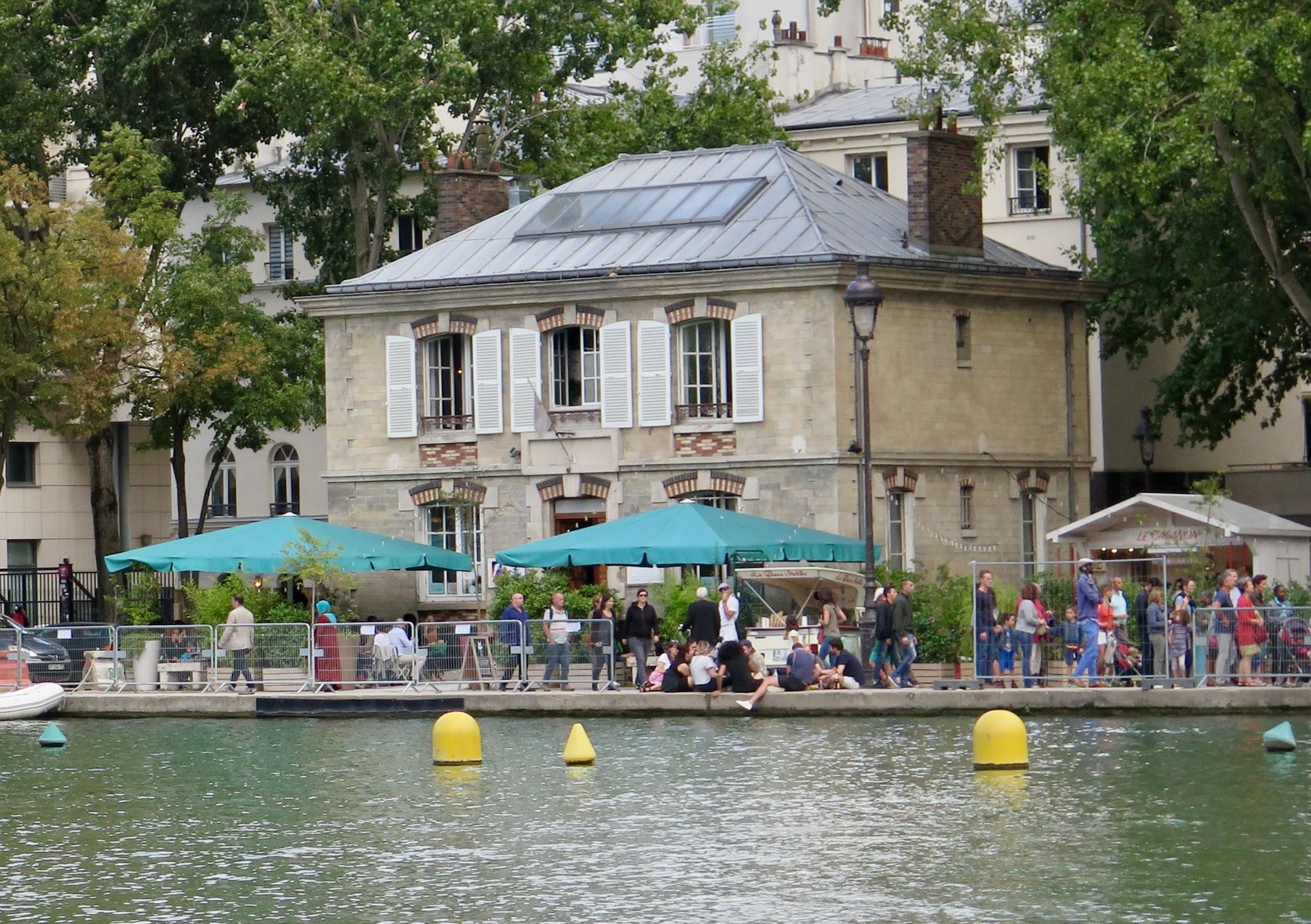
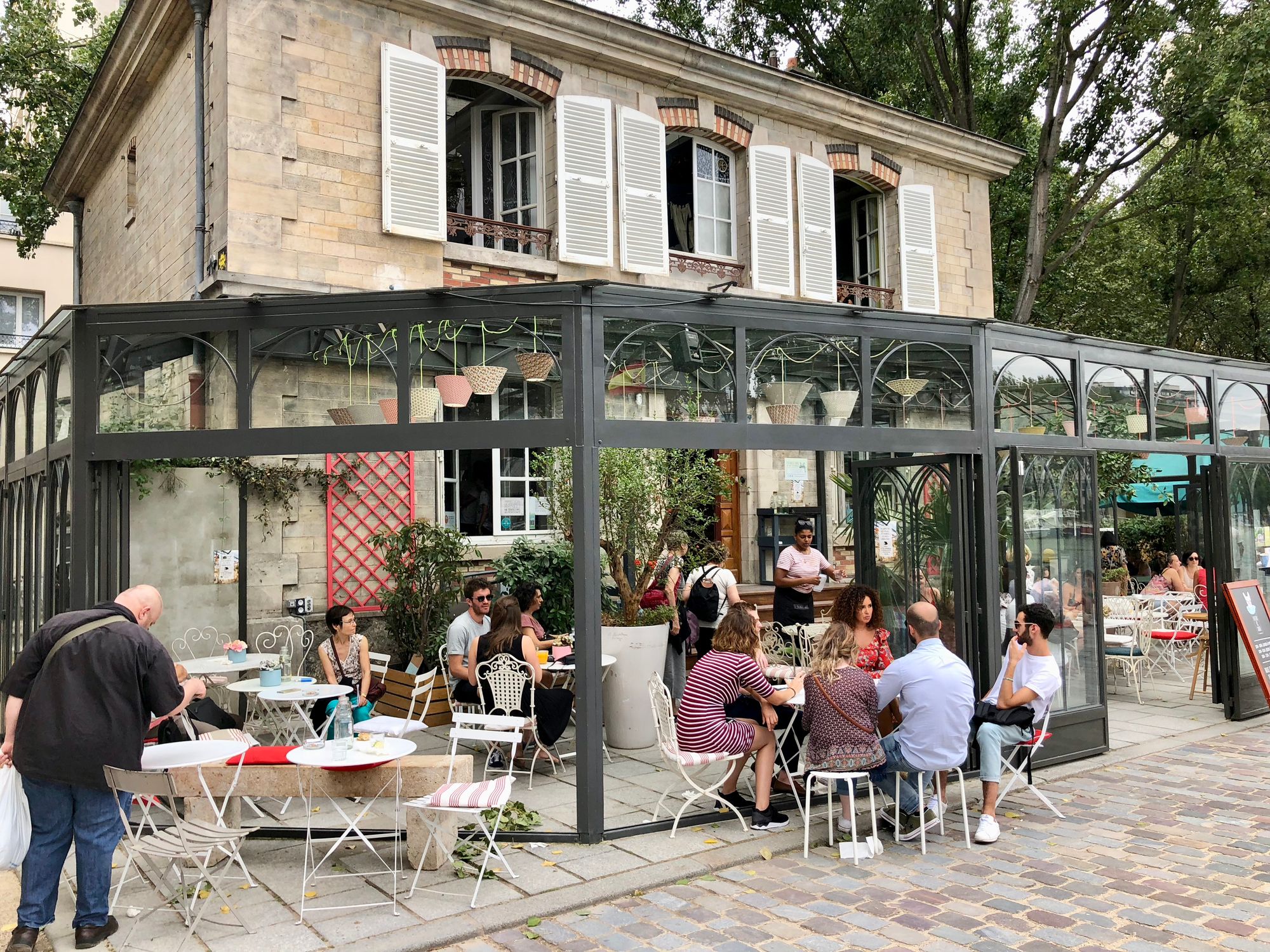
A building in Bassin de la Villette in Paris, before porch and with porch
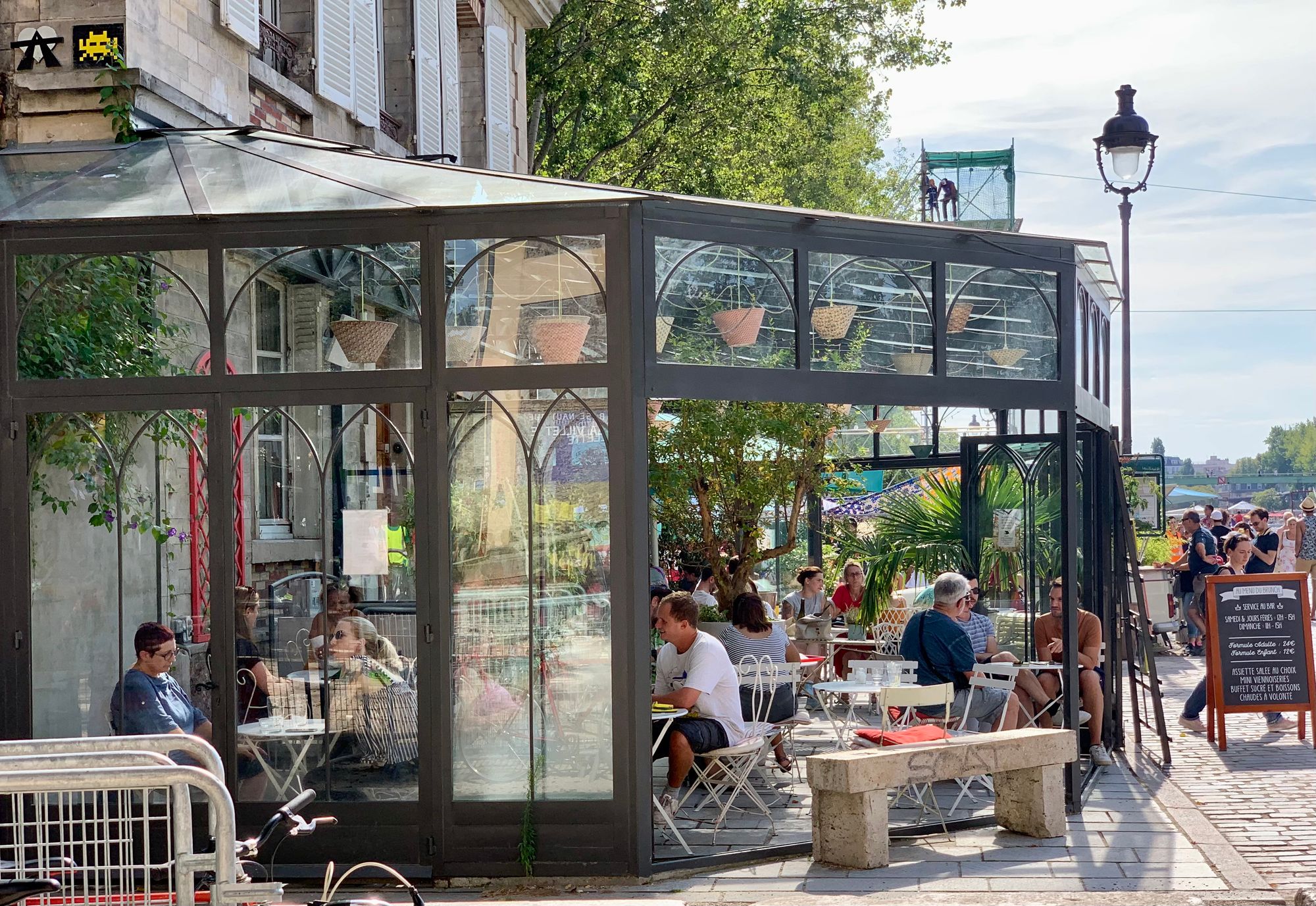
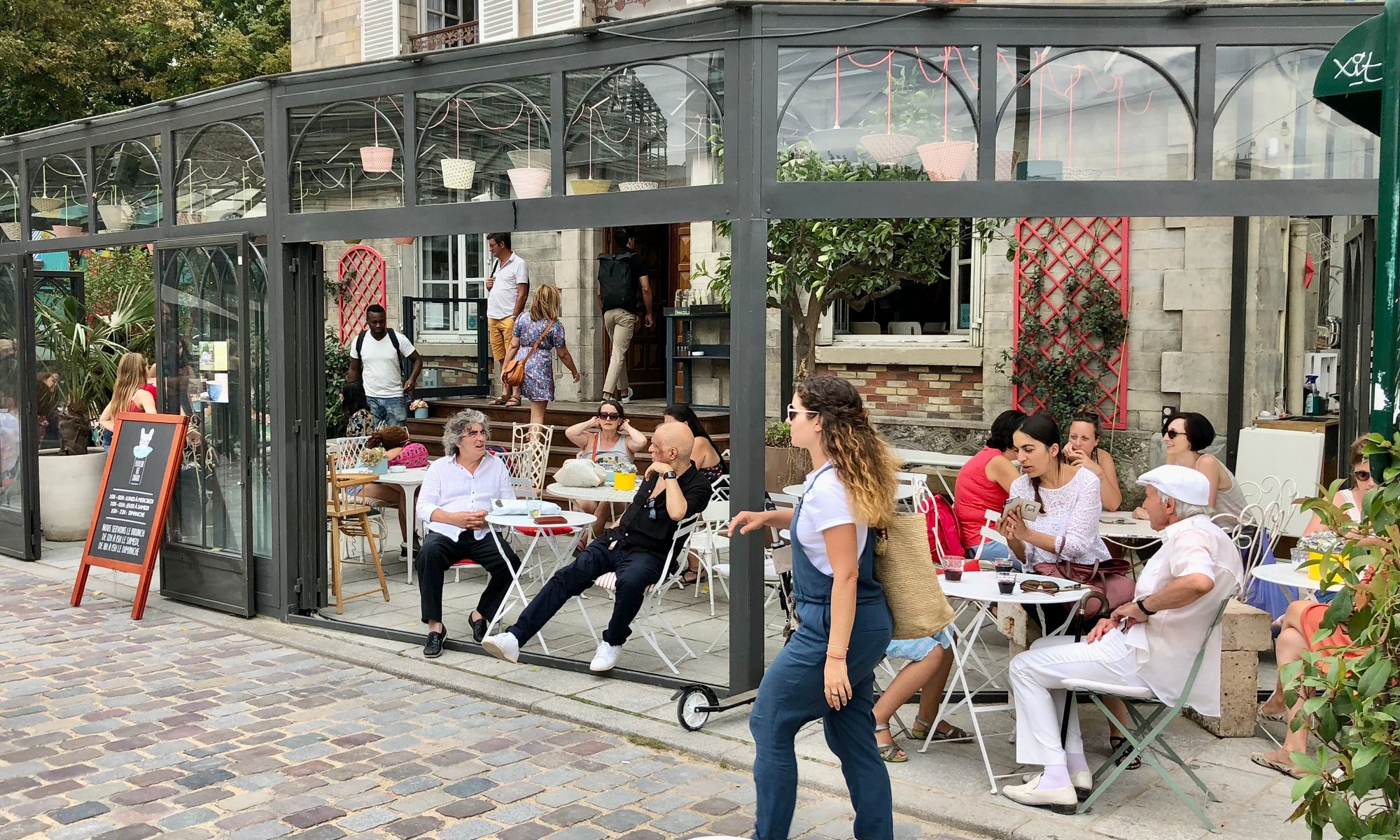
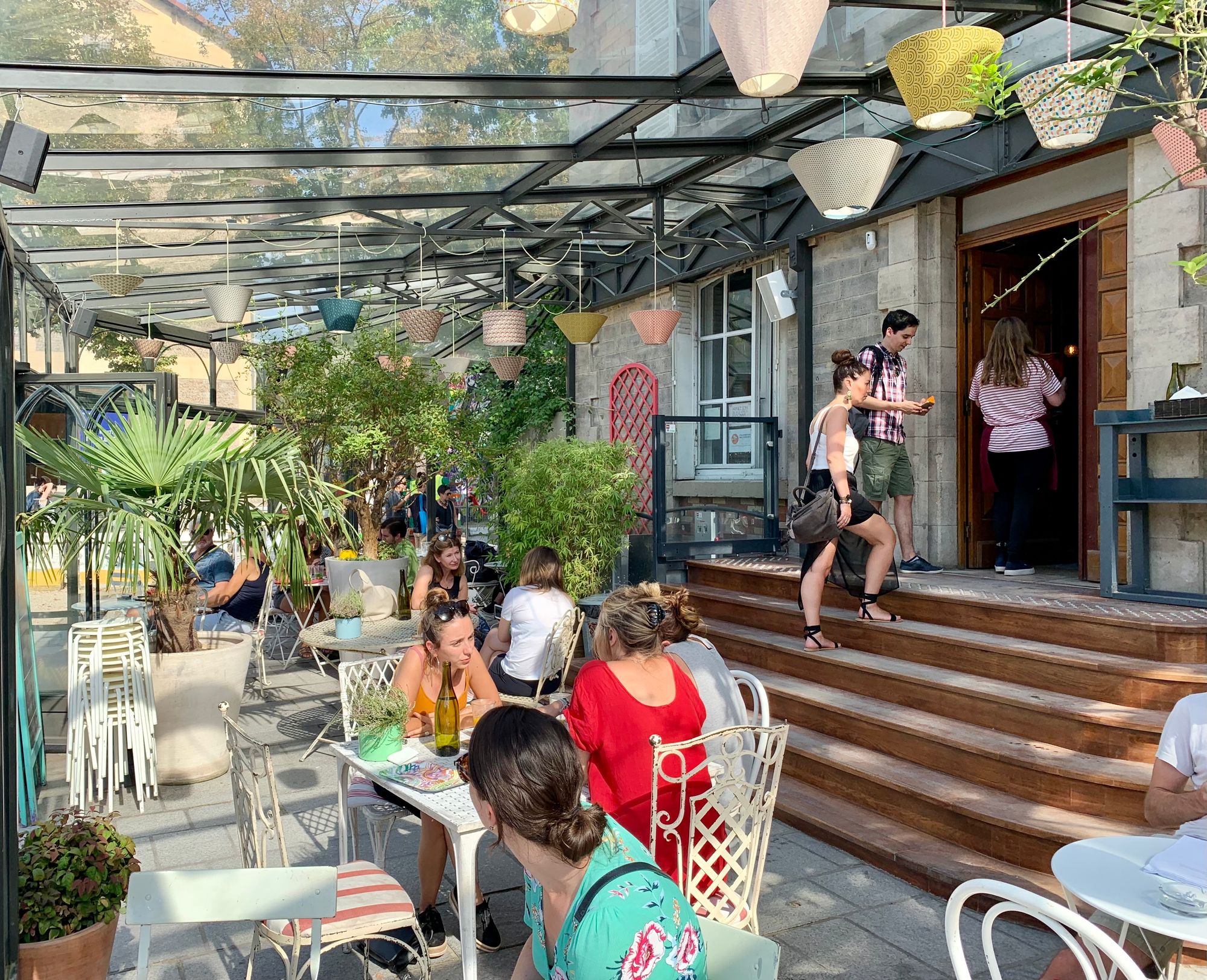
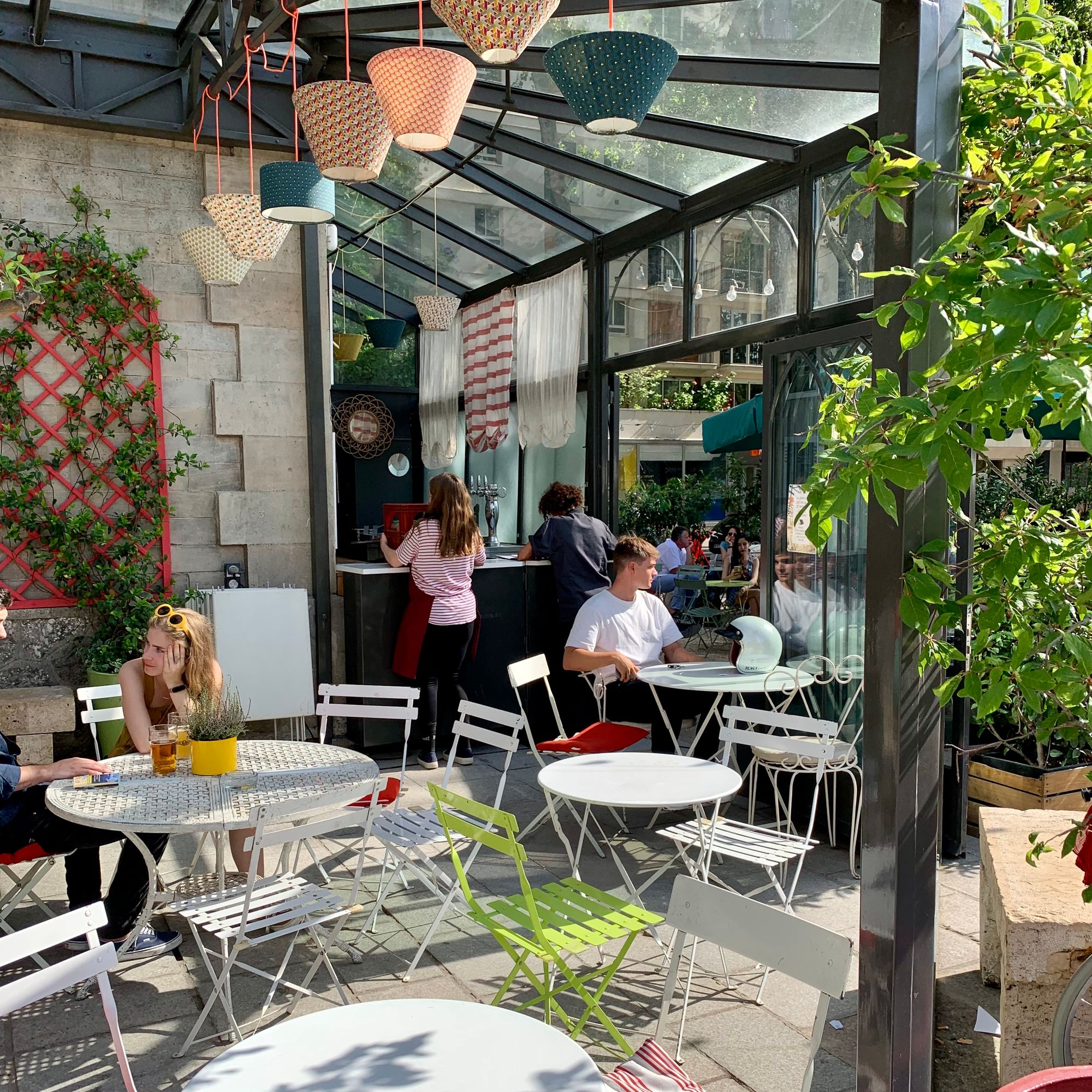
A second building in the Bassin de la Villette offers a unique set of seasonal temporary uses on top of its role as a cultural institution.
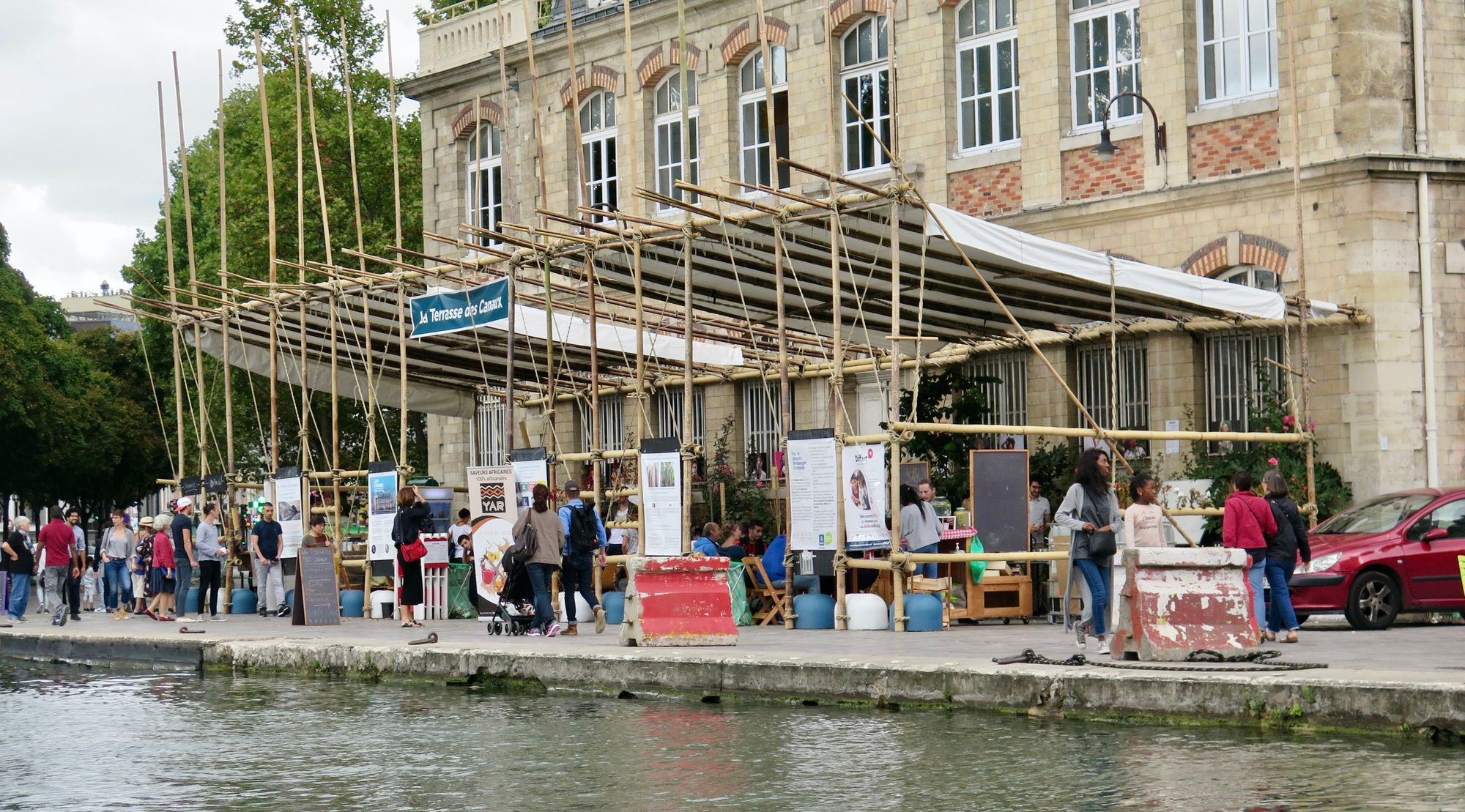
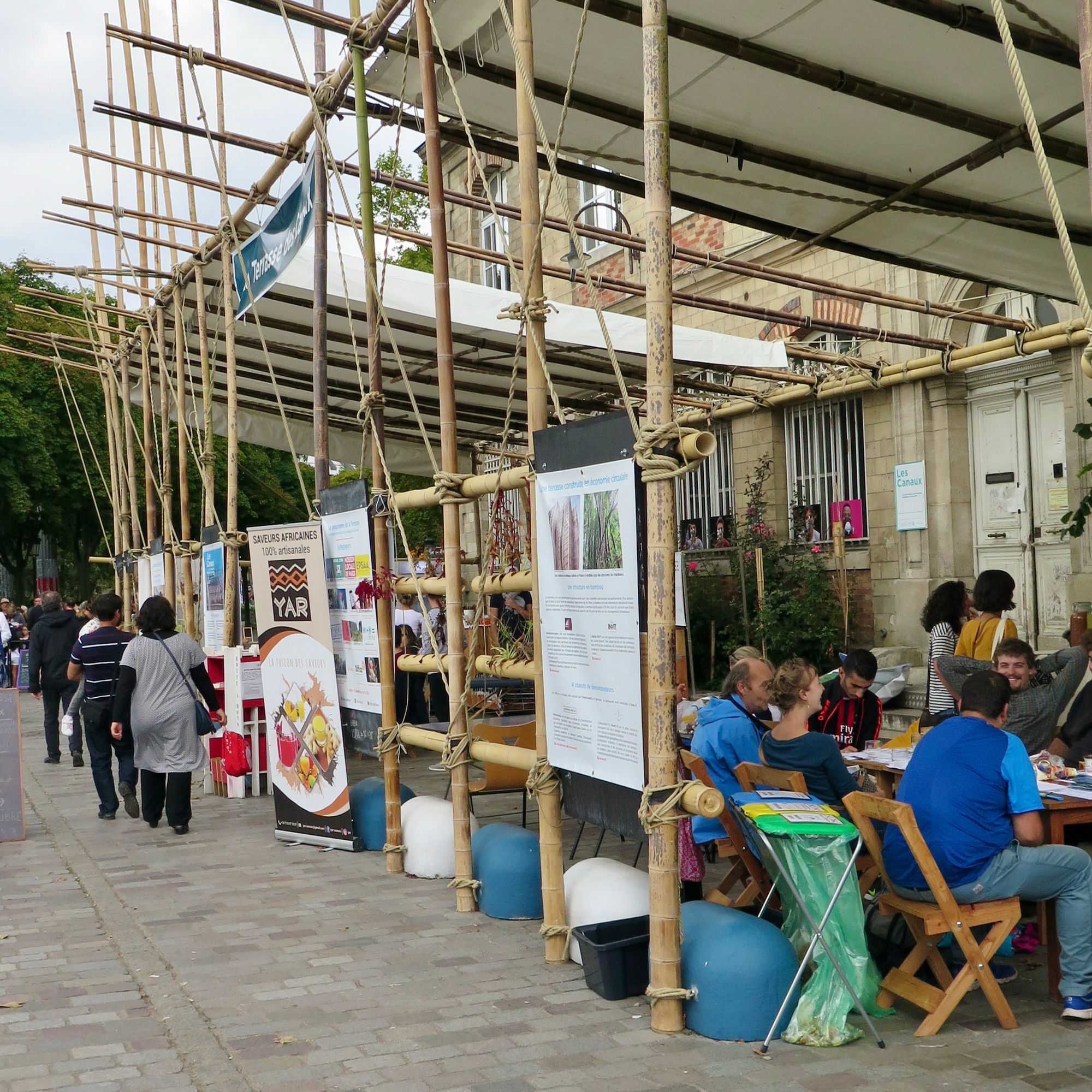
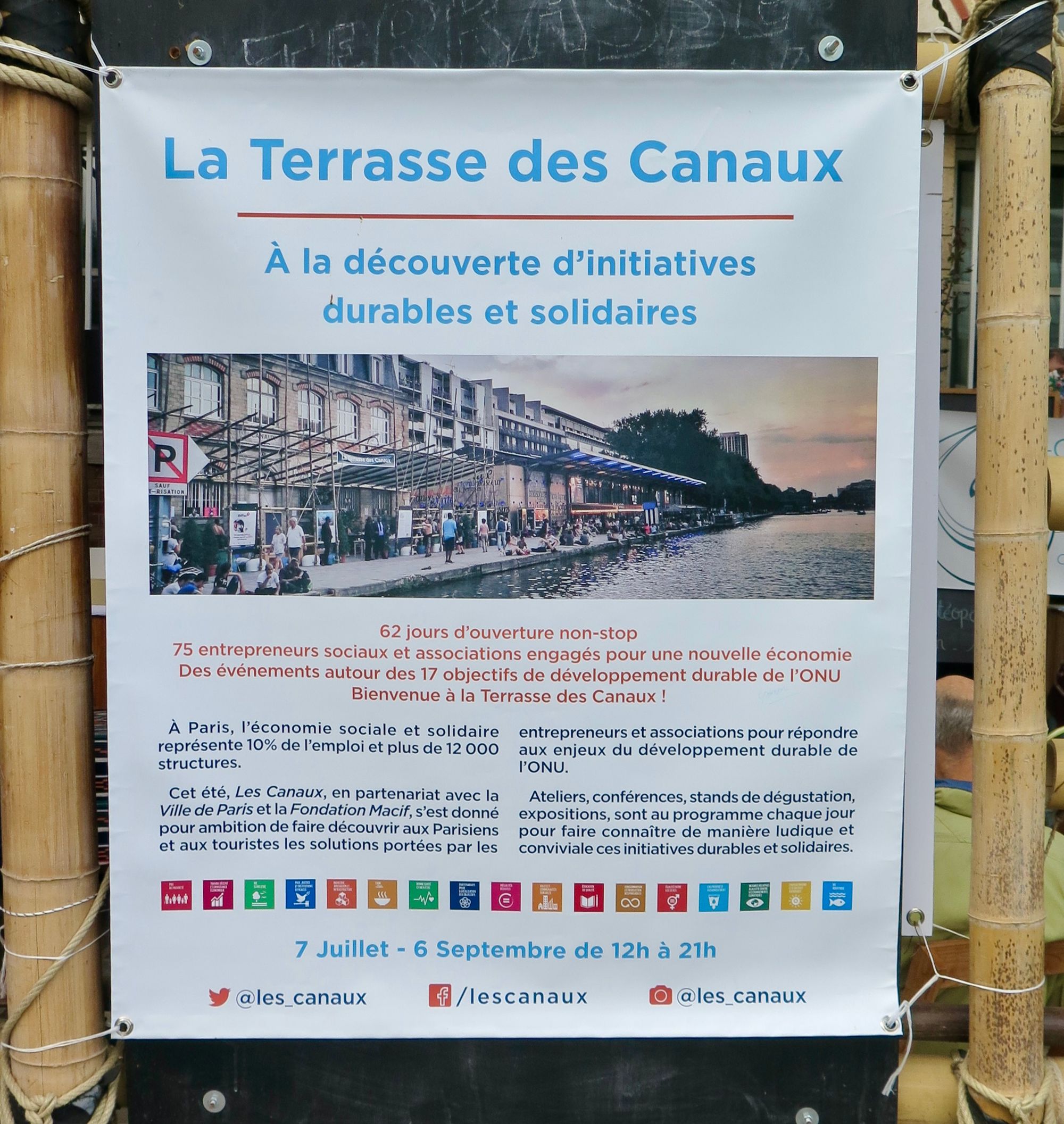
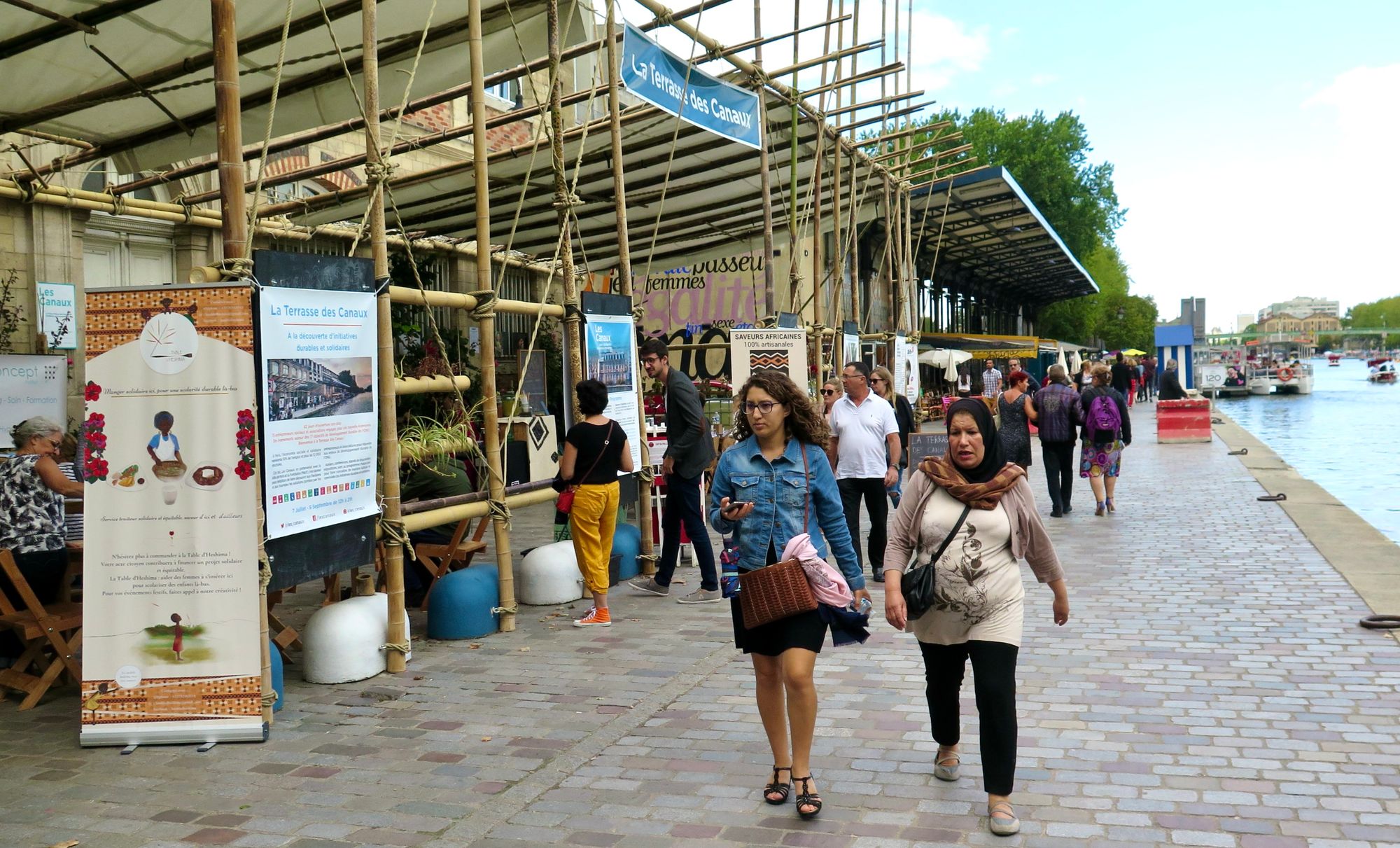
A bamboo structure was a temporary addition in 2017 and hosted a variety of activities that were previously done inside the building.
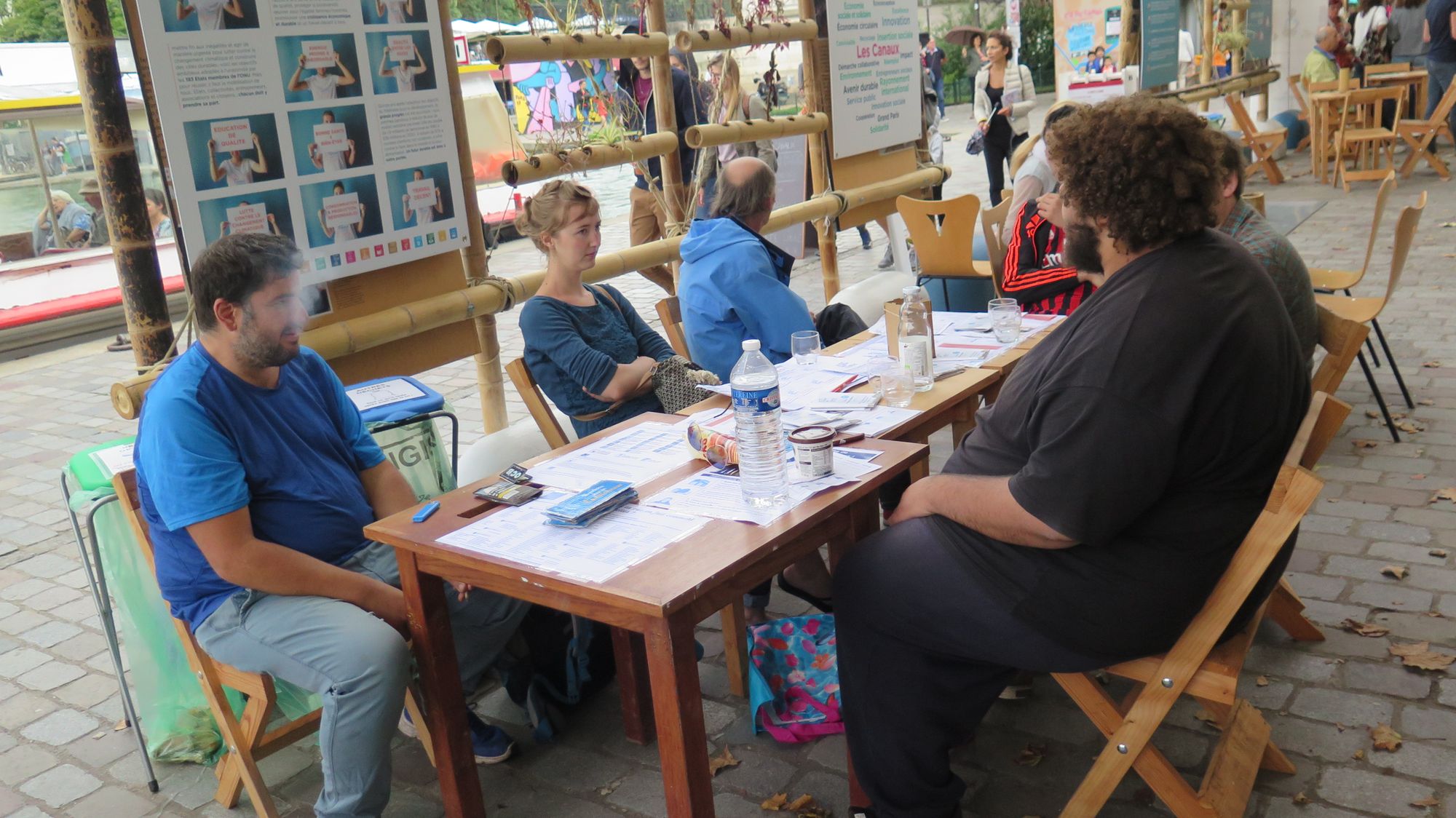
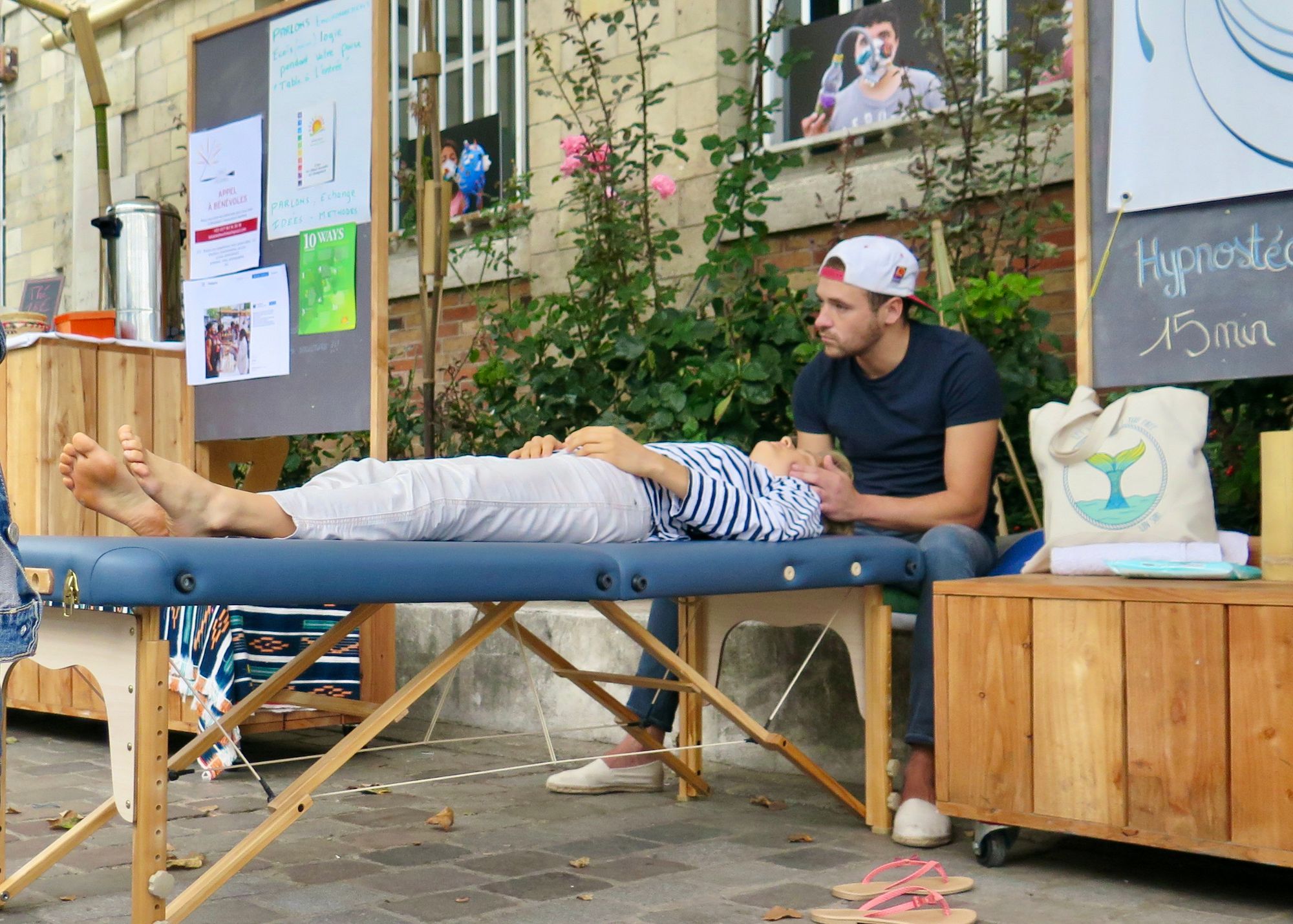
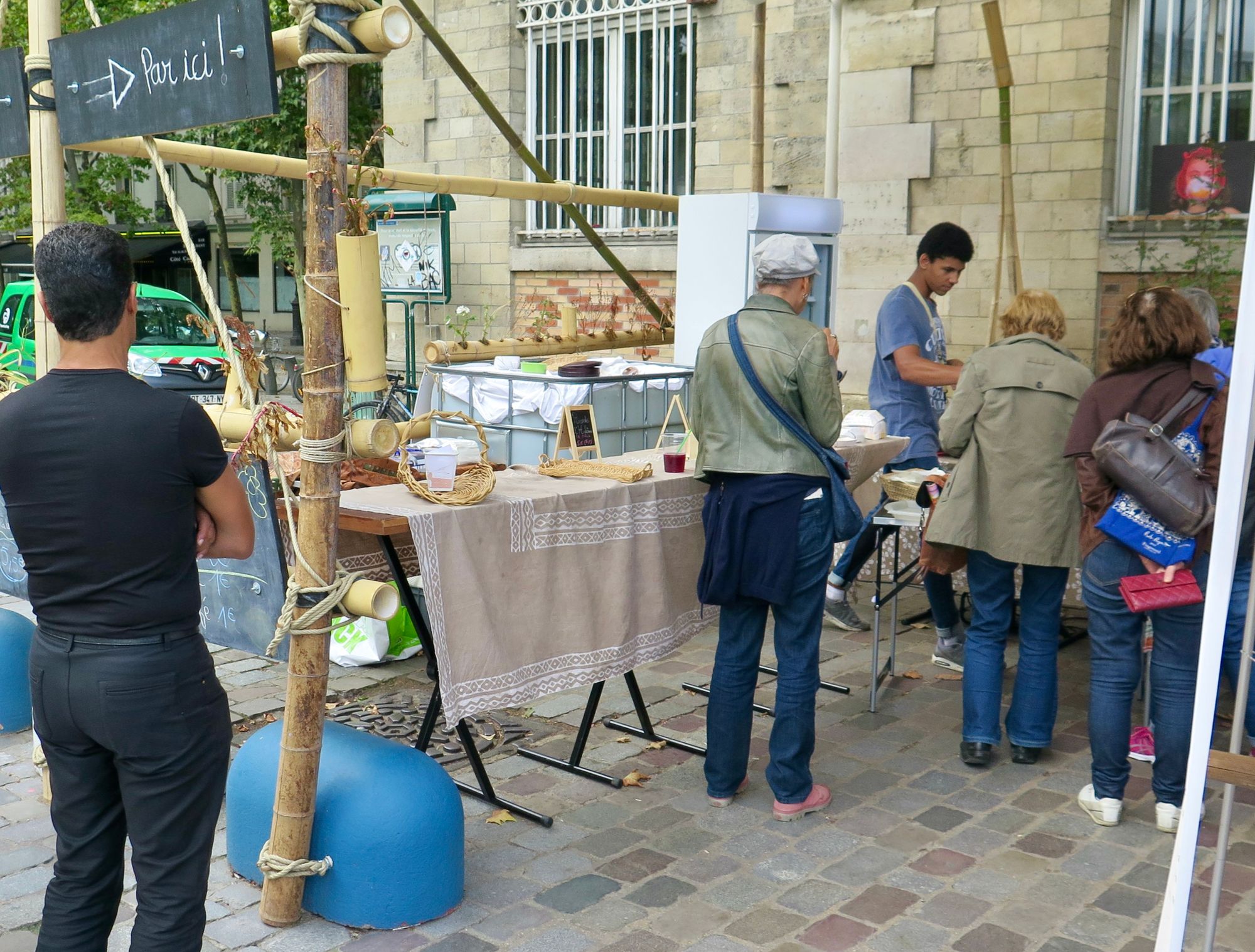
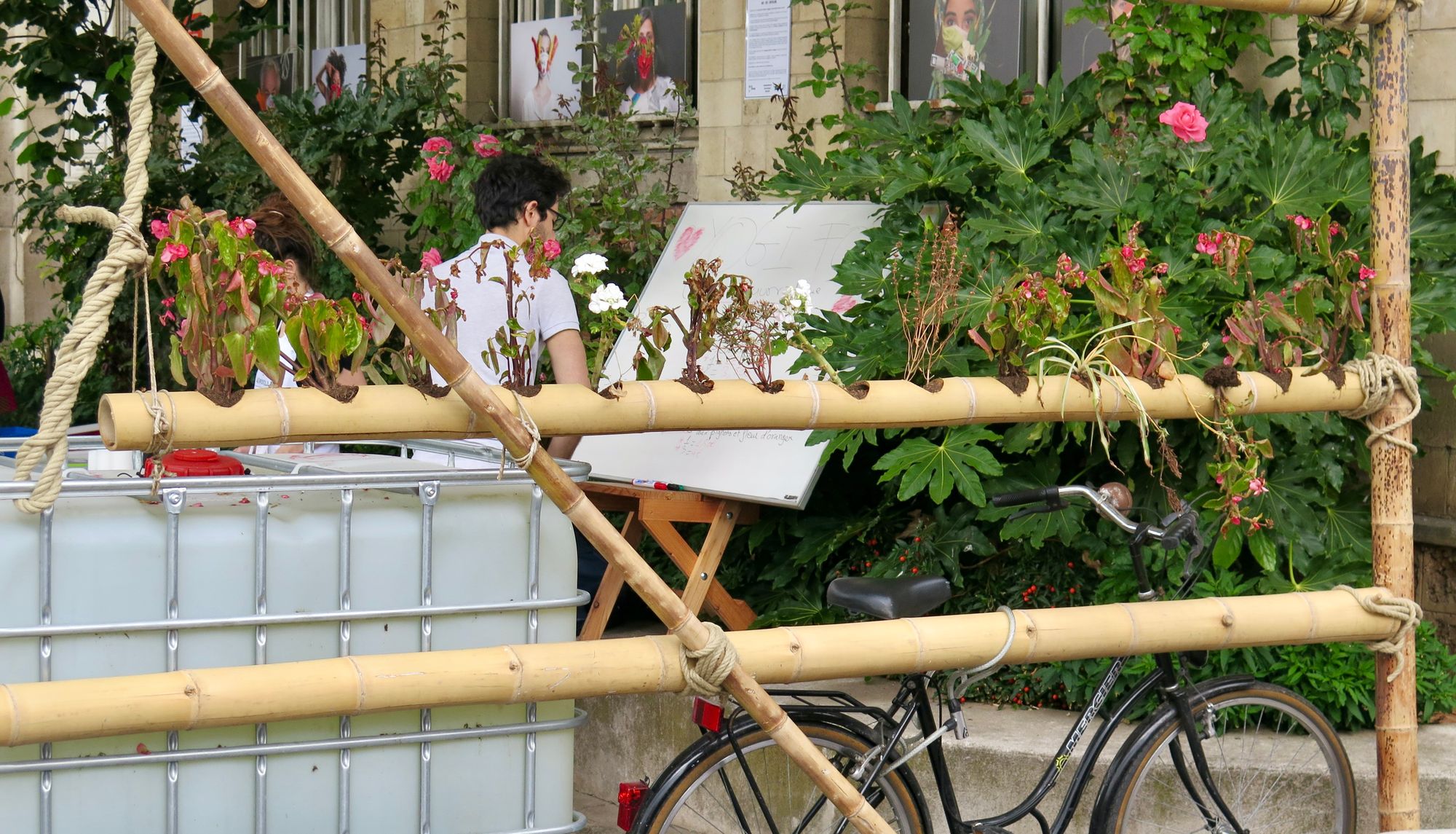
It grew from there: In 2018 and 2019, experiments were carried out with different activities in this area – arts-centered programming, wellness installations, and more.
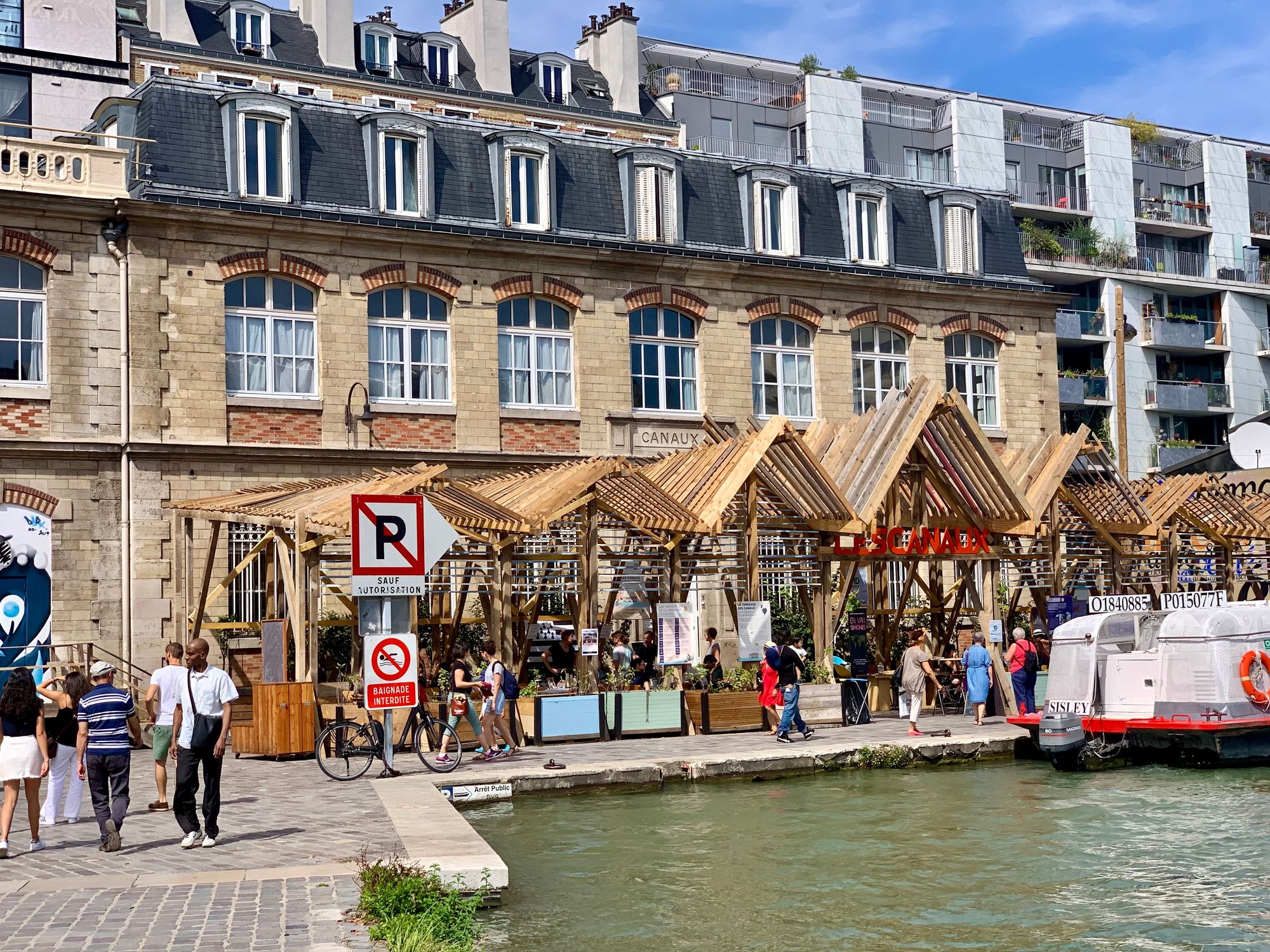
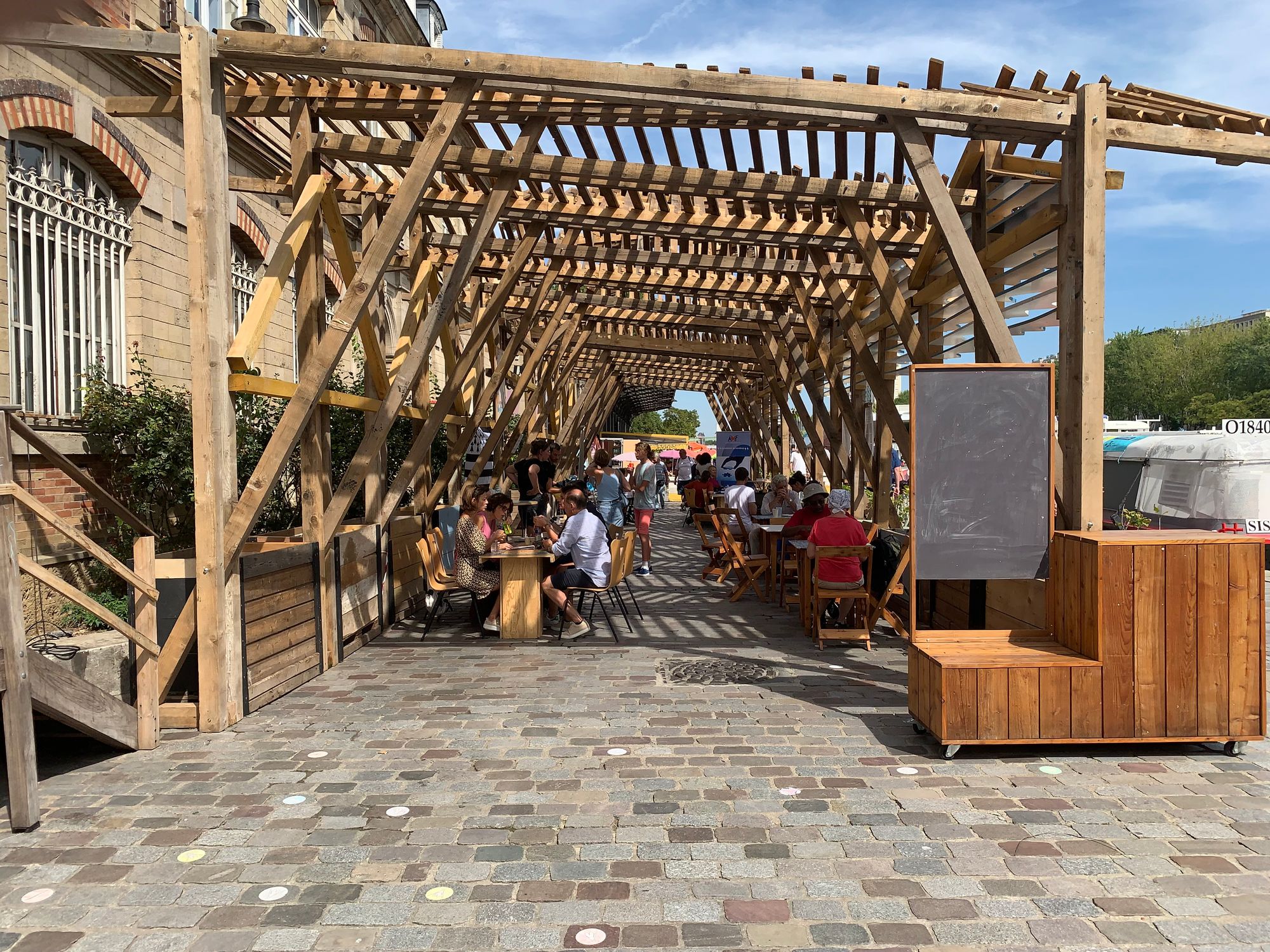
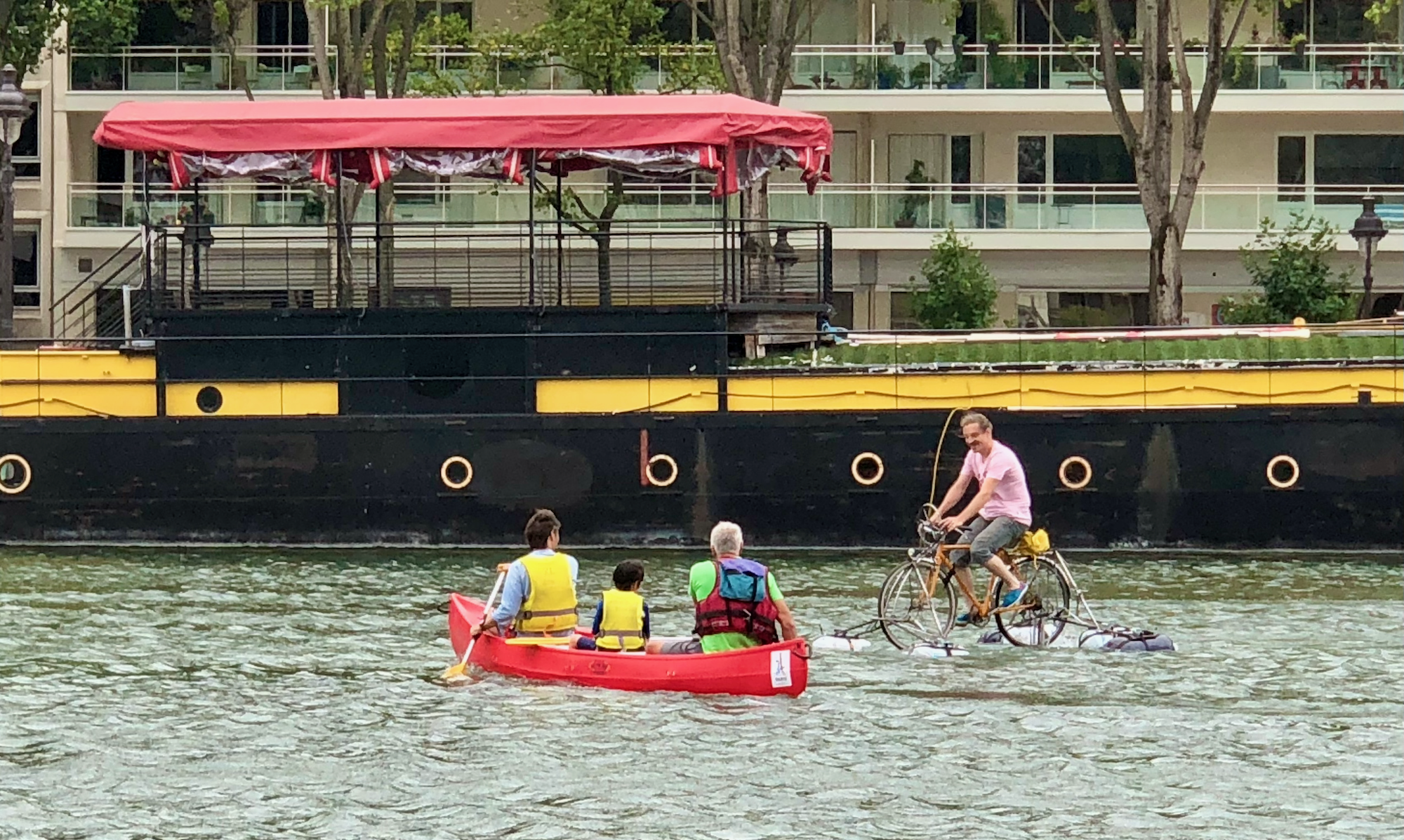
Istanbul
The "River of Life" Flows through Historic Istanbul
William H. Whyte described streets as the "river of life," a phrase that vividly captures the spirit of sociability that infuses Turkey's largest city.
Balik Pazari, Galatasaray Fish Market Mainly sells fish, but also meats, cheeses sweet meats and pickles. All of these goods are right on the sidewalk, stimulating the senses of passersby and creating an incredible example of an "inside out" street.
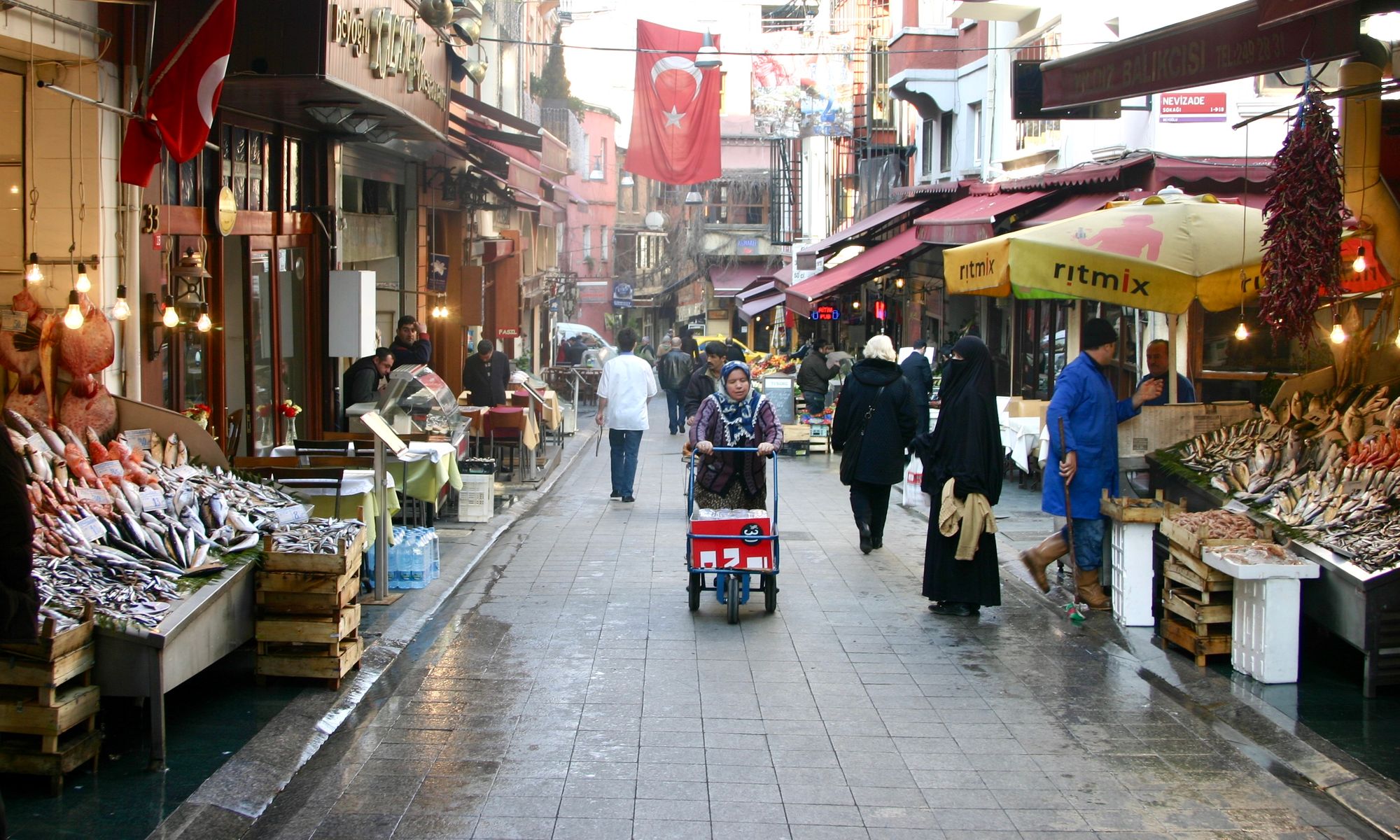
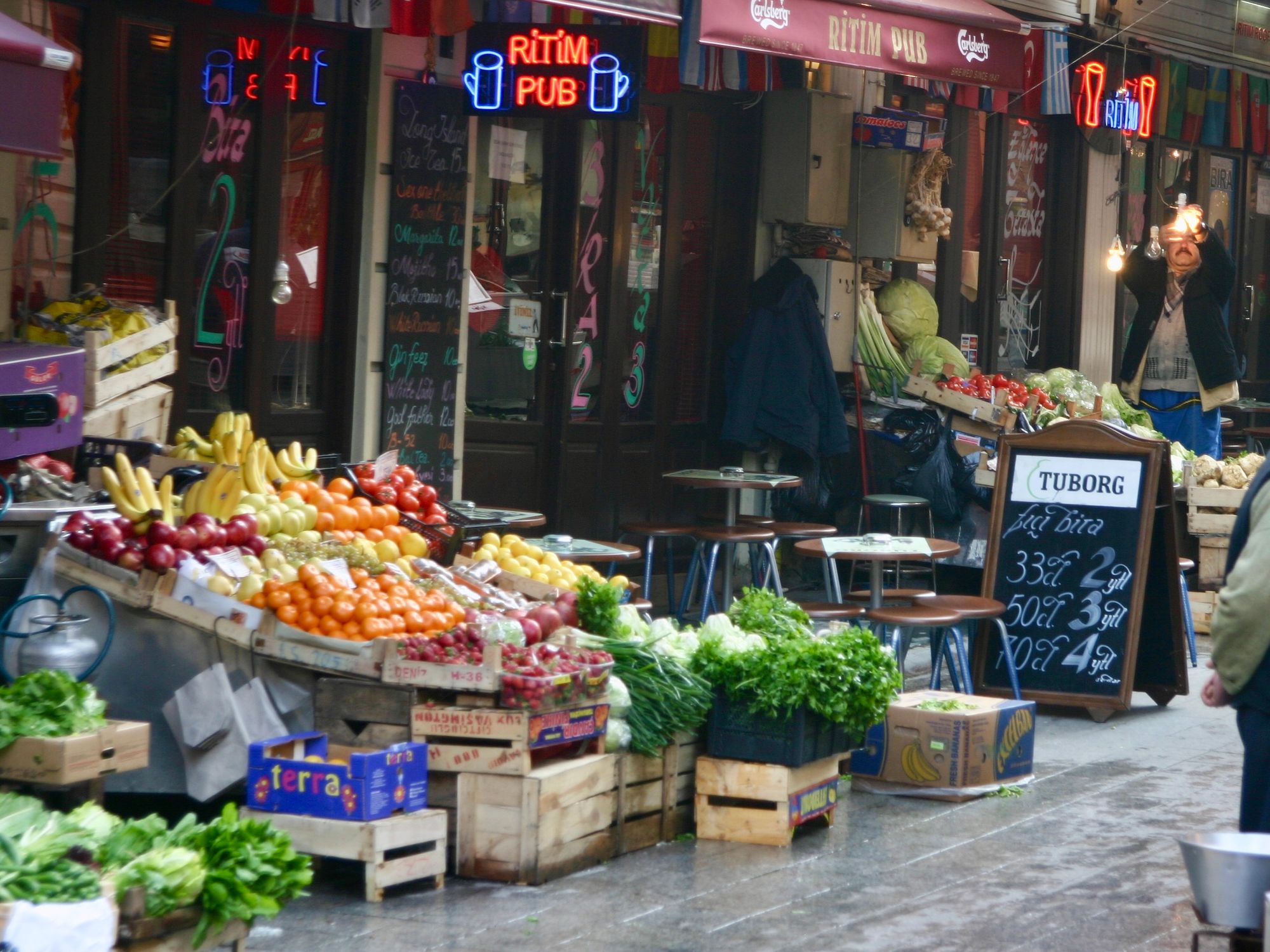
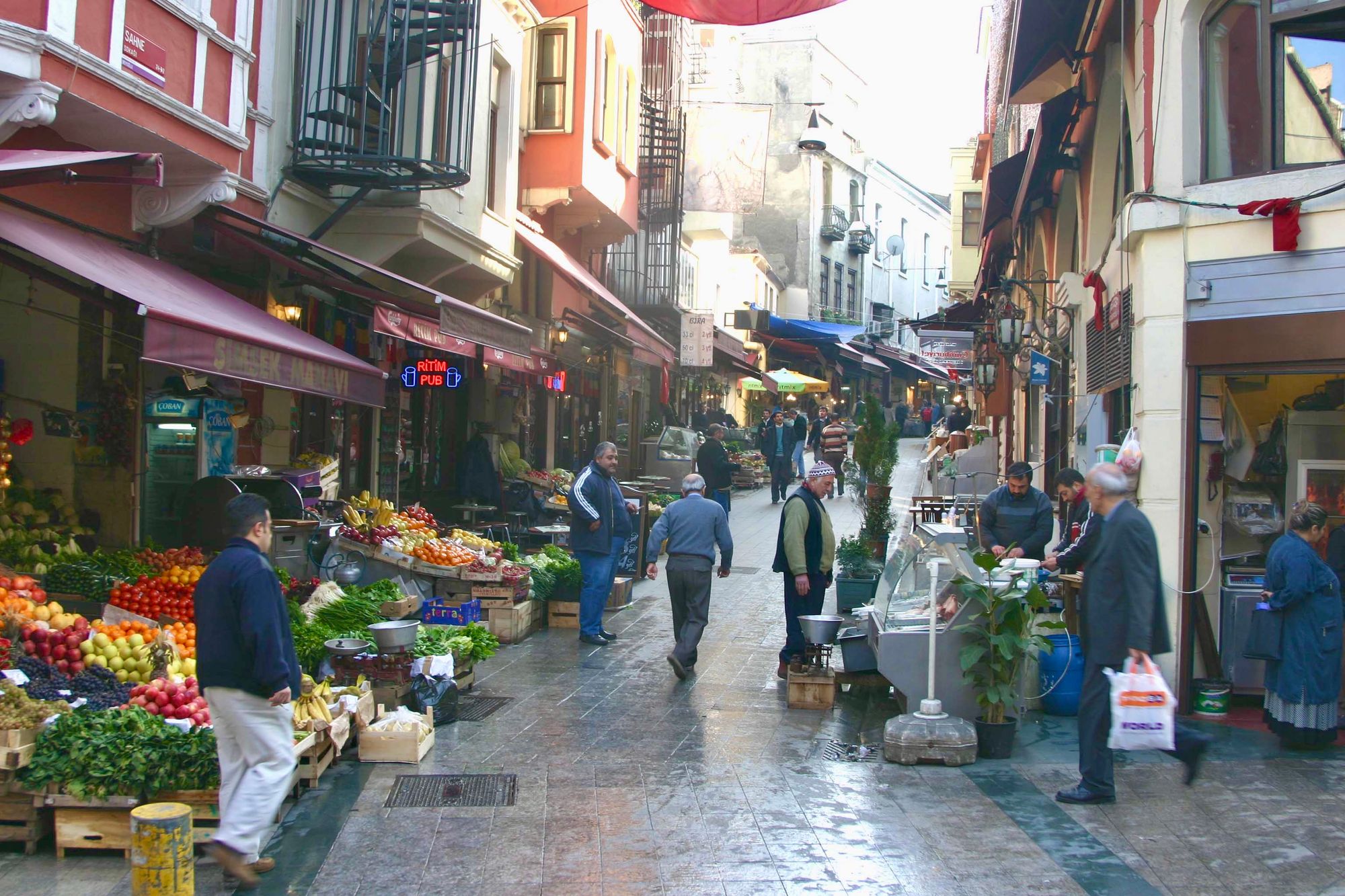
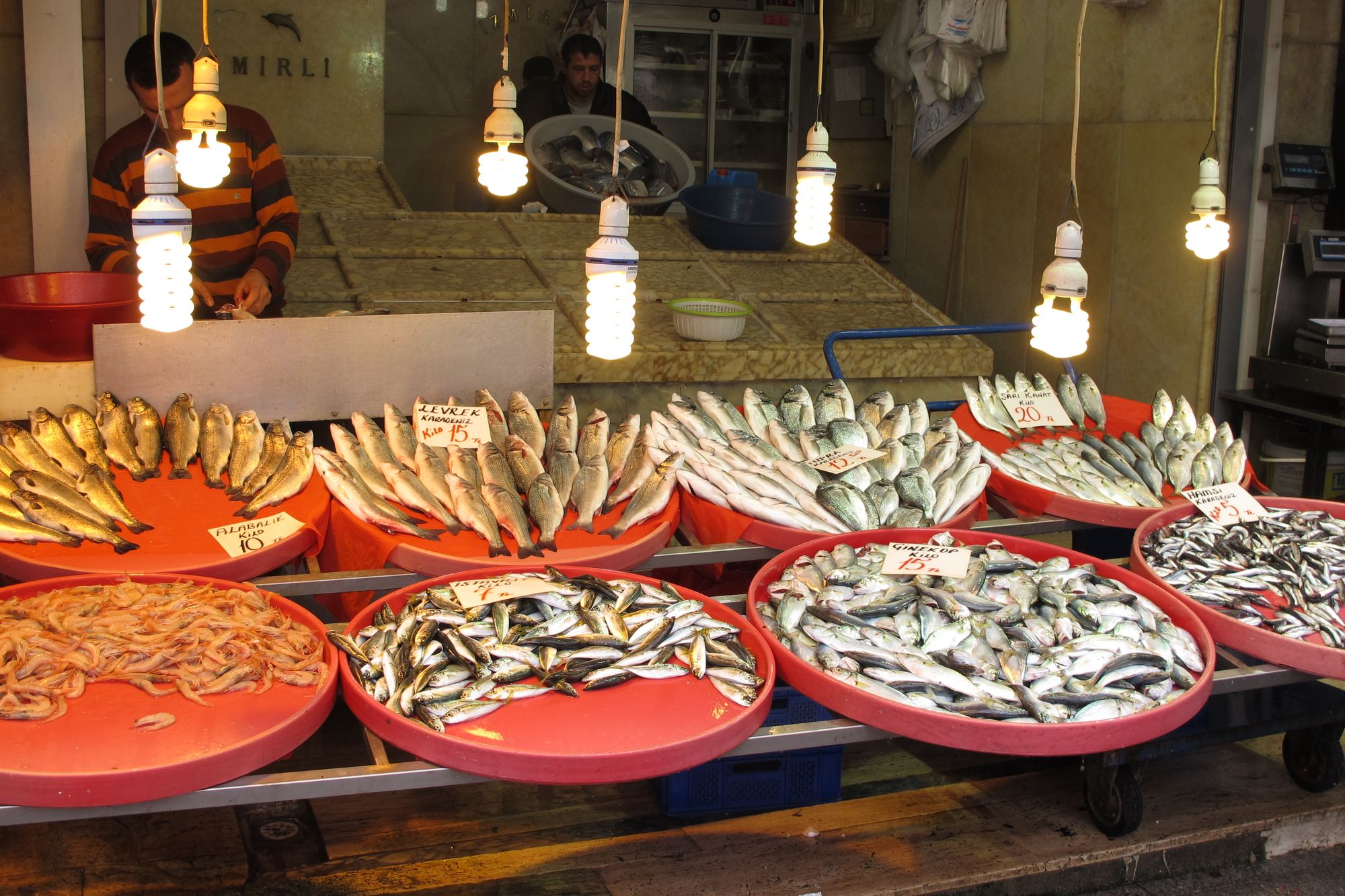
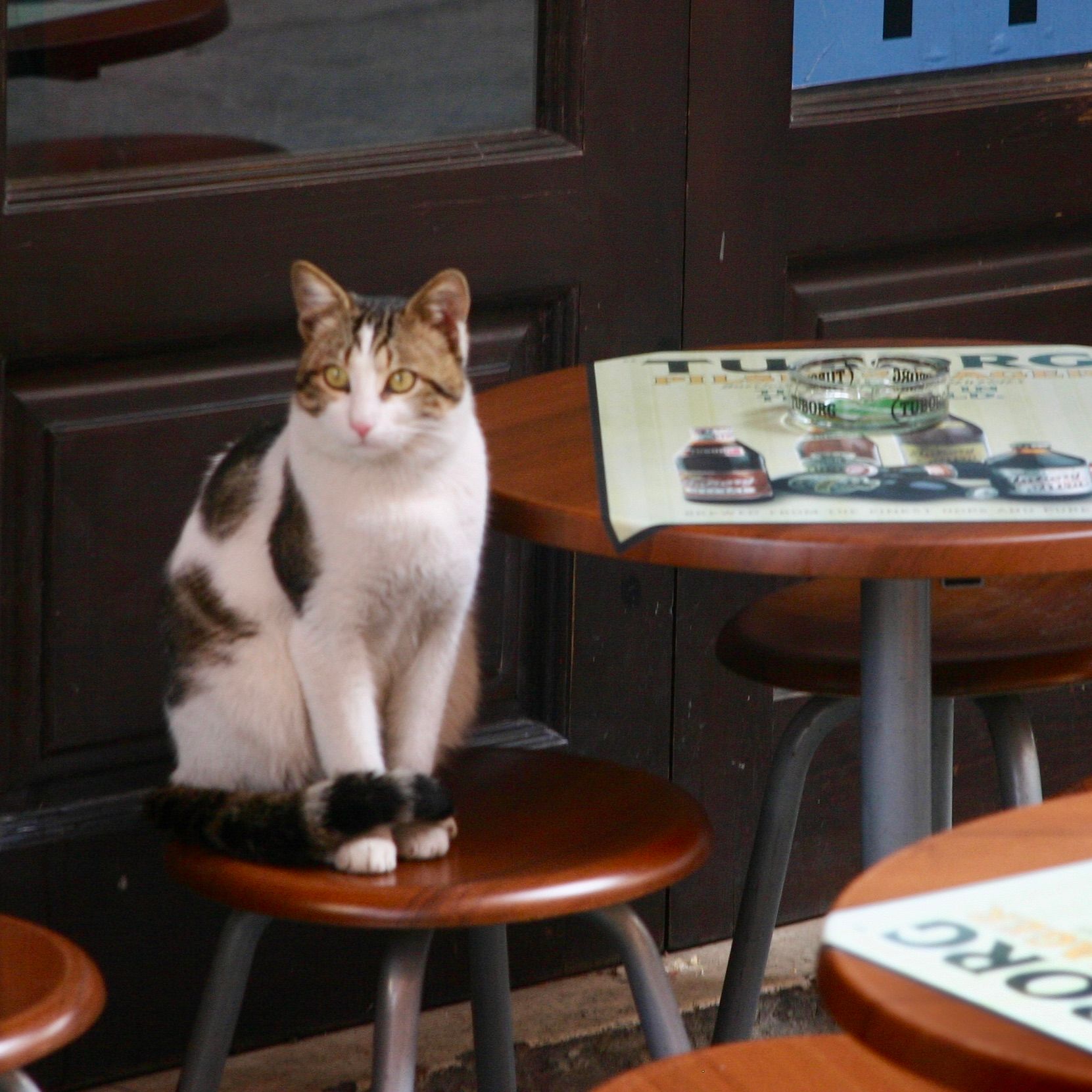
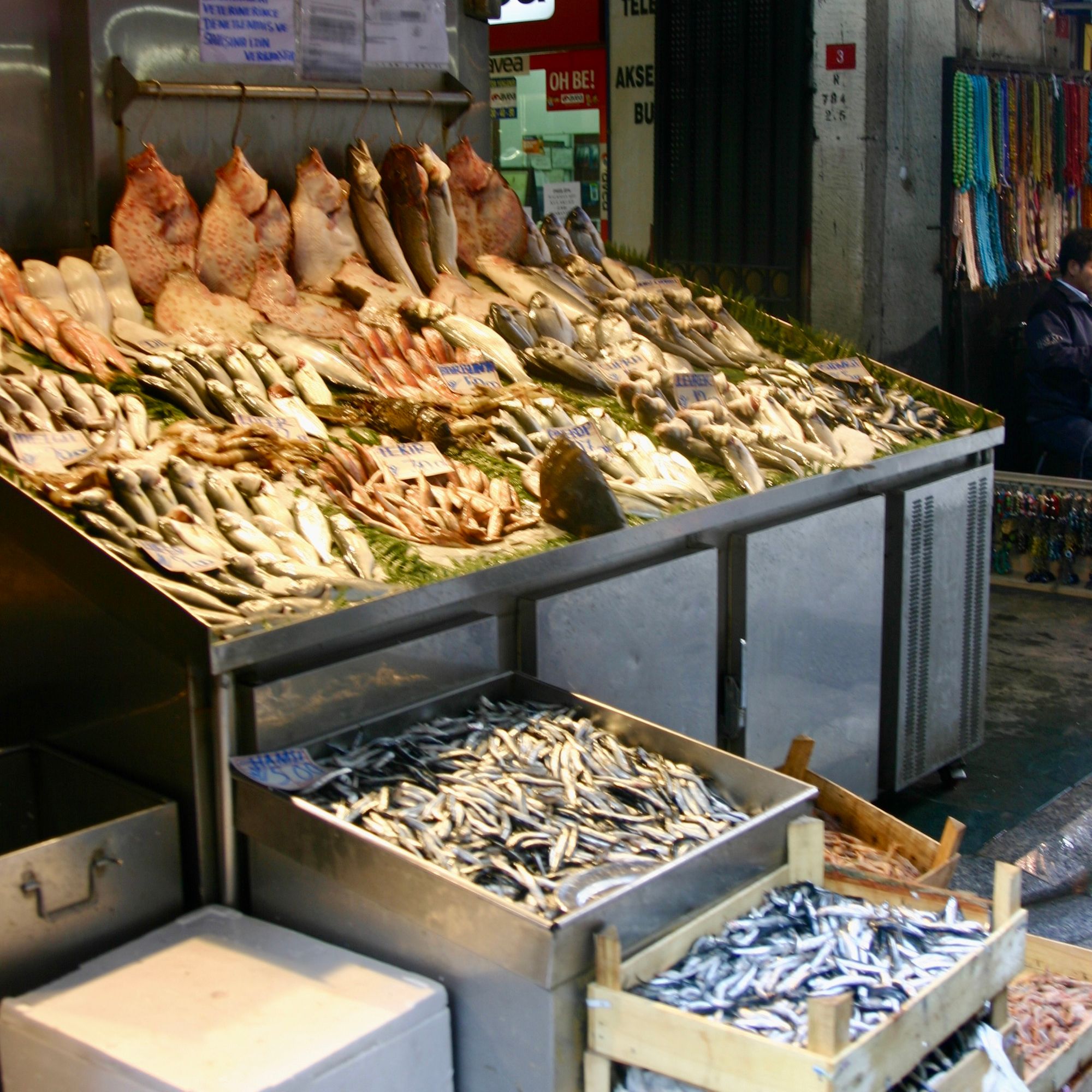
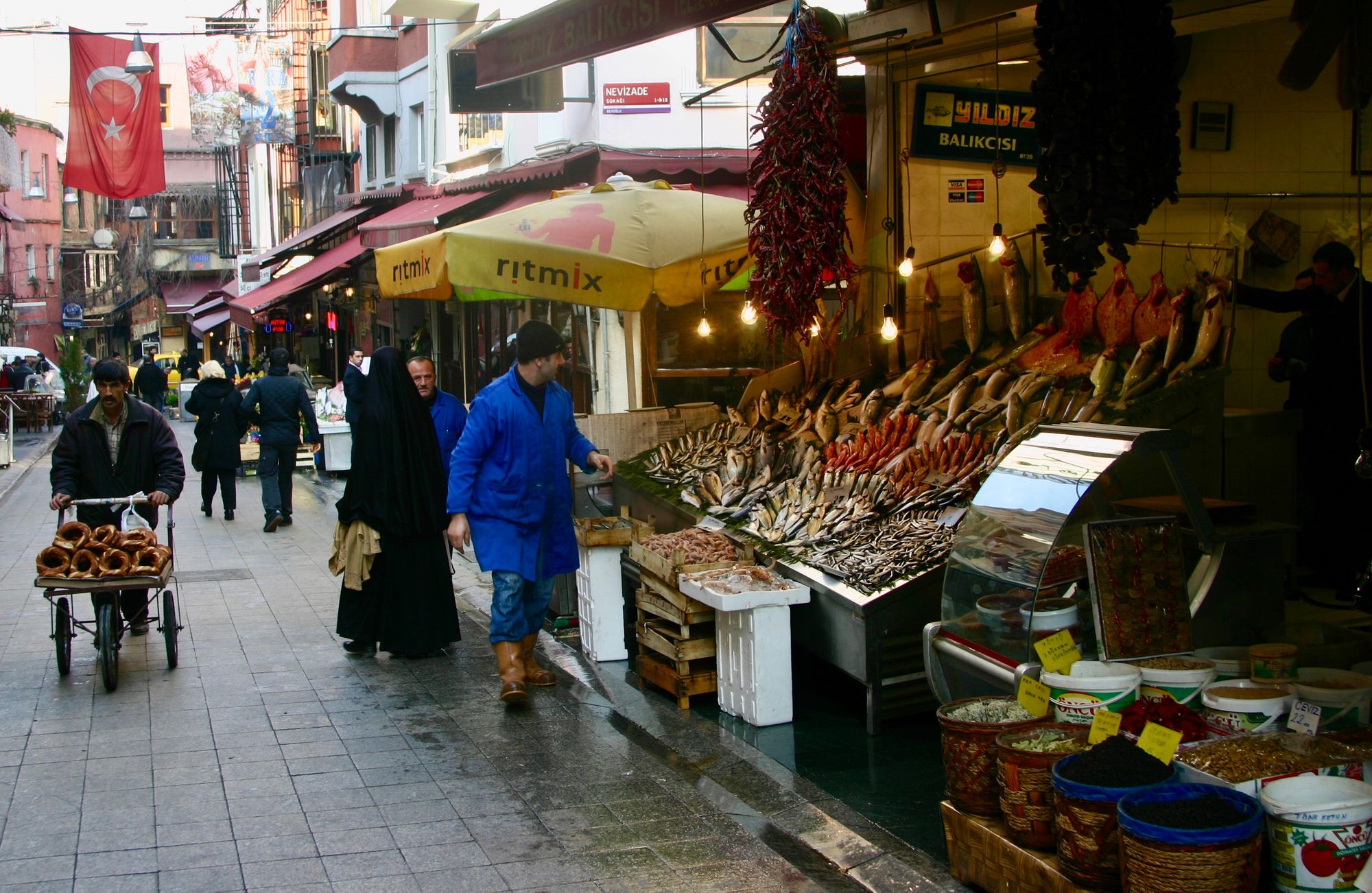

Balik Pazari market and restaurant
New York's Metropolitan Museum of Art
In a twist, the "courtyard" in the Metropolitan Museum of Art actually brings the outside in with an indoor space that looks like a classic Greek square, used for special events and socializing. Playing with the boundary between outdoors and indoors makes a place more interesting and memorable.
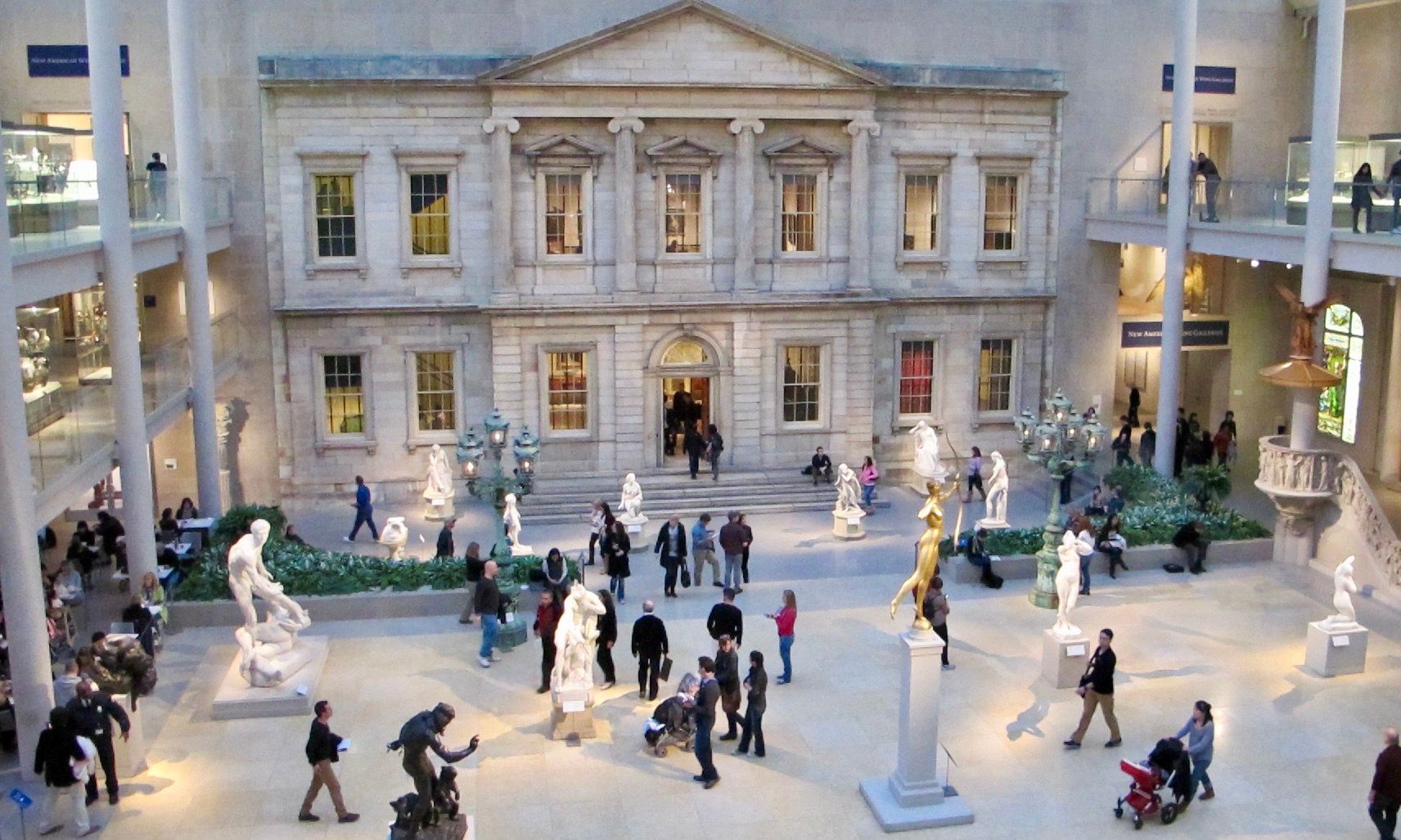
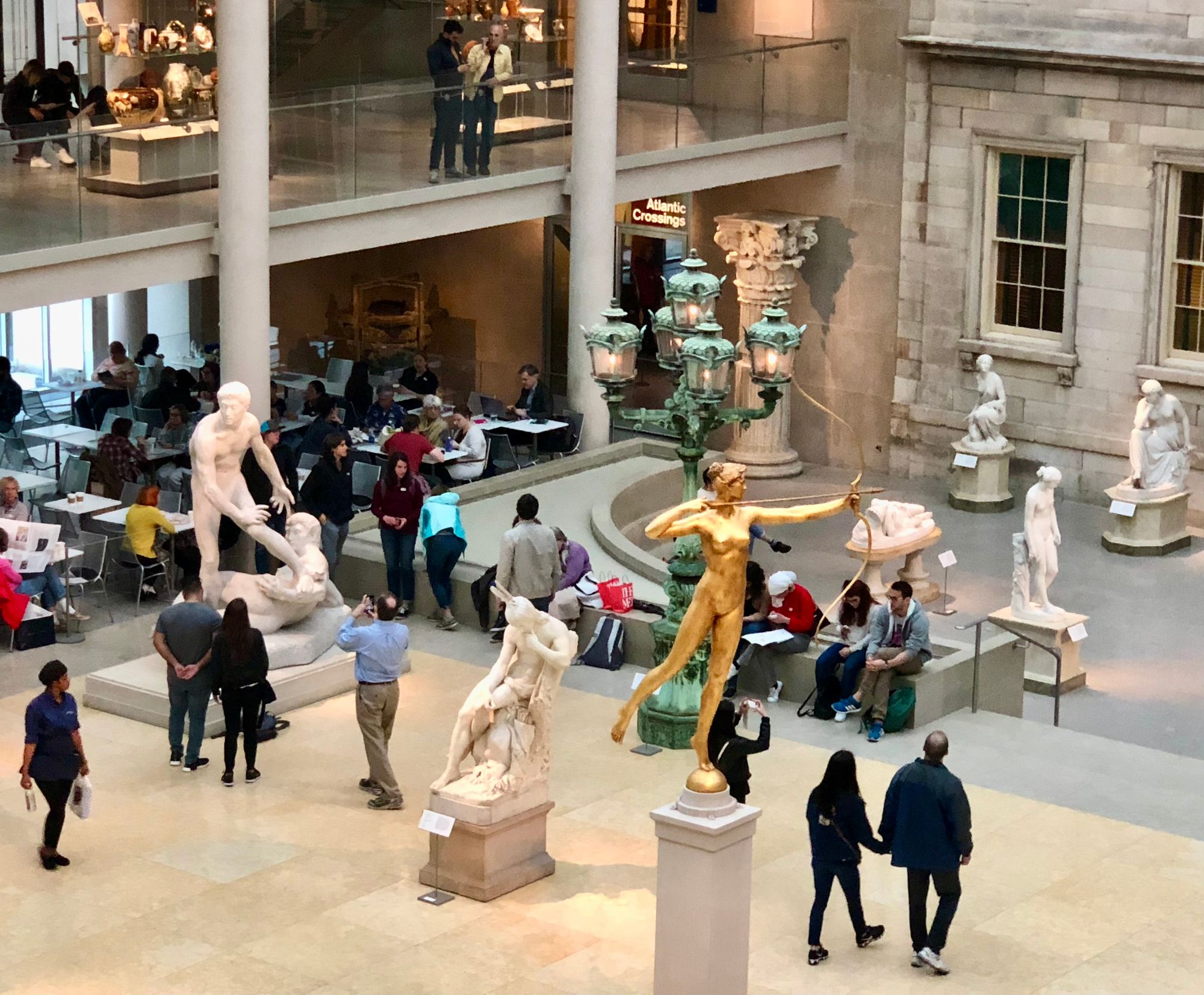
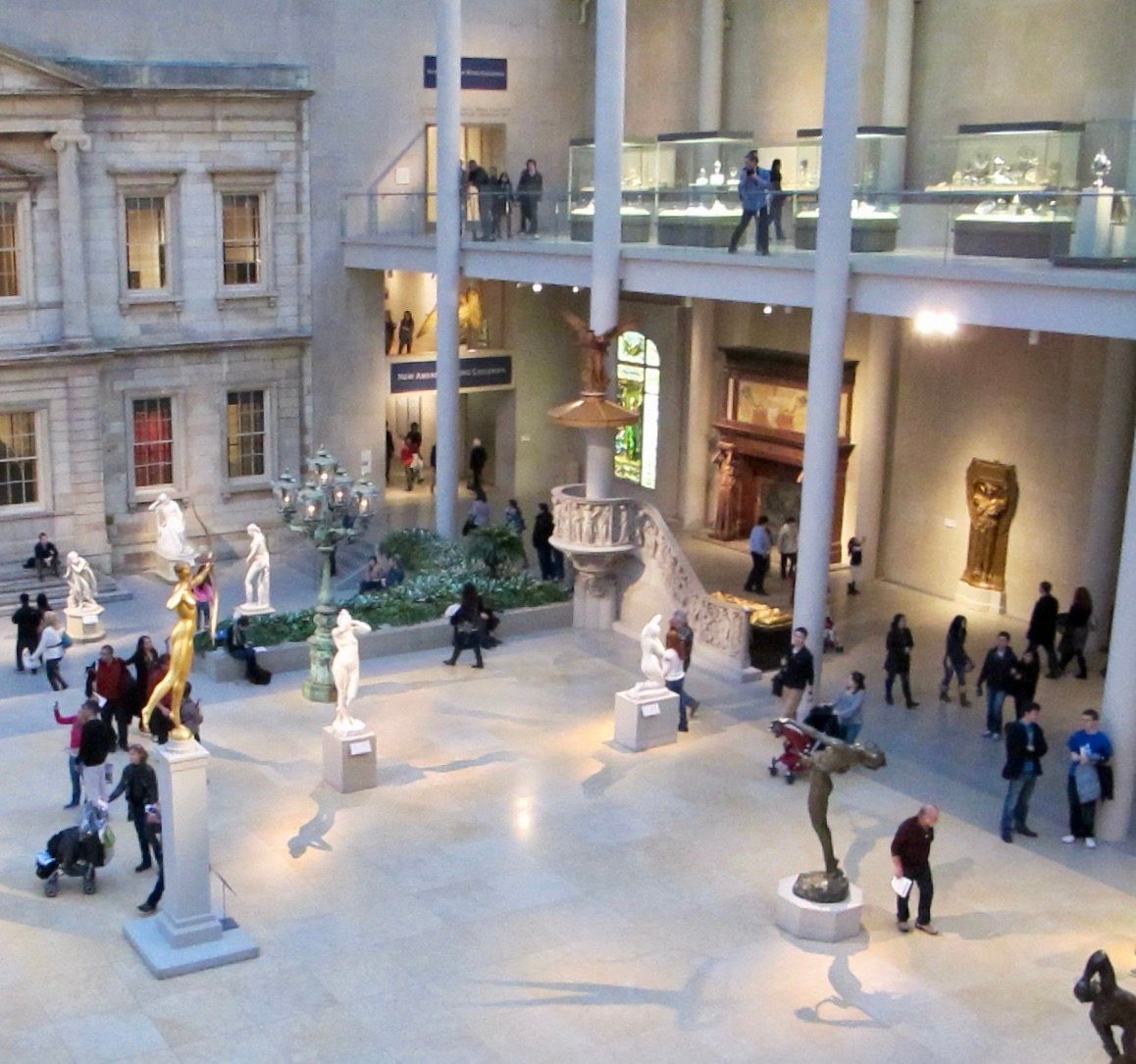
Other Public Destinations With "Porches"
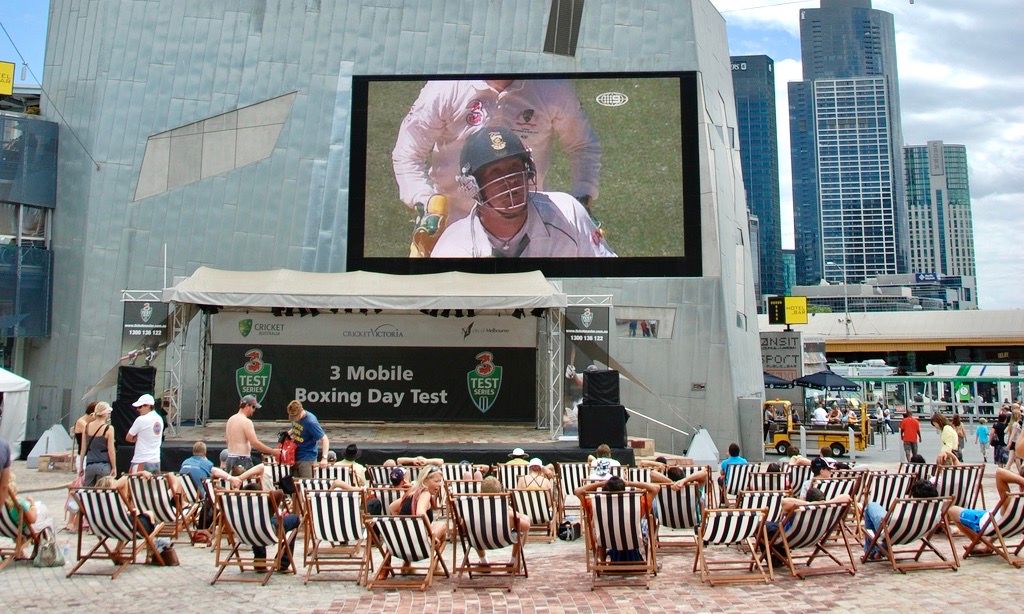
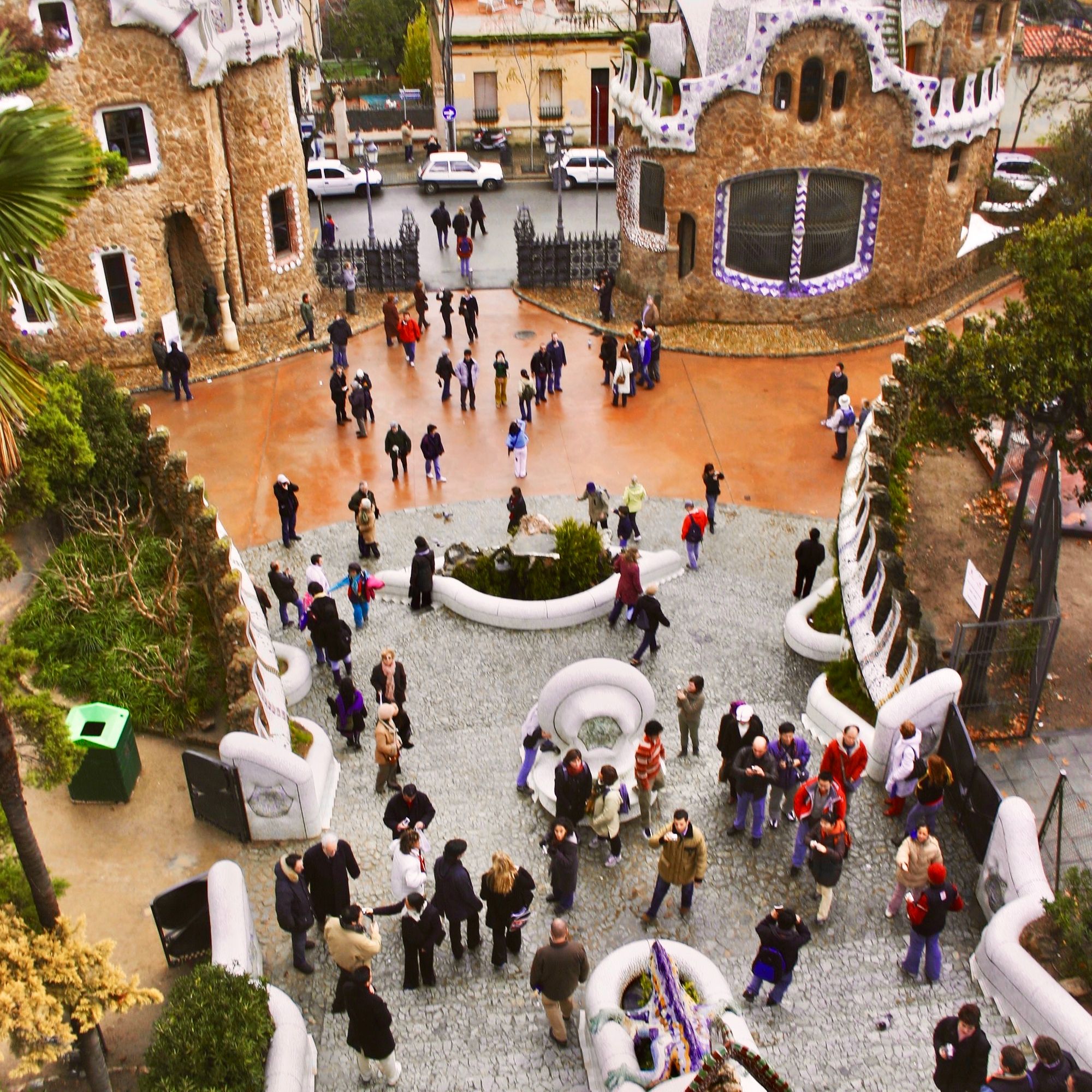
Social spaces that bring the indoors out in Melbourne and Barcelona
Main Street Porches
Many of the best main streets have "porches," furnished with outside seating, external displays of goods, engaging storefronts, and activities that showcase what's going on inside the buildings.
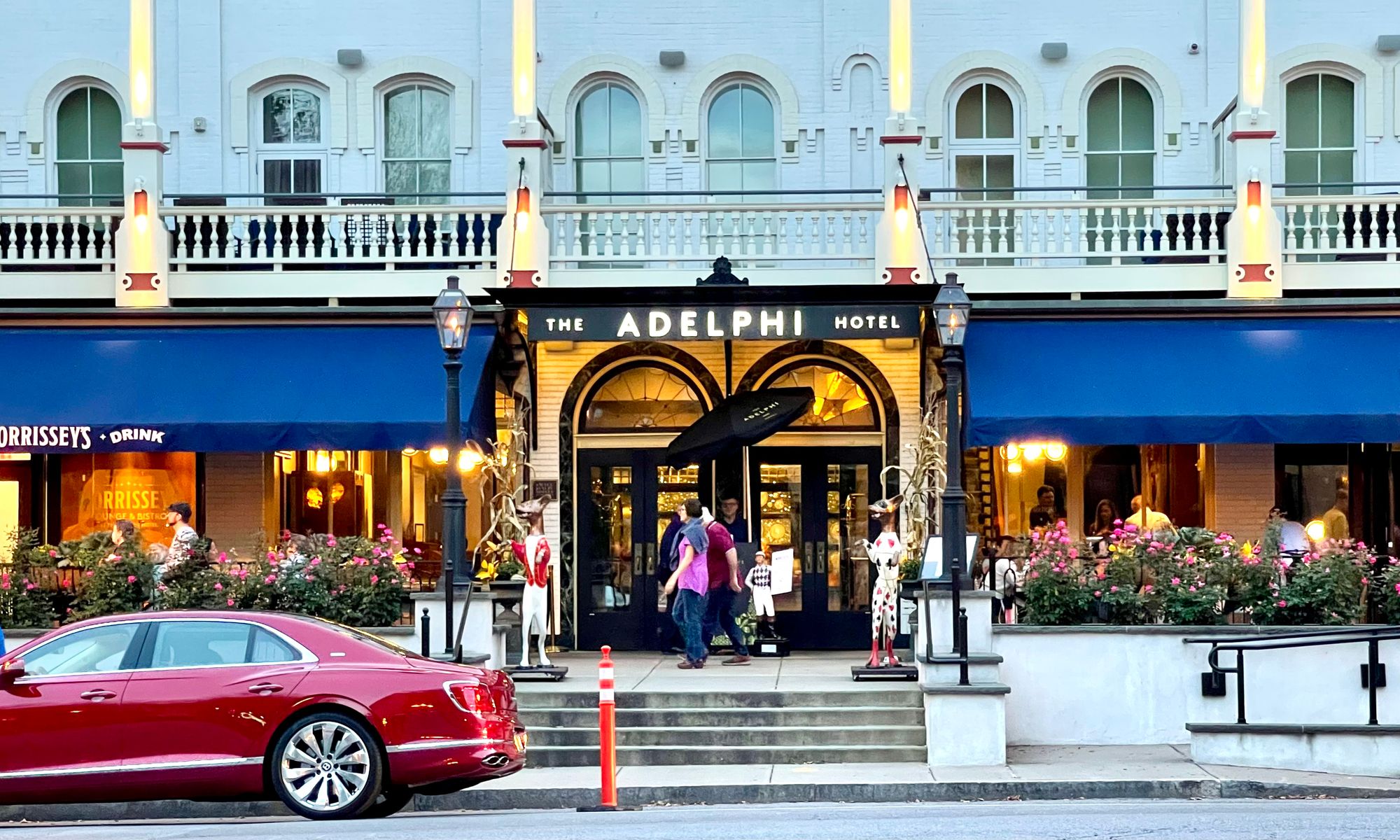
The Adelphi Hotel in Saratoga Springs has a porch/plaza as a key part of the entrance which has been instrumental to making it the iconic place that it is. The Saratoga Springs main street is also a great example of pulling the inside out onto the sidewalk to create vibrant spaces.
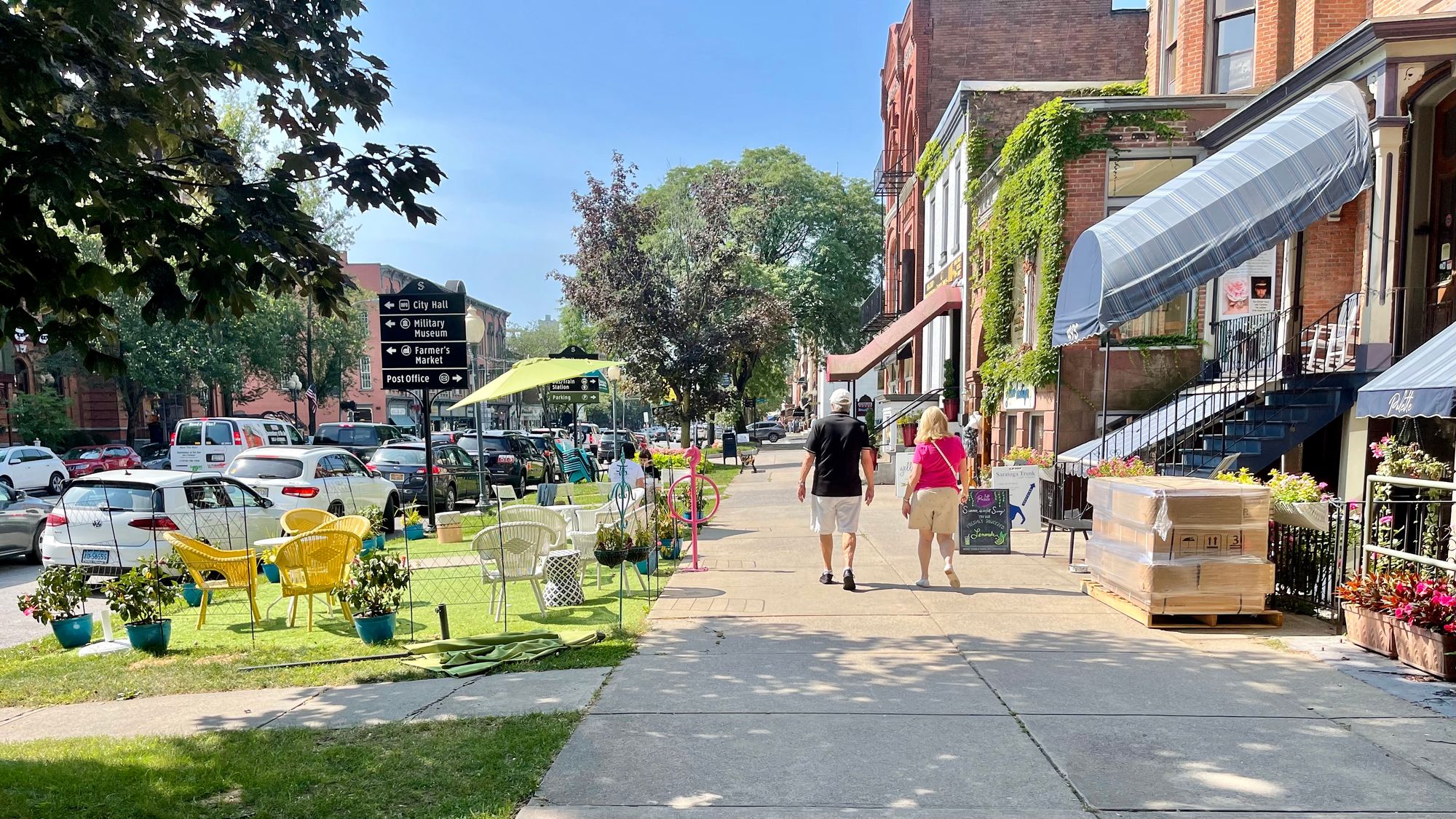
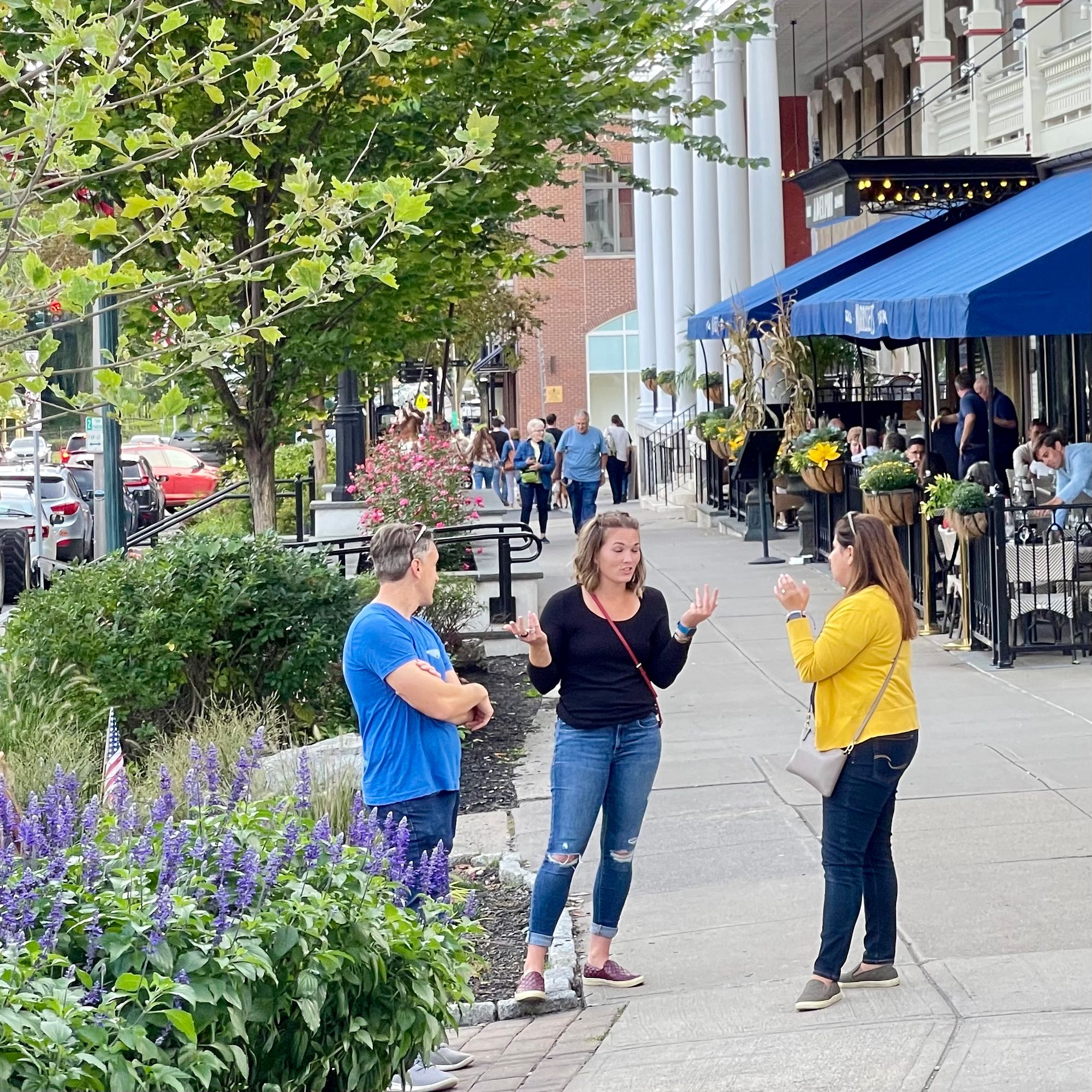
This street is so full of life with all kinds of extensions from porches to small plazas.
Other Main Street "Porches"
Brooklyn
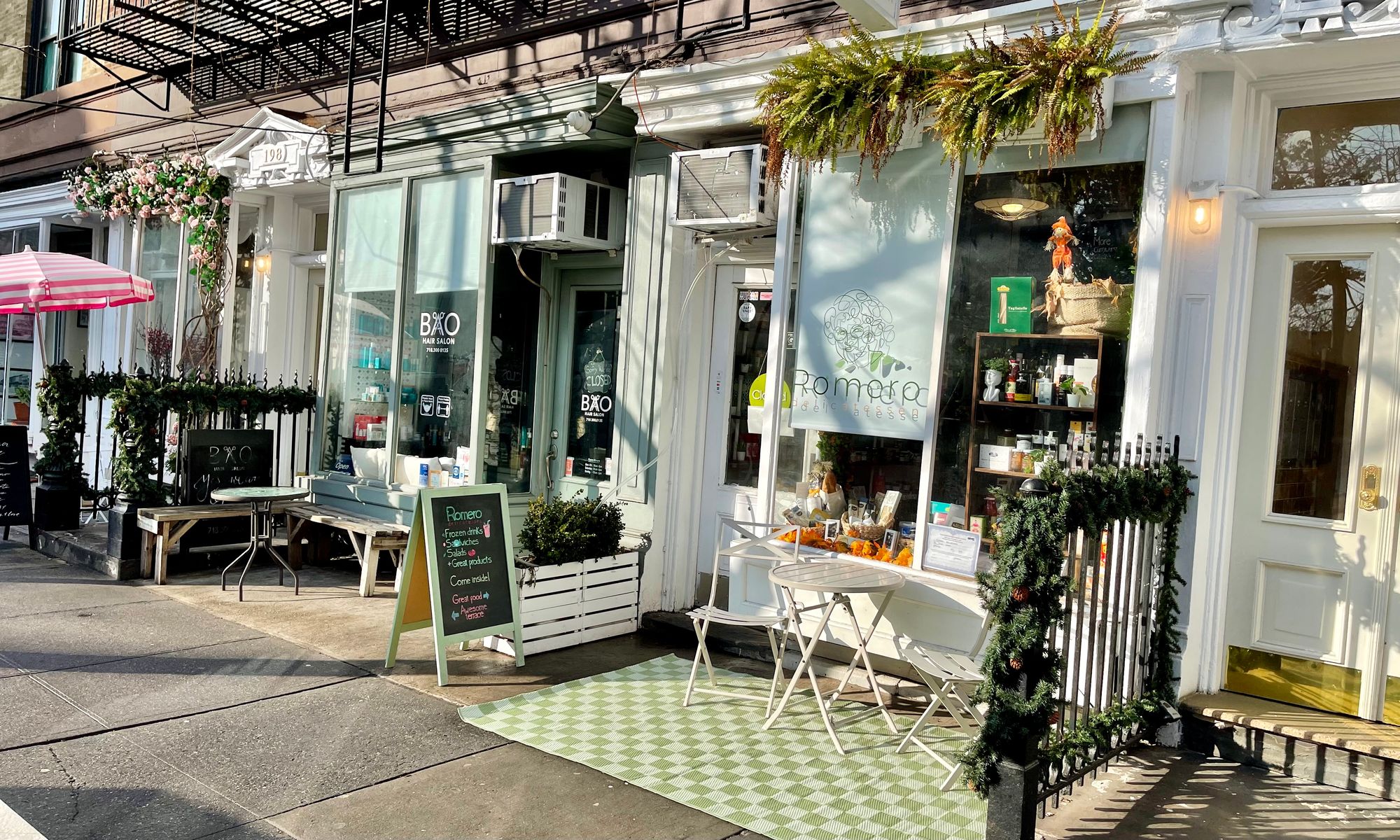
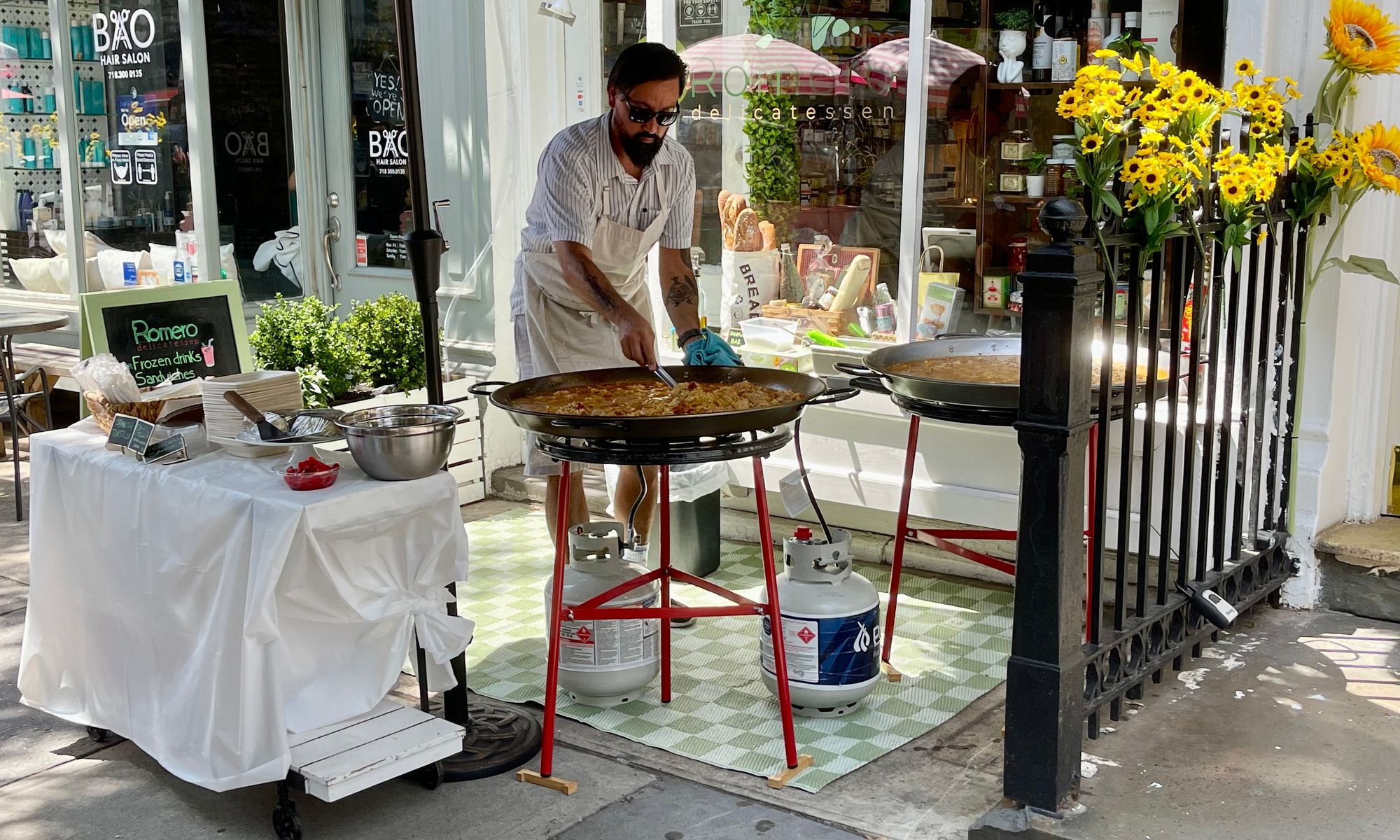
Engaging, porch-like storefronts on Court Street, Brooklyn, NY.
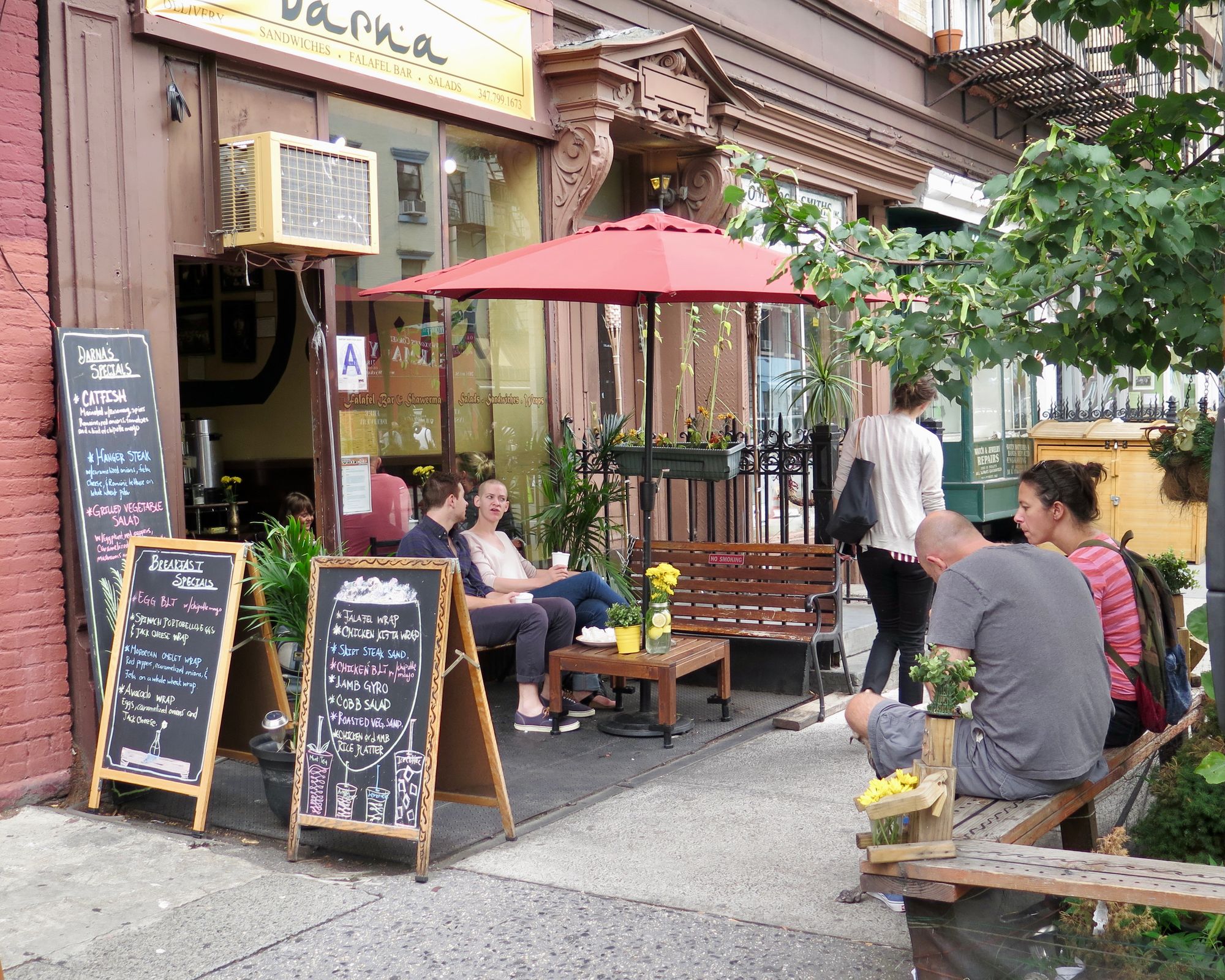
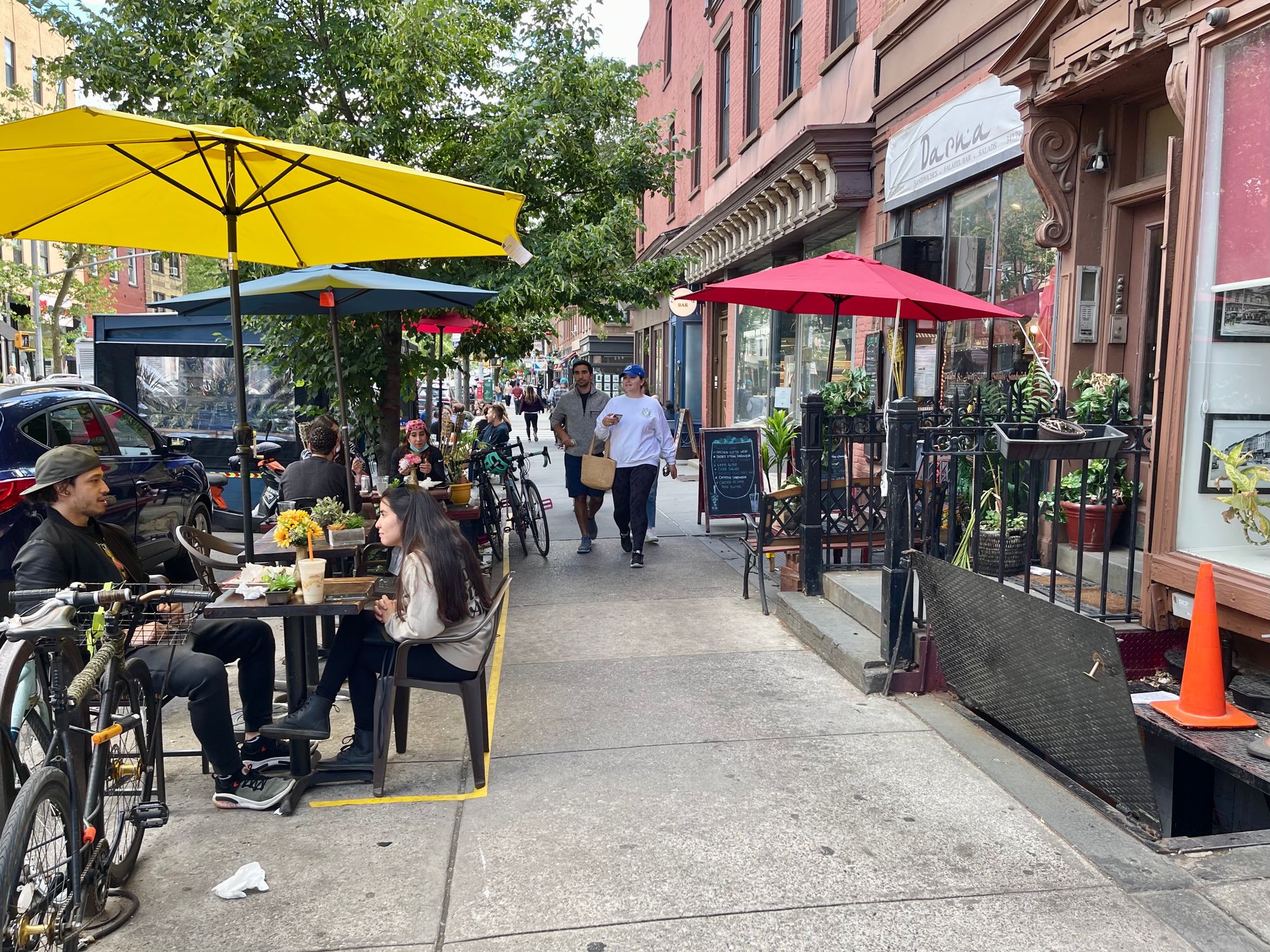
Paris
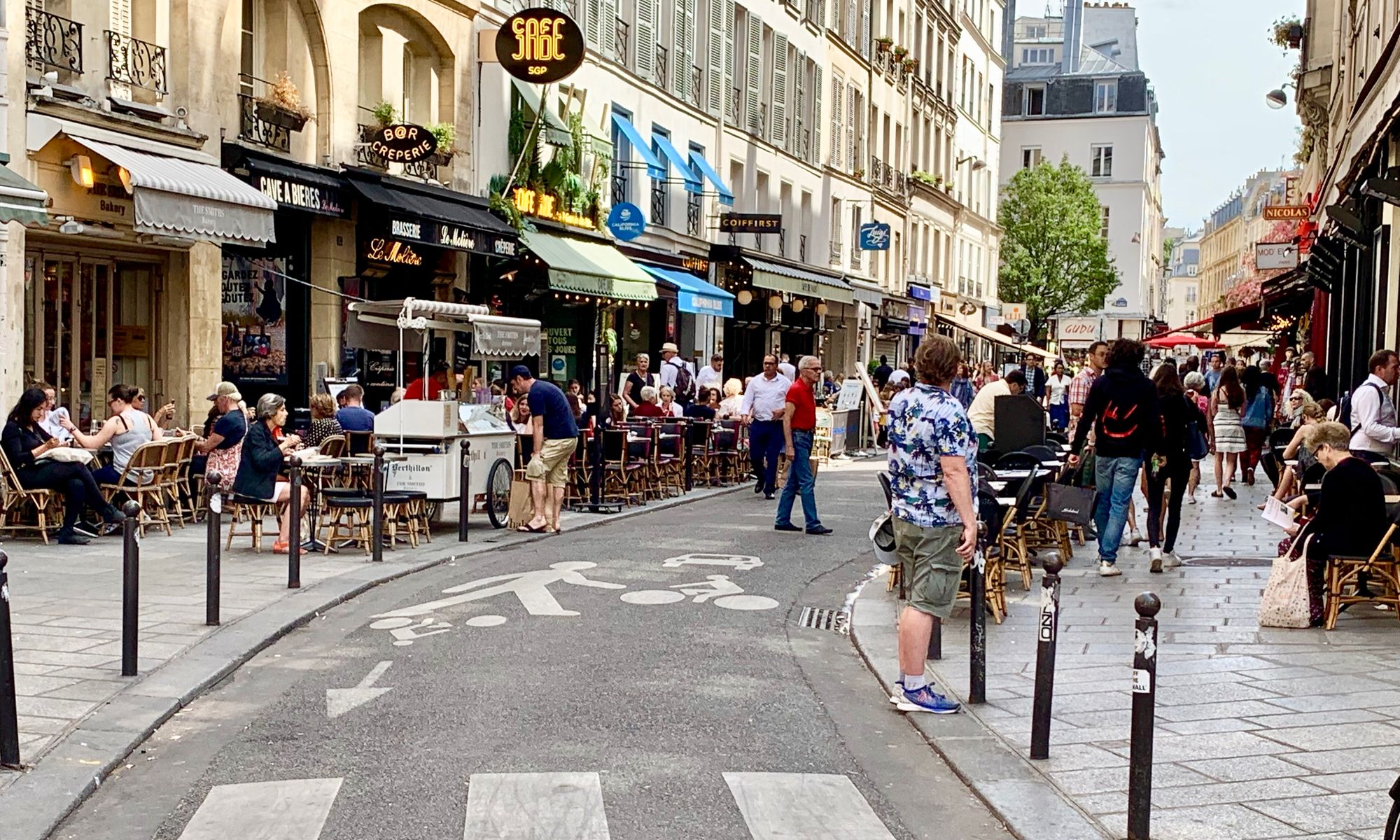
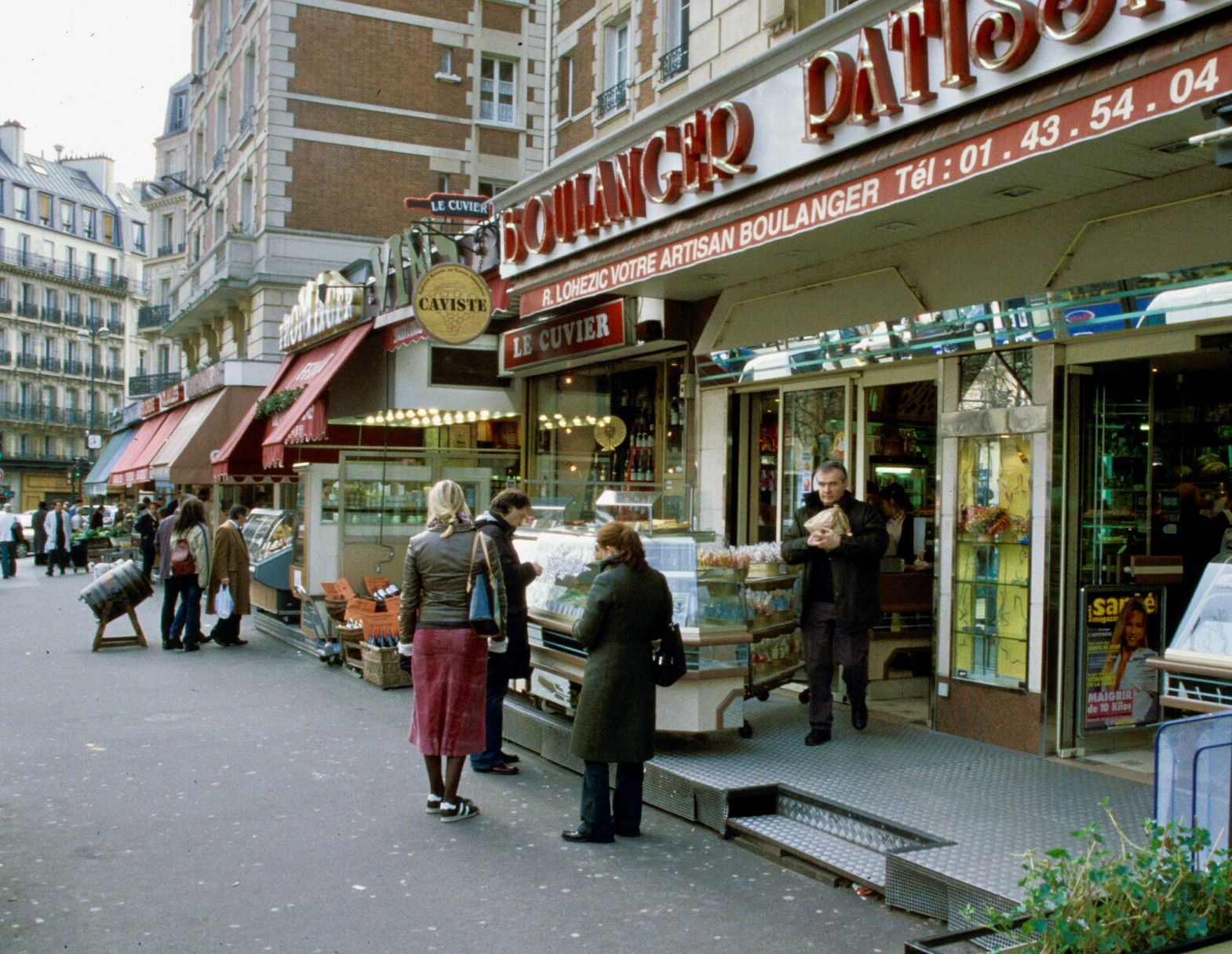
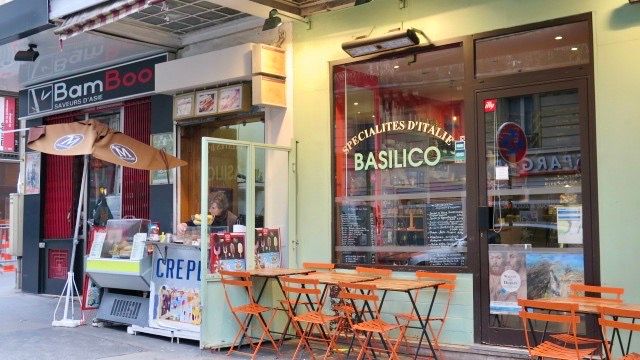
Porches and seating areas reaching out of dining establishments. (Paris, Plac Maubert)
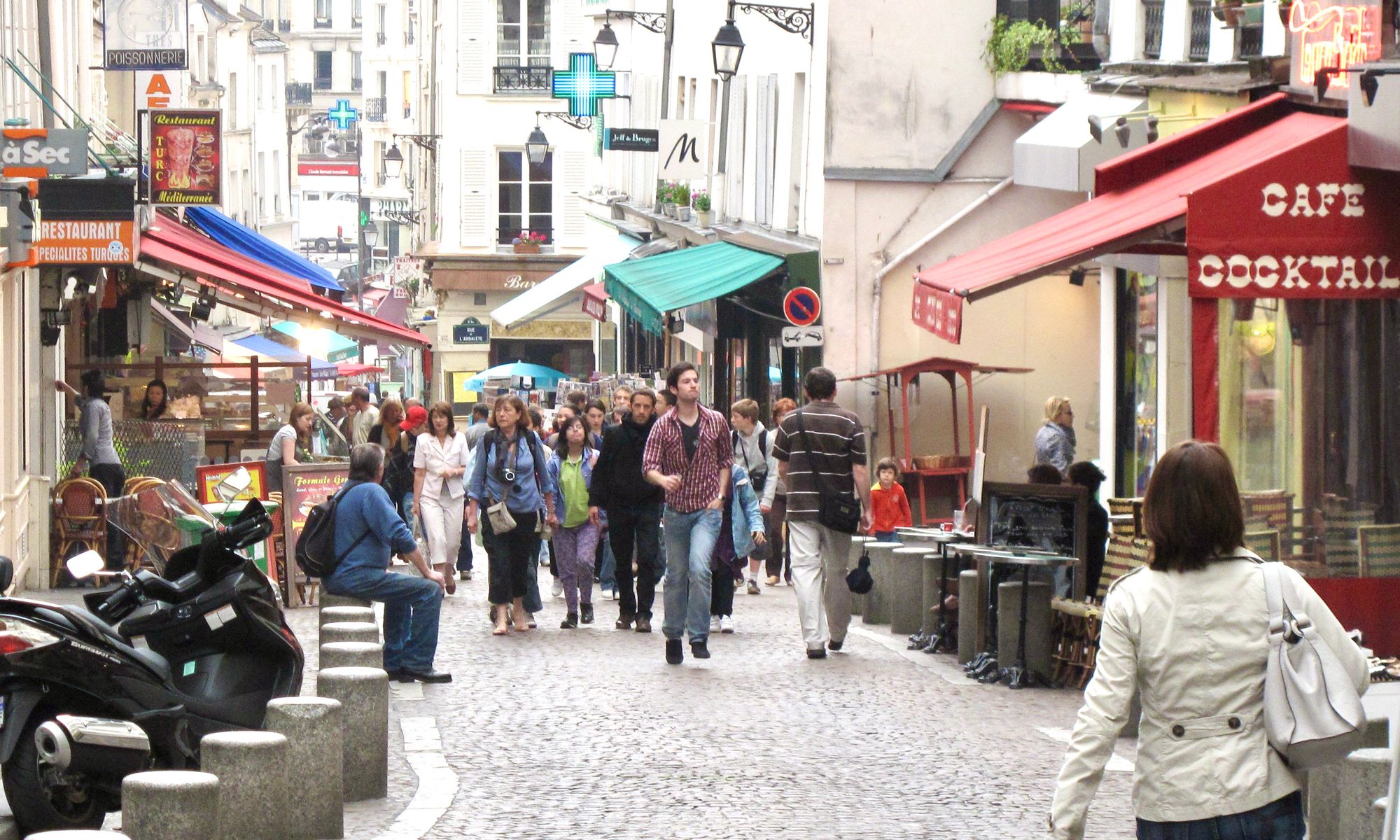
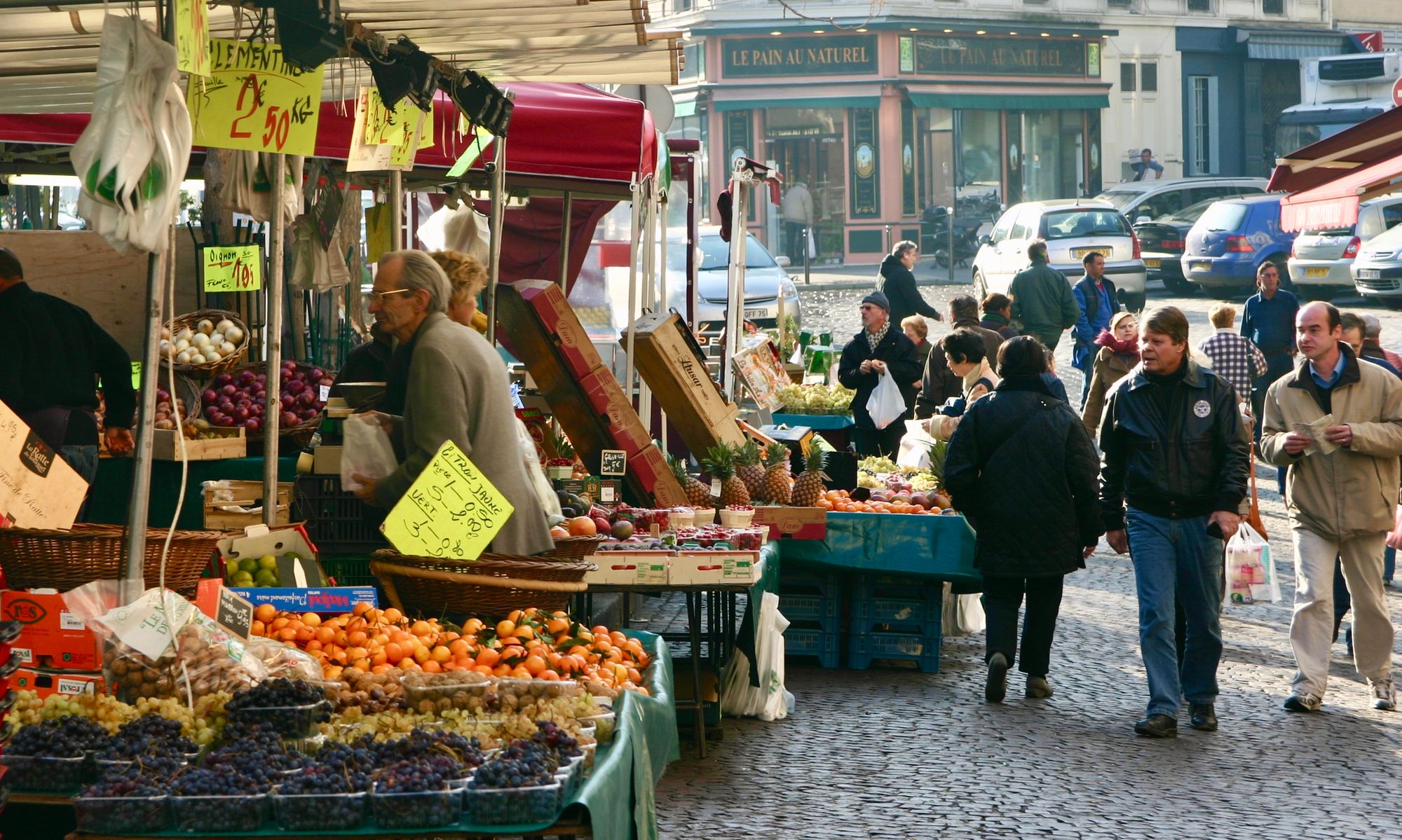
The Residential Porch
"Of porches there are two sorts: the decorative and the useful, the porch that is only a platform and the porch you can lie around on in your pajamas and read the Sunday Paper" – Garrison Keillor
The residential porch communicates that a house is home to friendly people who want to connect with their community. In this way, although porches are often an extension of one's private home, they can also be a great benefit to the neighborhood.
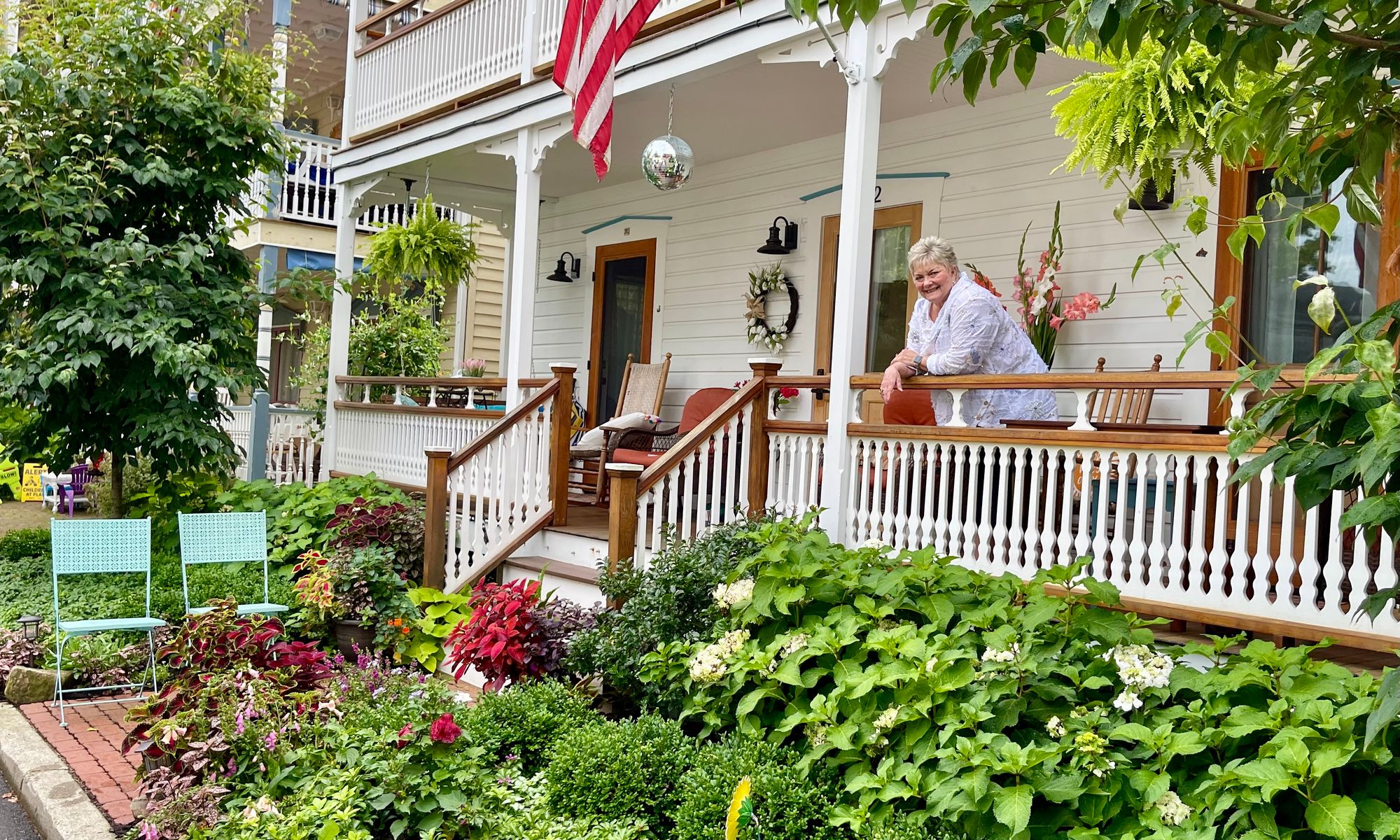
Chautauqua, NY is full of incredible porches. Many of them are right up against the street, allowing for seamless interaction between the private and public realms. The porch lined streets are some of the loveliest places to walk along. Homes here are intertwined with community life.
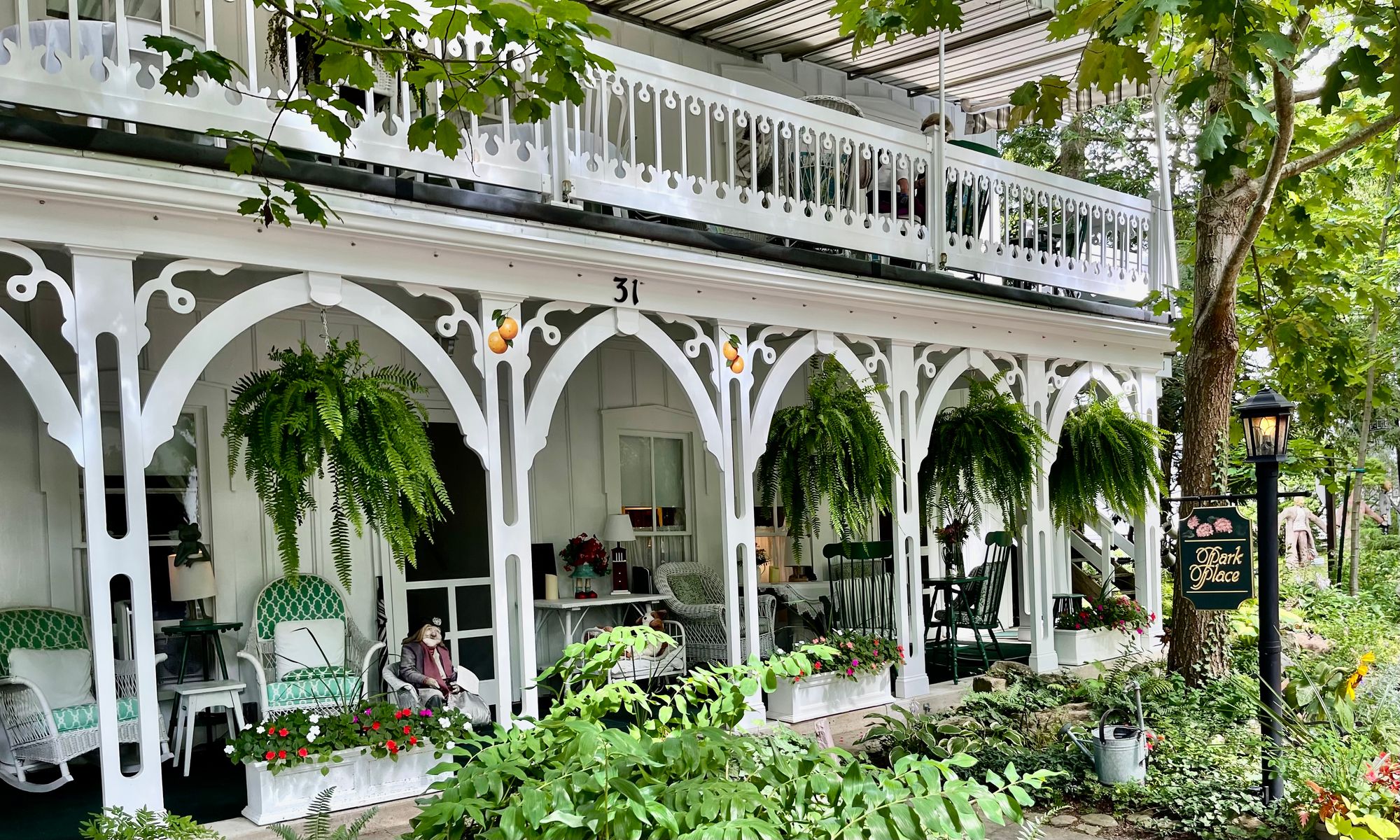
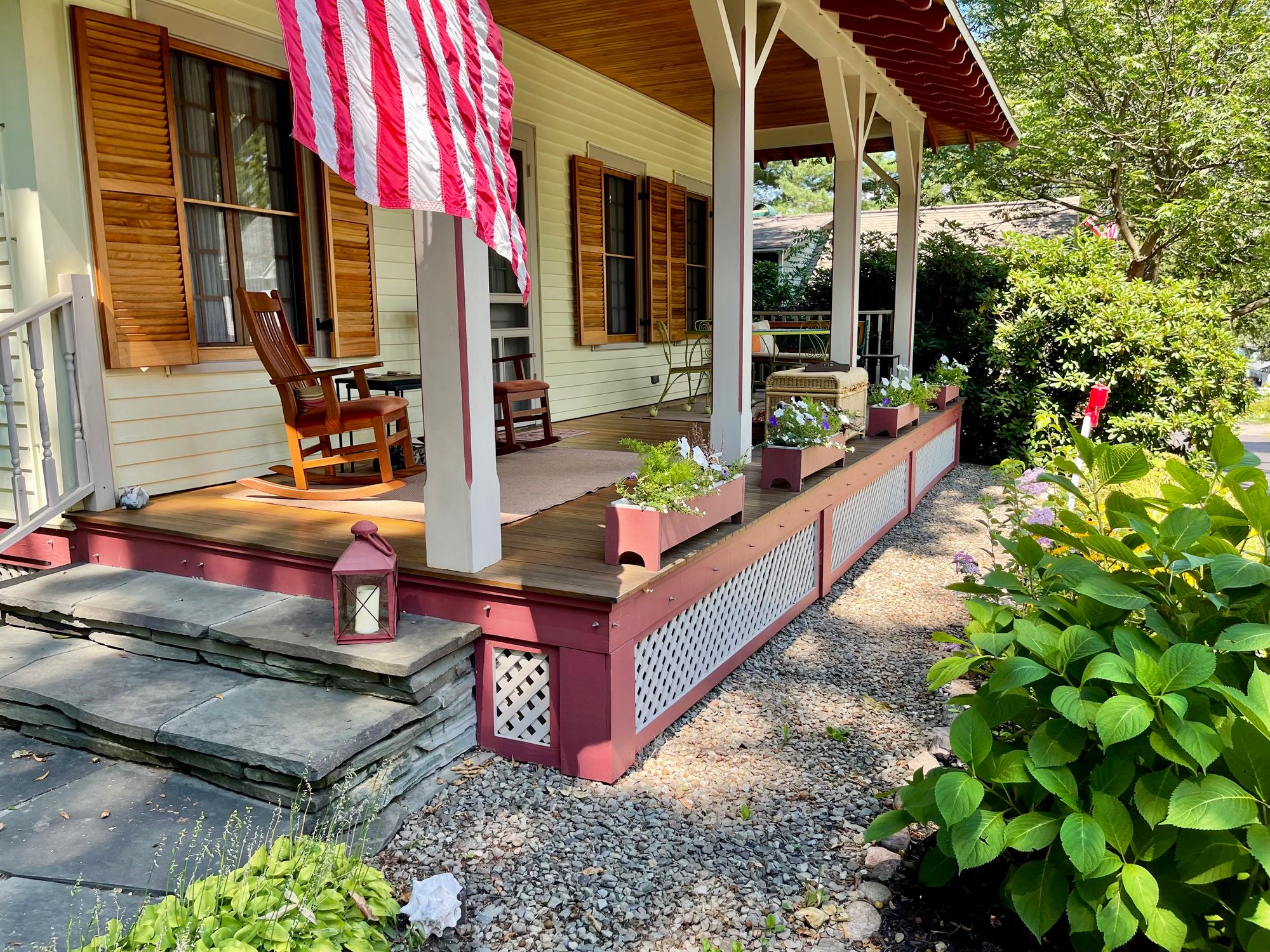
Chautauqua
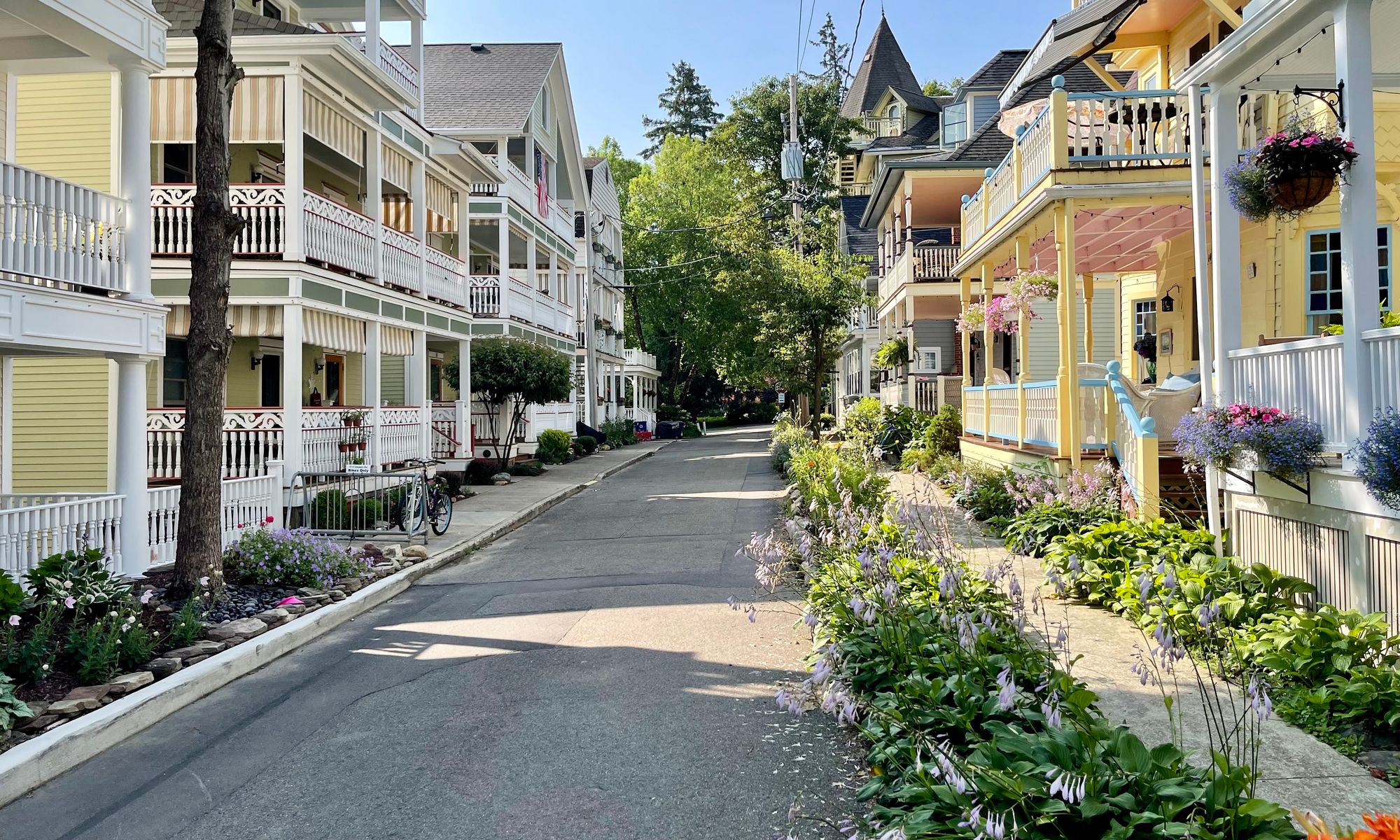
Chautauqua
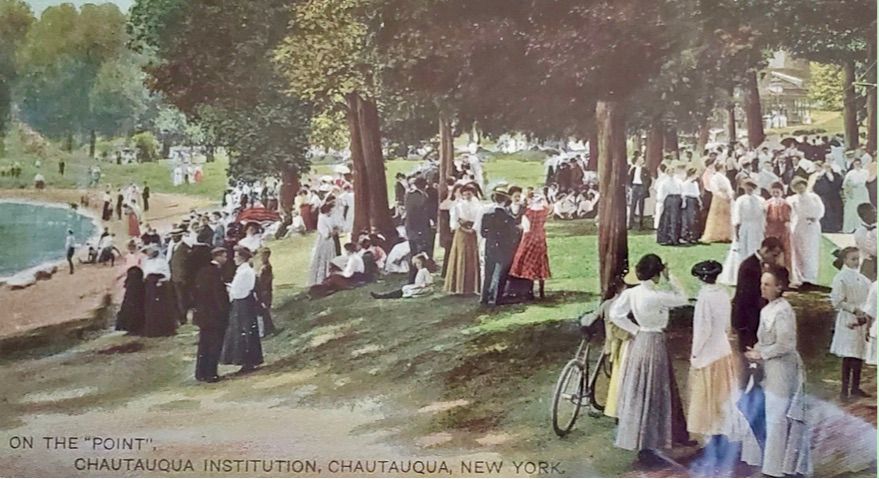
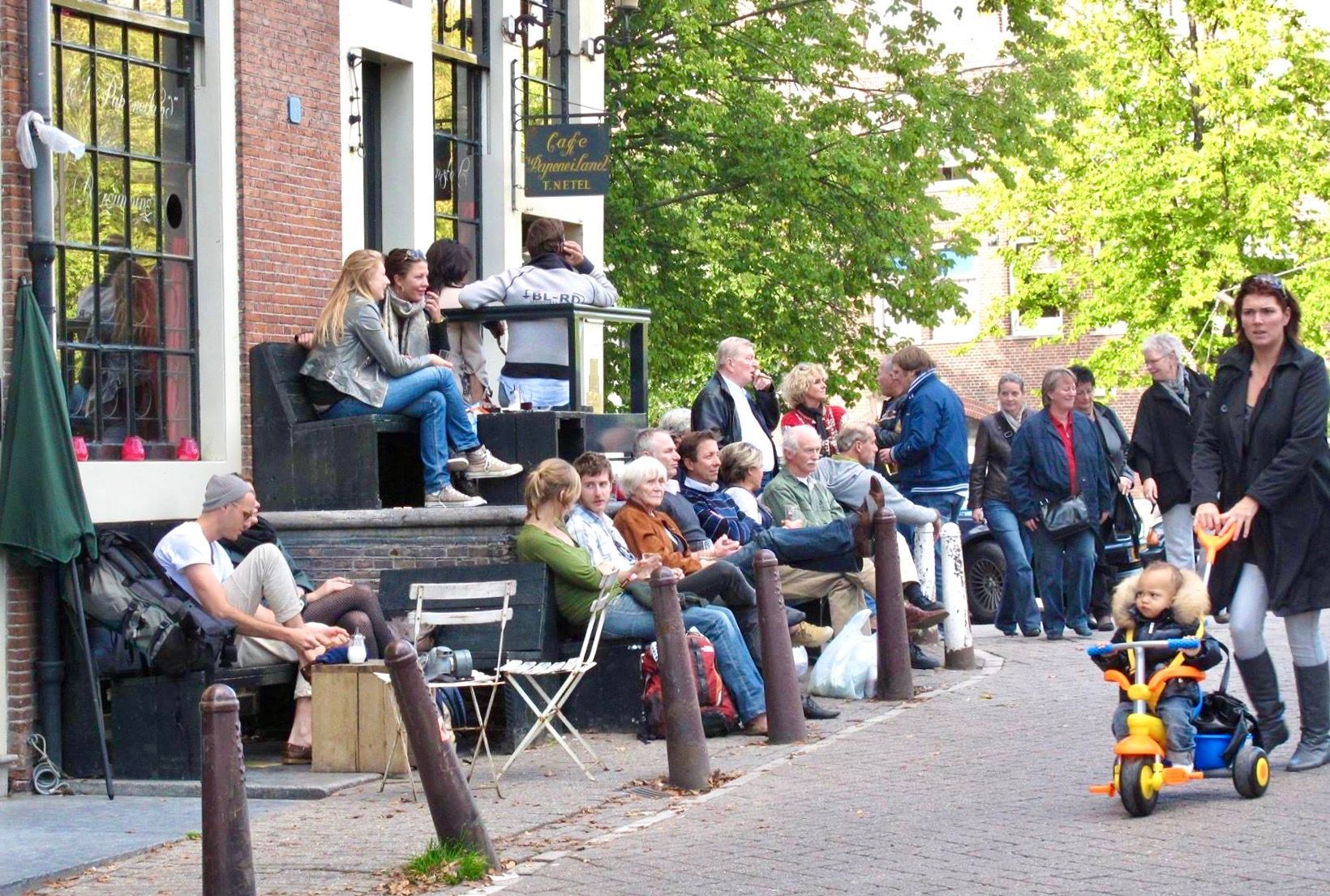

City "Porches"
We consider the outdoor areas of businesses like restaurants and cafés as well as the grounds of civic and cultural buildings "porches" too. These are intermediate areas that invite people to connect with what otherwise happens behind closed doors. These city porches are crucial for social activity, community engagement, and commercial success.
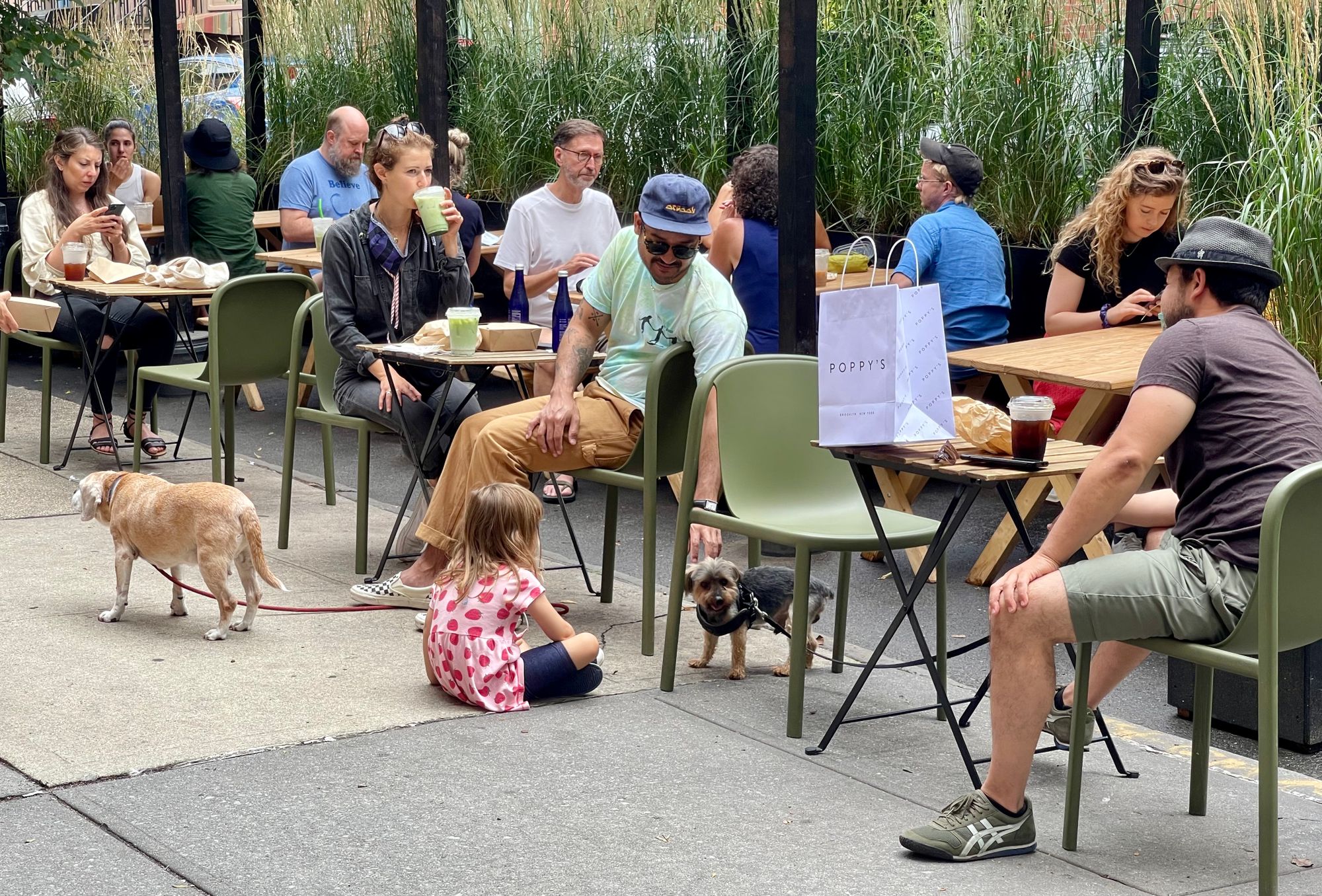

Paris - Hotel de Ville
Public buildings like the Hotel de Ville (City Hall) in Paris use their courtyards and front lawns, their "porches," as a way of attracting public life. In one instance, sand was trucked in front of the Hotel de Ville to create volleyball courts, publicizing the city's annual summer pop-up beach "Paris Plage" on the riverfront.
At other times they have added an ice skating rink, a court for wheelchair basketball, and a variety of other interactive installations that add value to the public space.
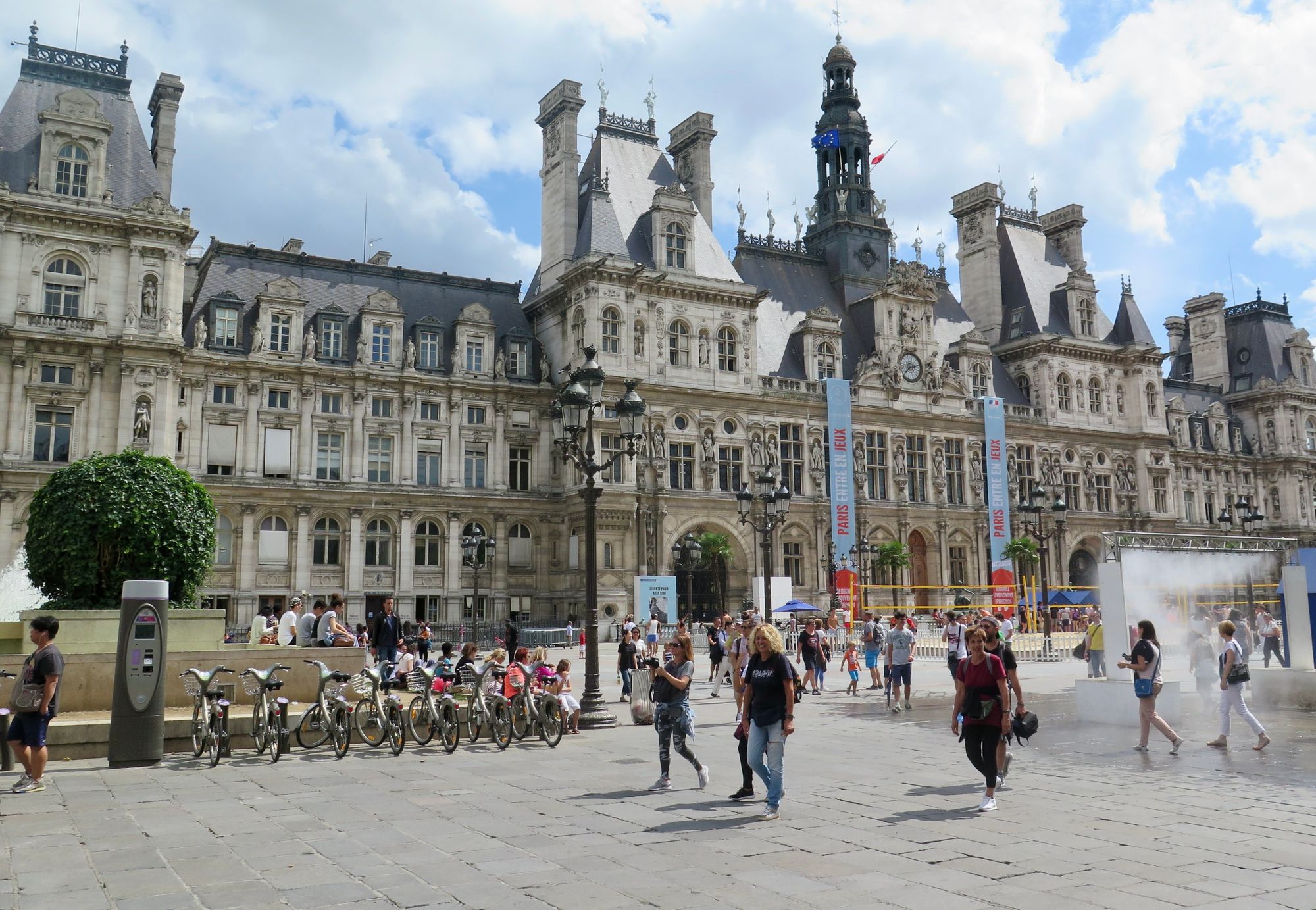
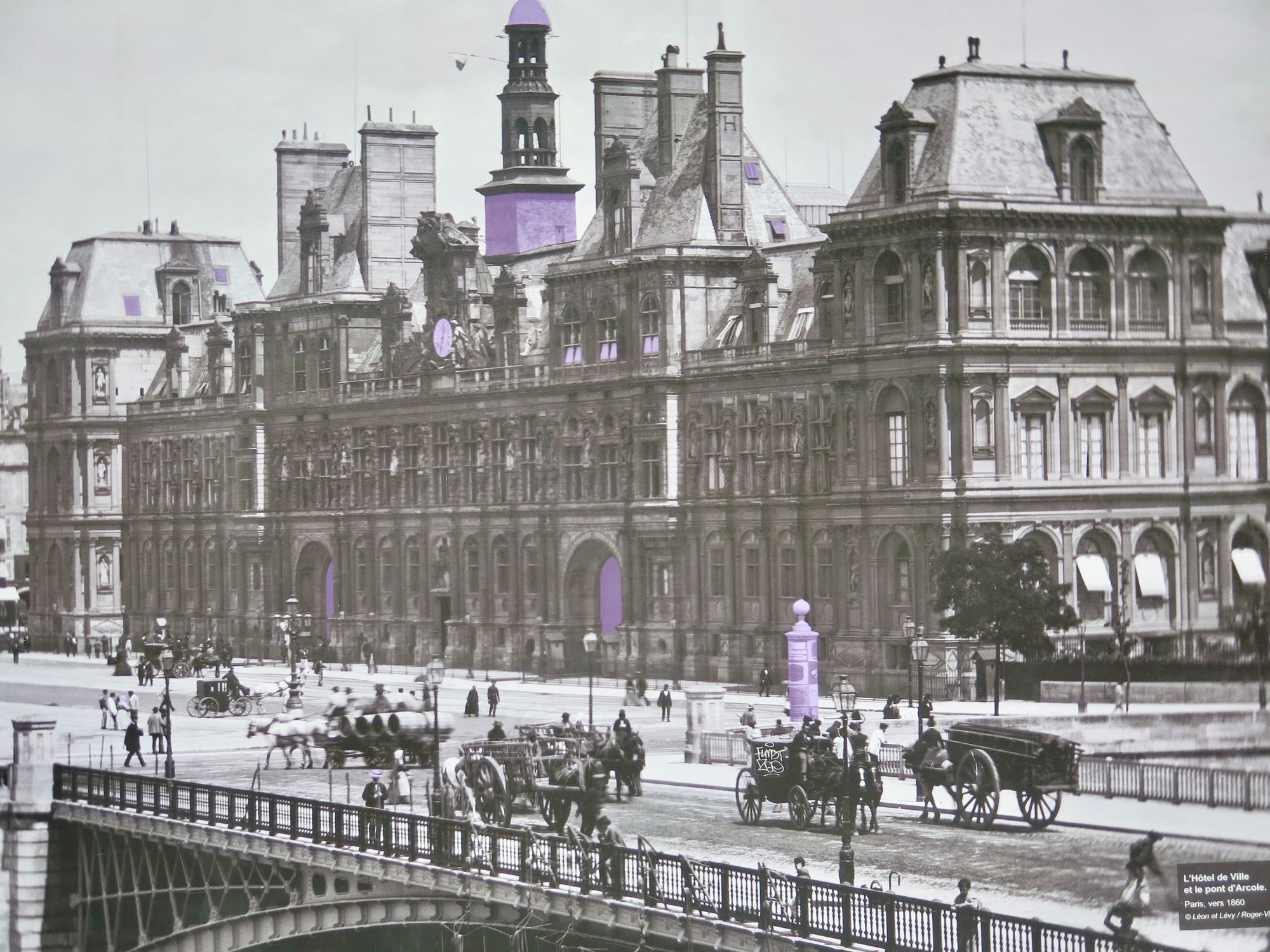
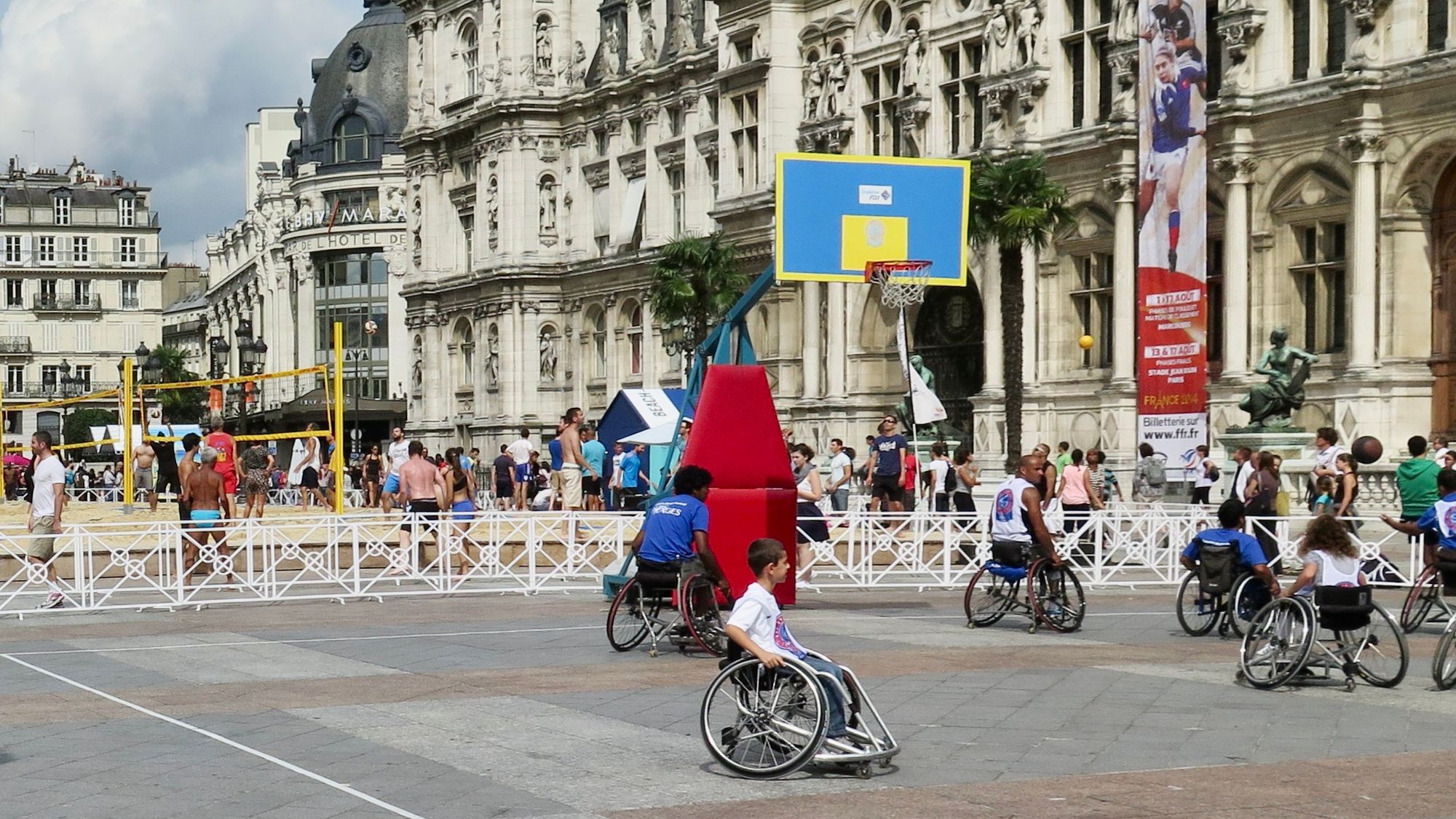
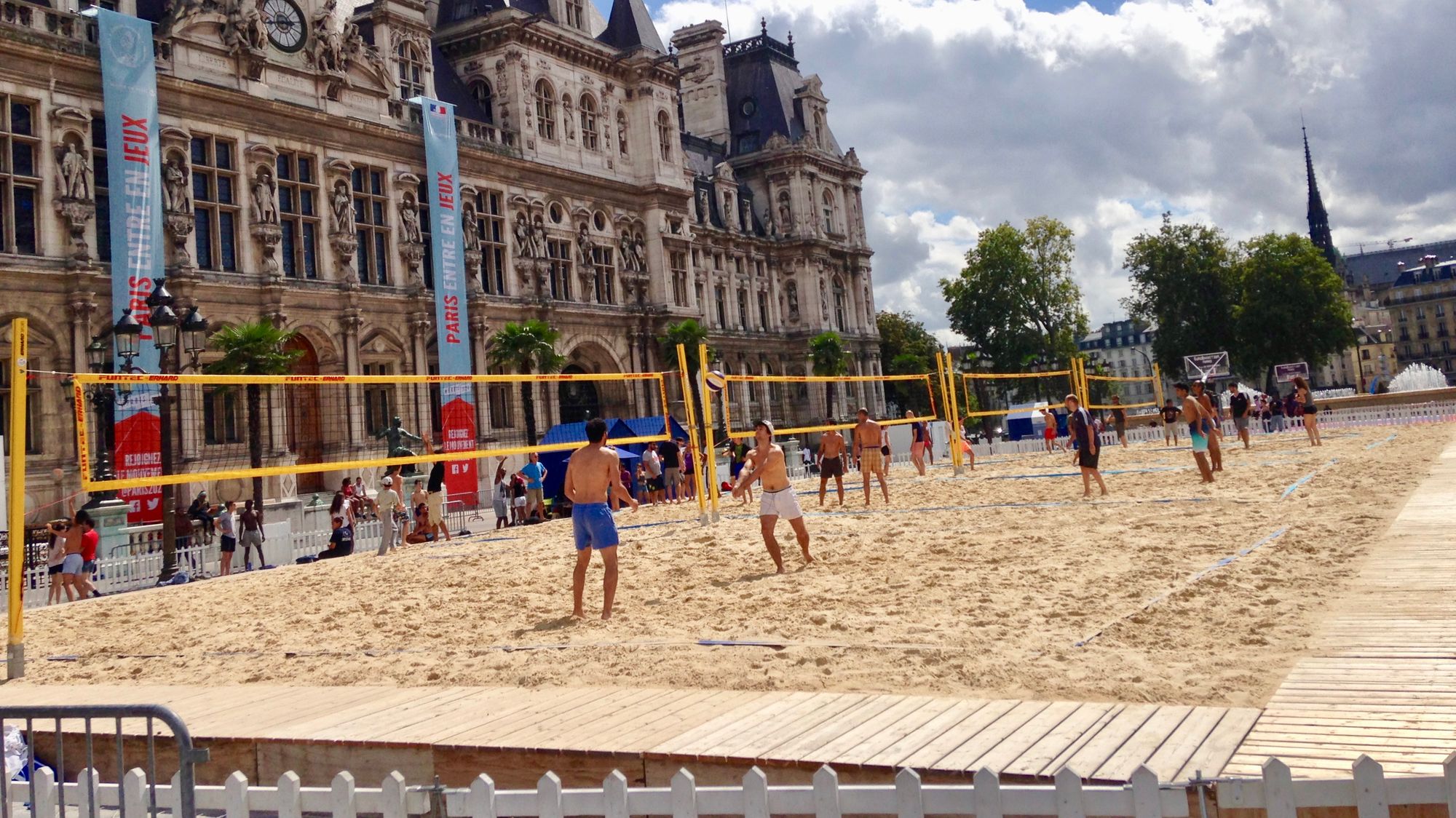
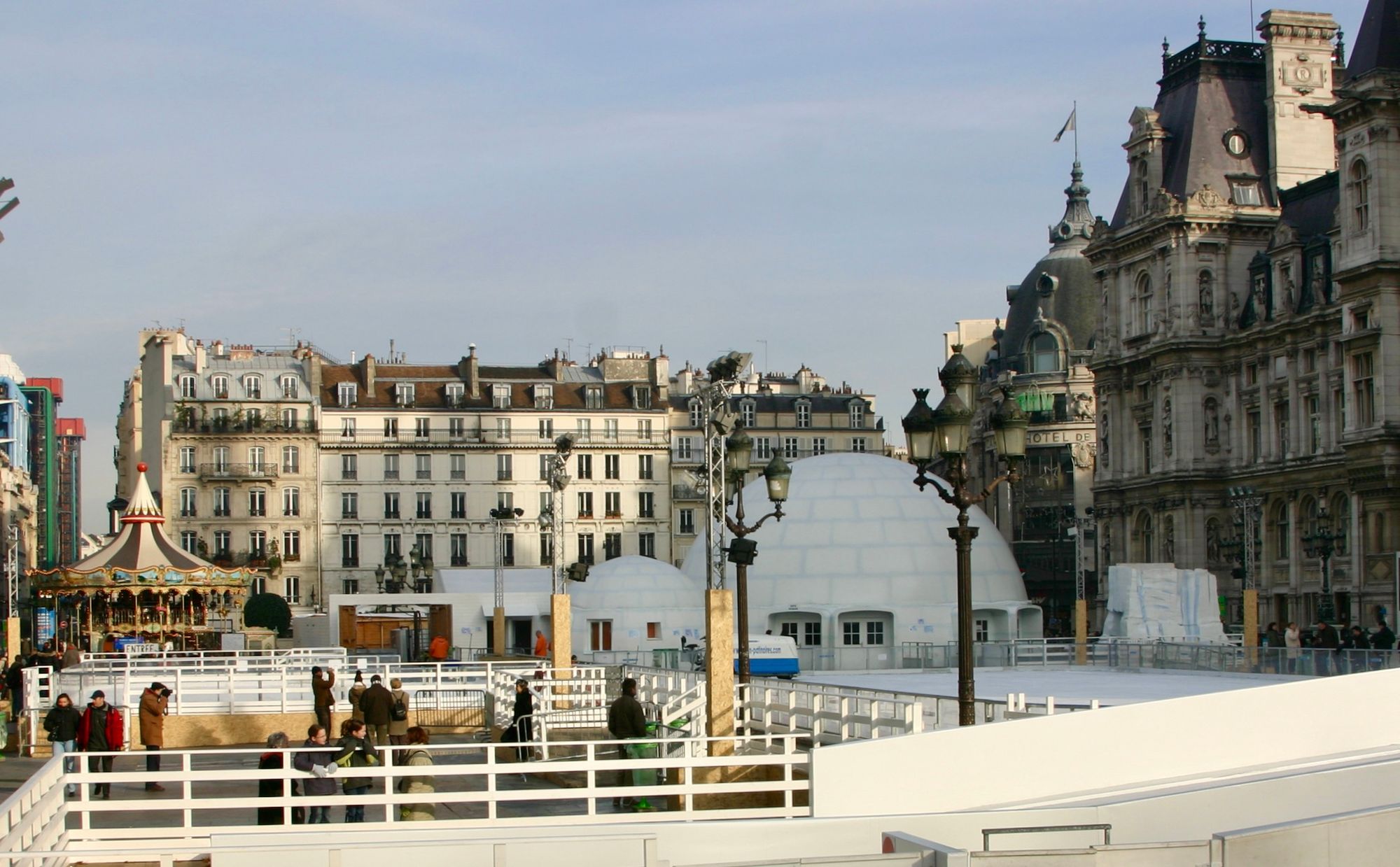
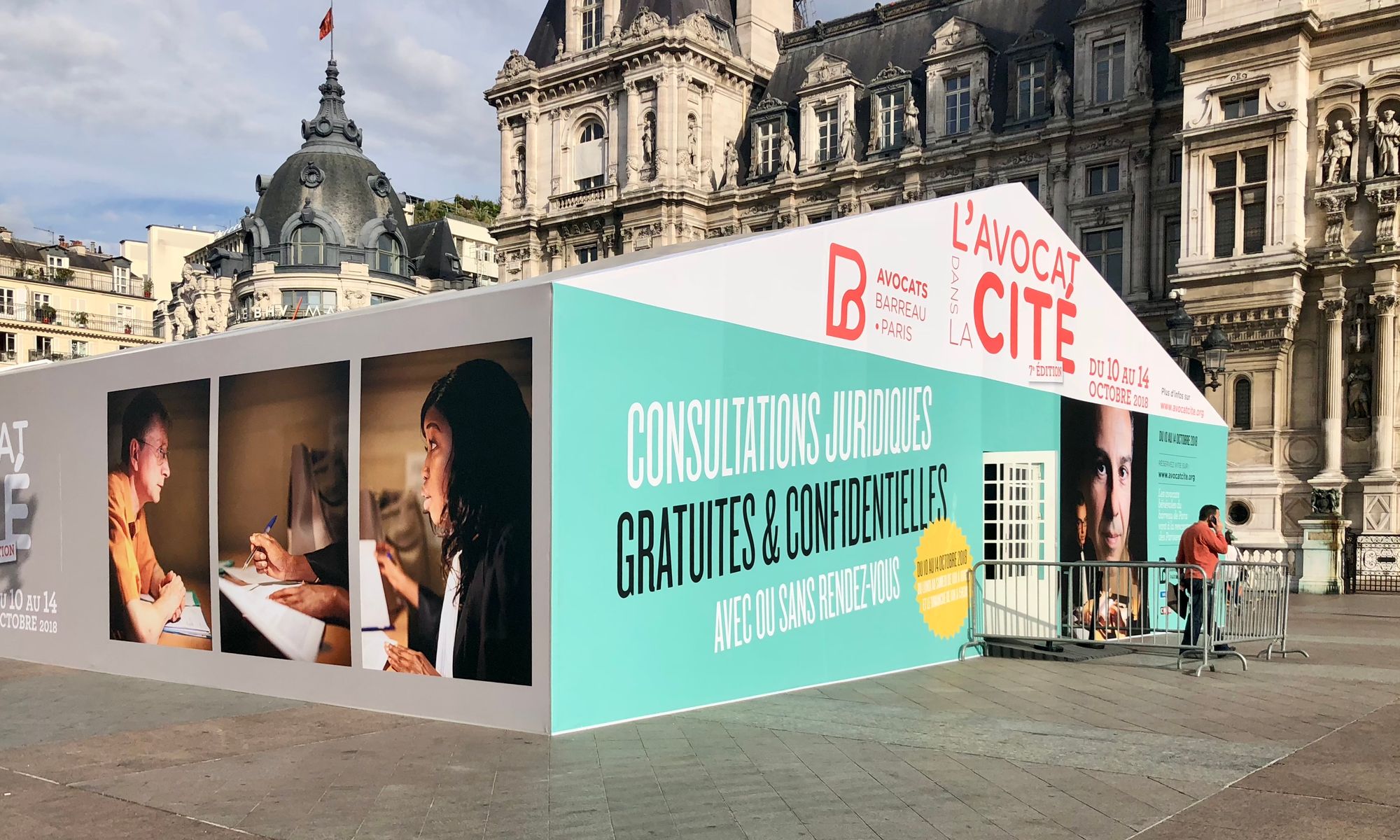
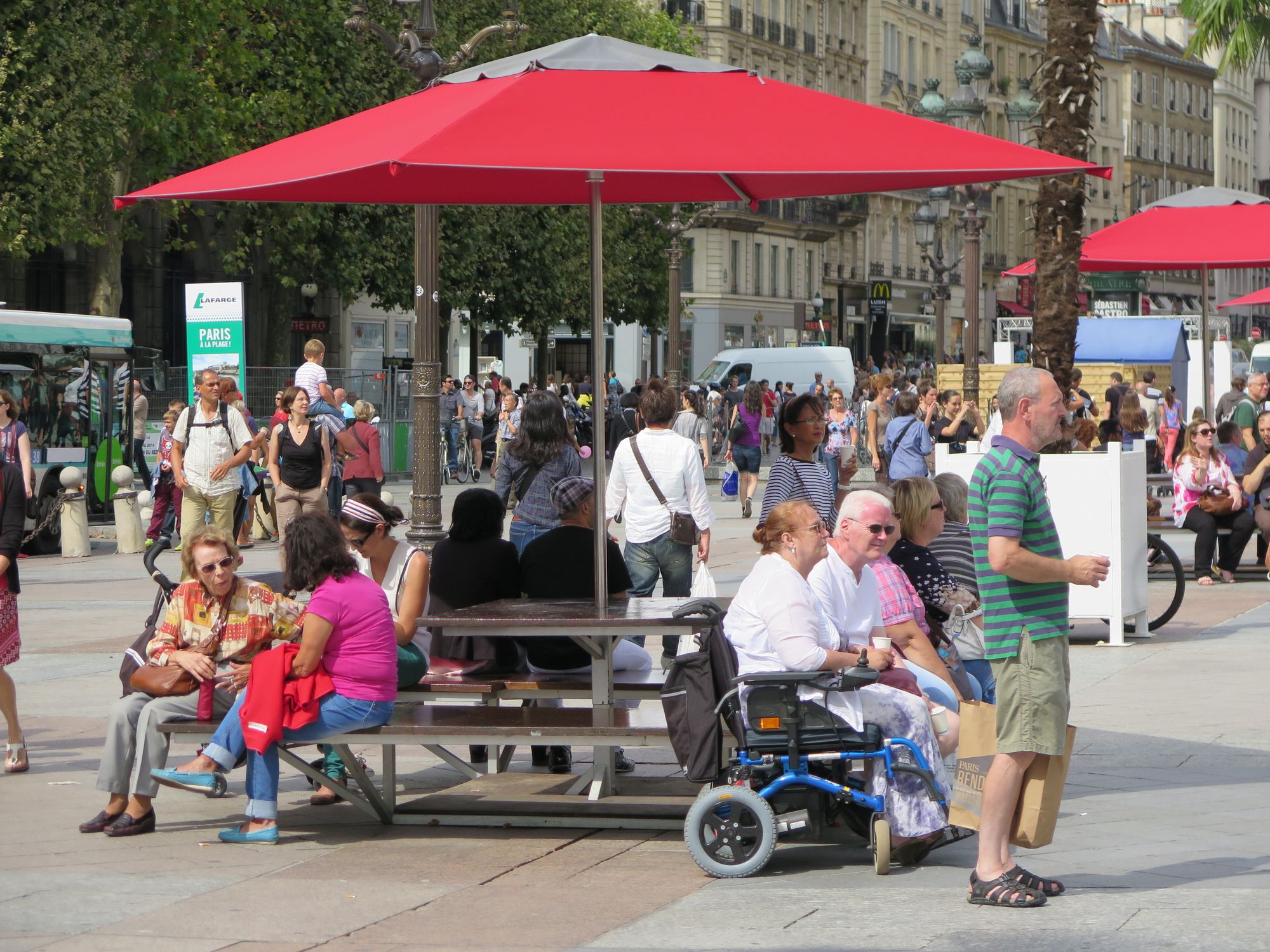
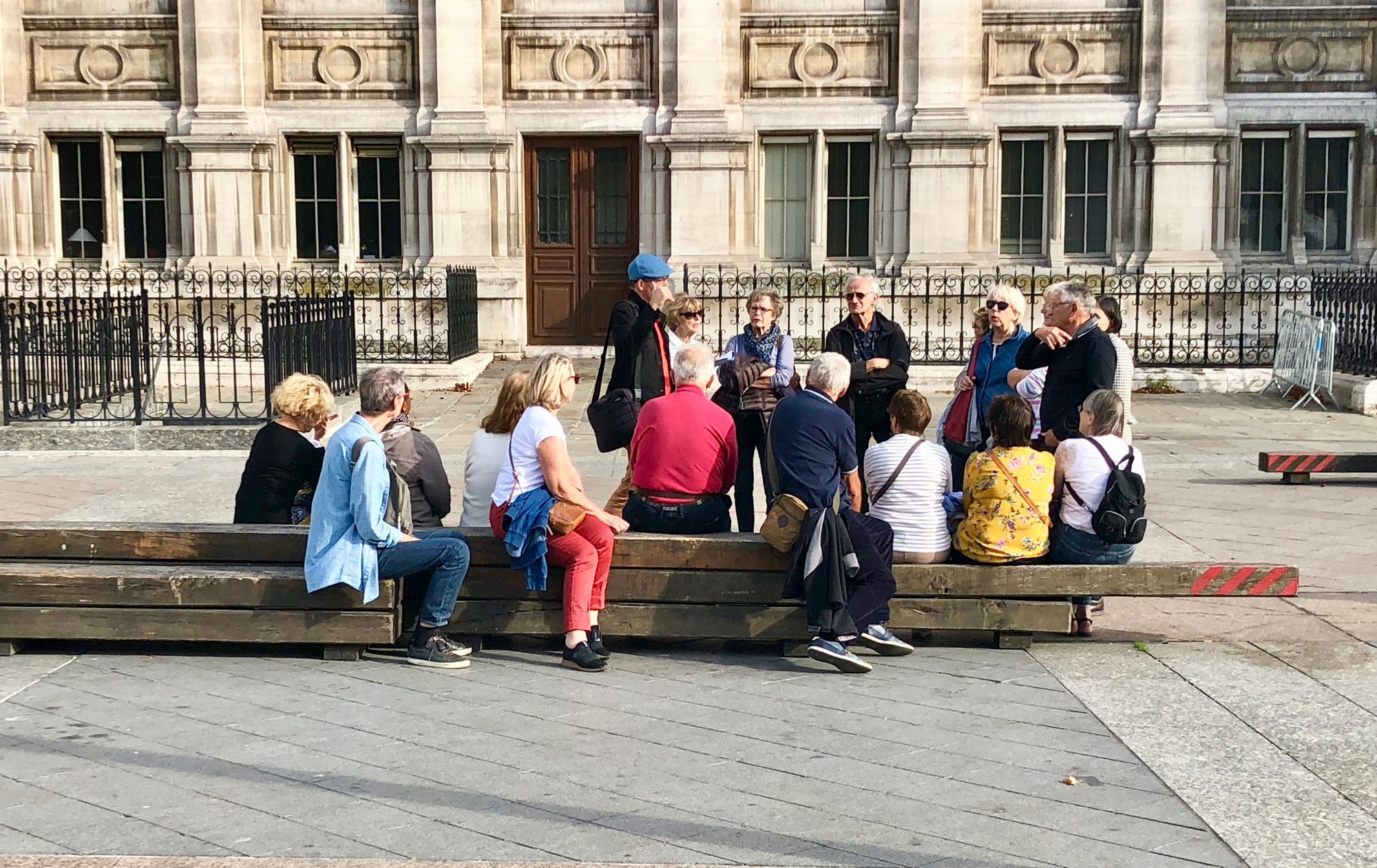
Vienna - City Hall
Vienna City Hall also does a lot with its "front porch" by hosting events such as markets and movie nights. When important civic buildings like city halls create public events and programs like this, it becomes a powerful statement about the importance of community.
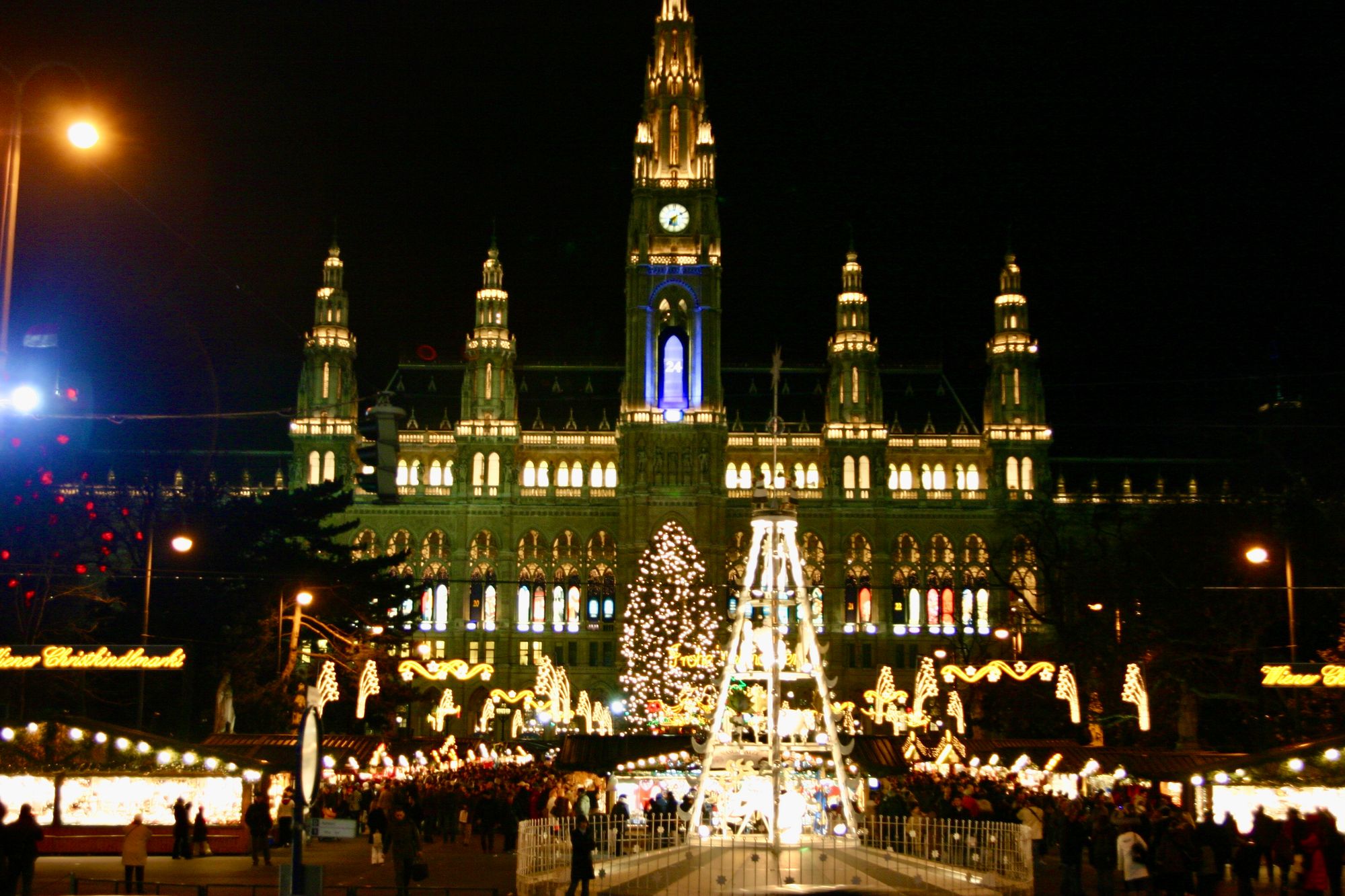
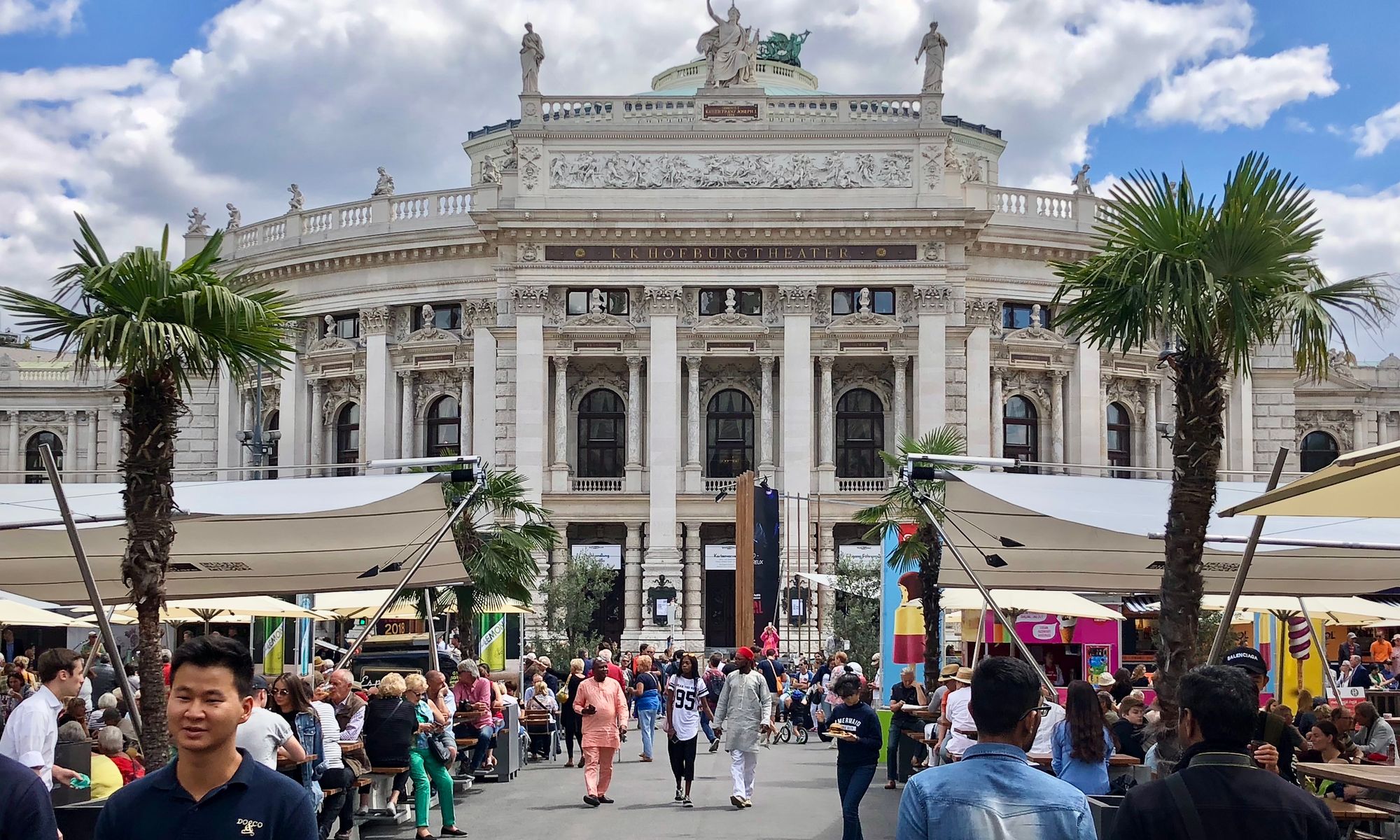
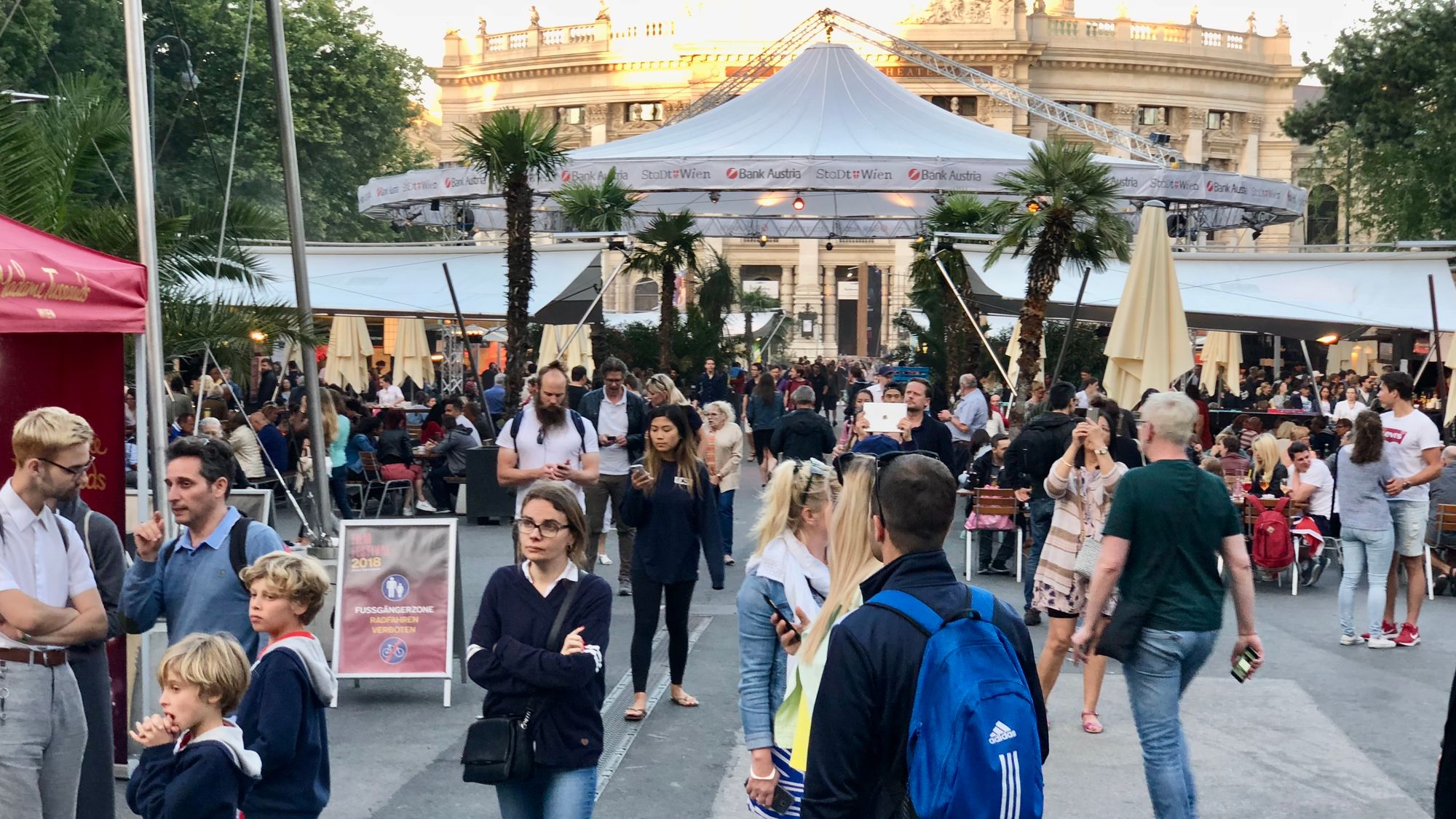
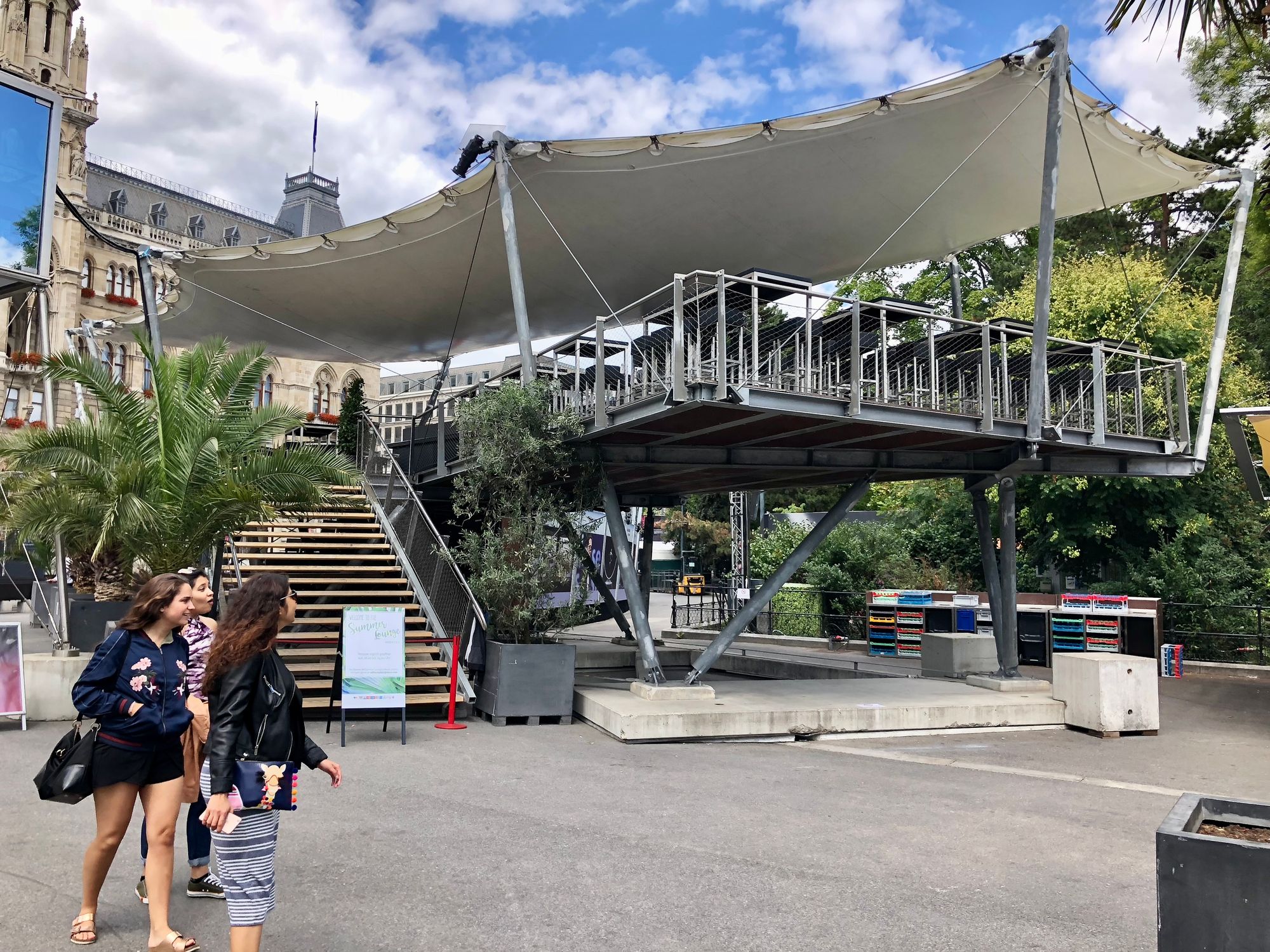
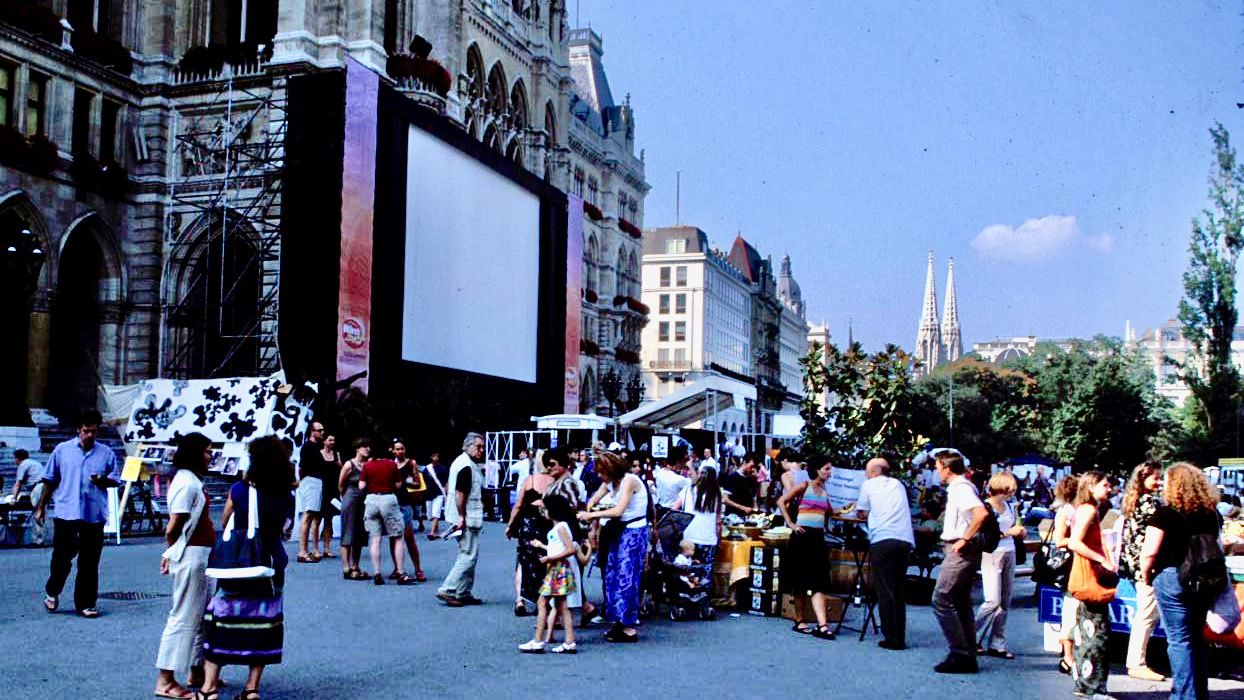
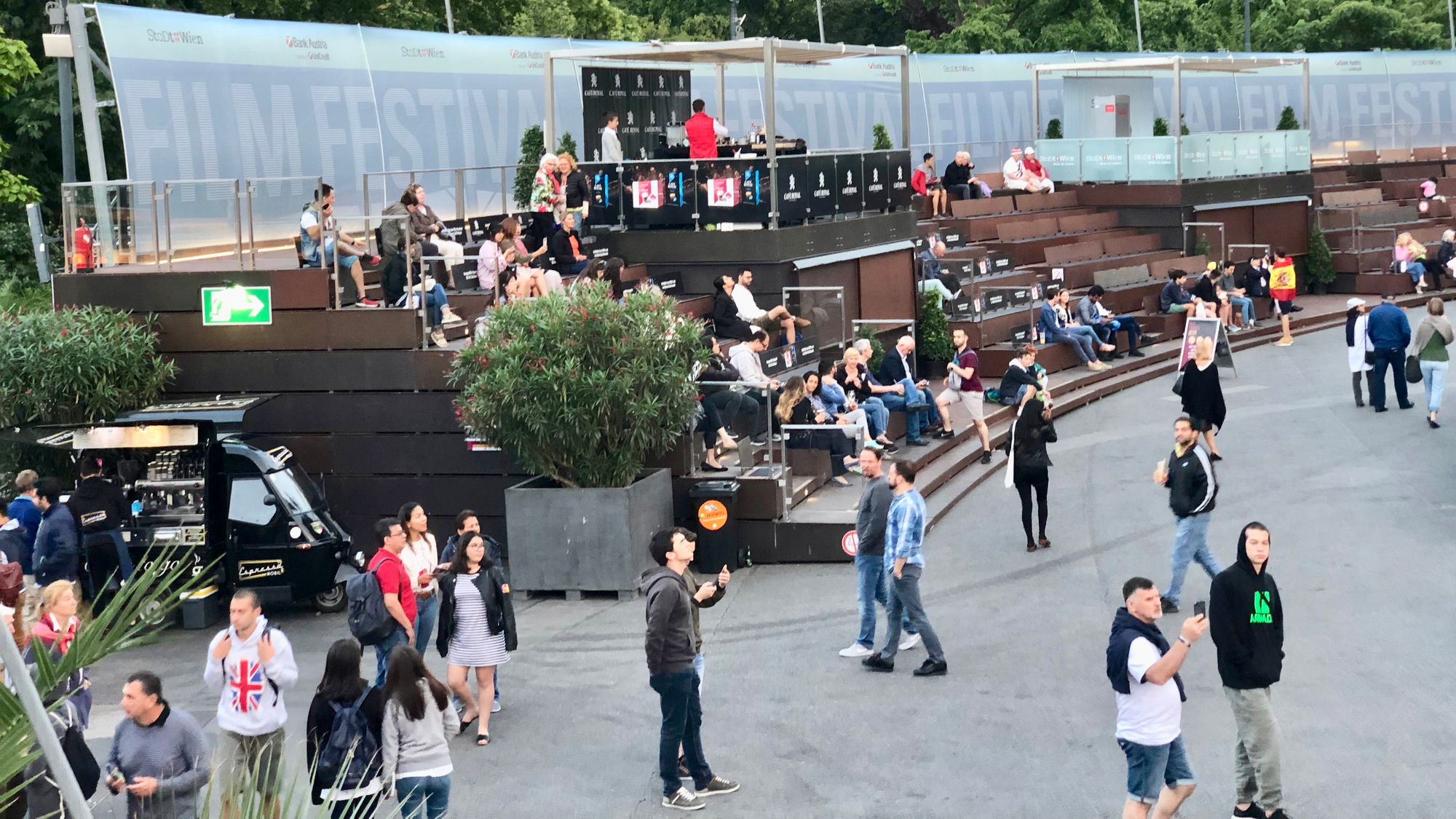
The Left Bank of the Seine
Paris's left bank is a great example of a public place that feels like a living room because of everything that is happening outdoors. With so many great amenities, seating and various activities out in the open, there is something for everyone who passes through here.
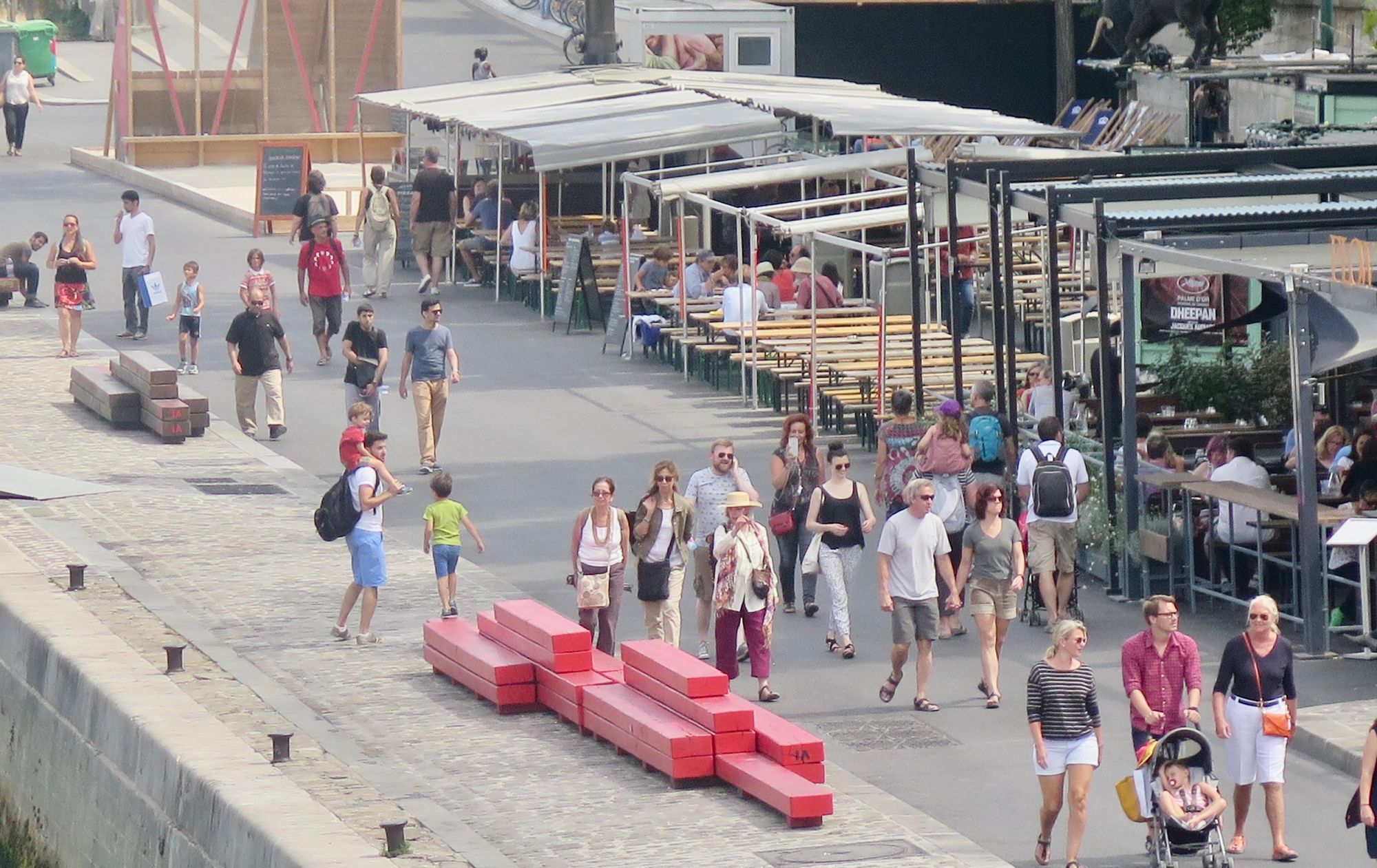
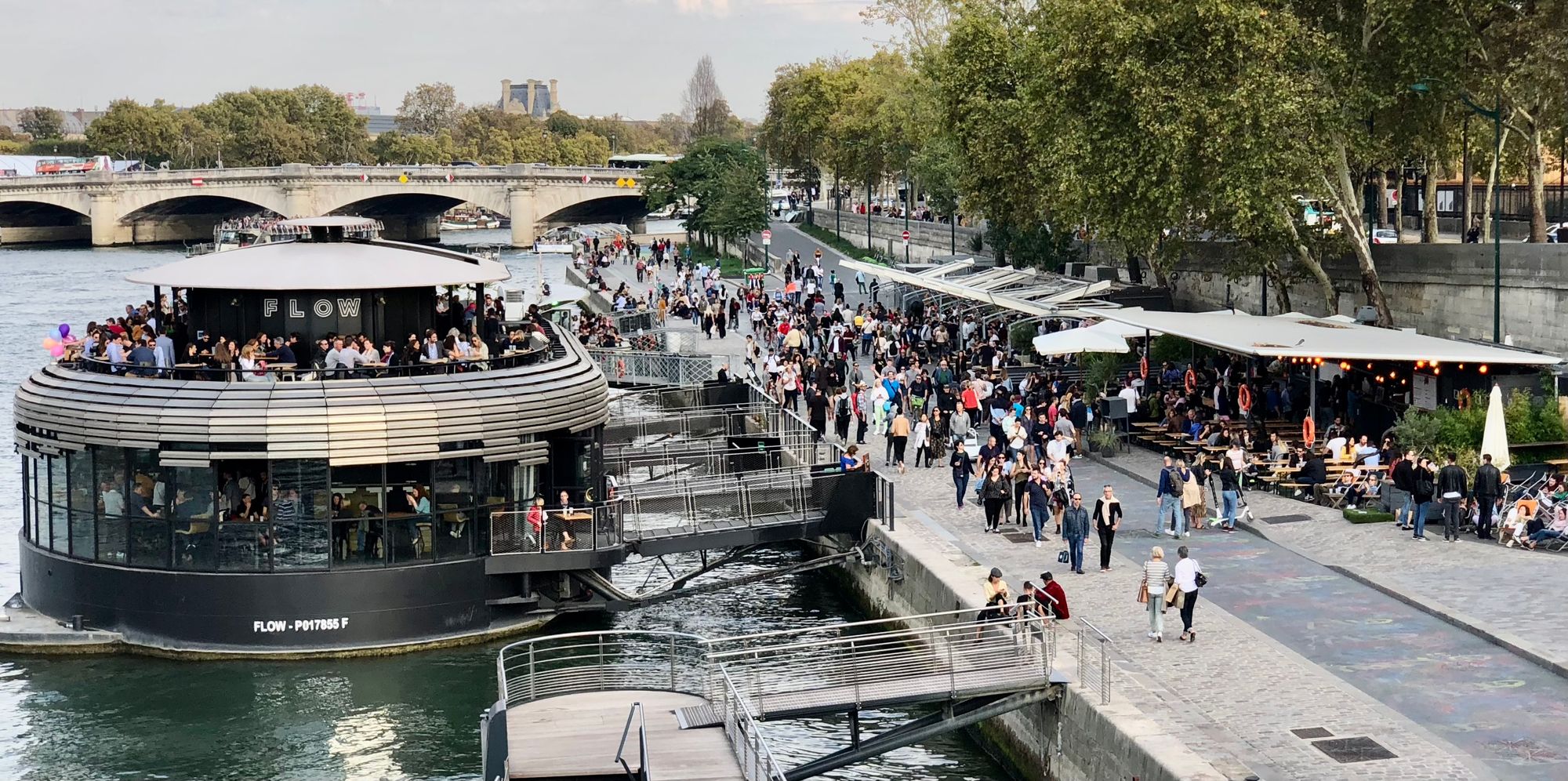
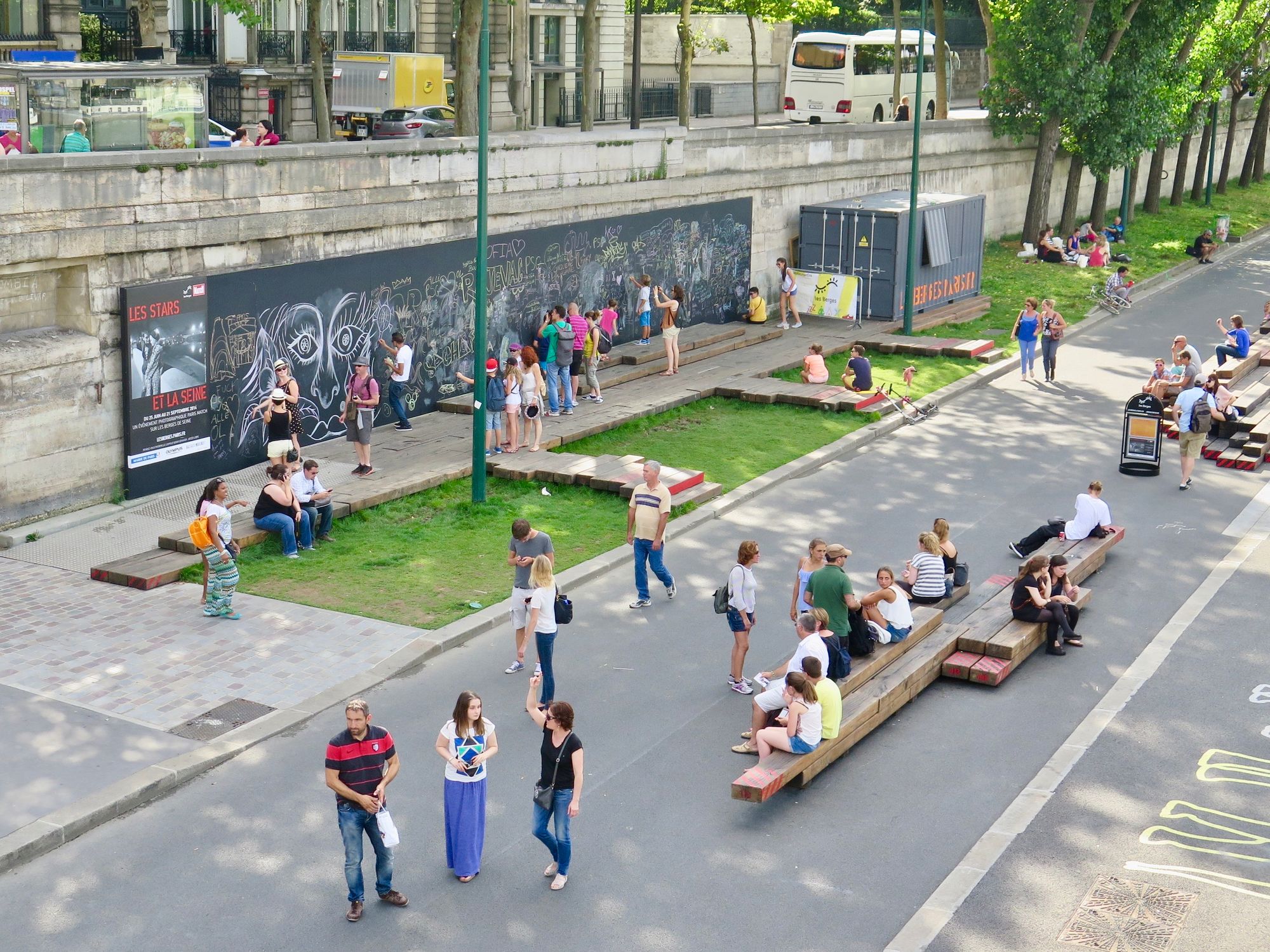
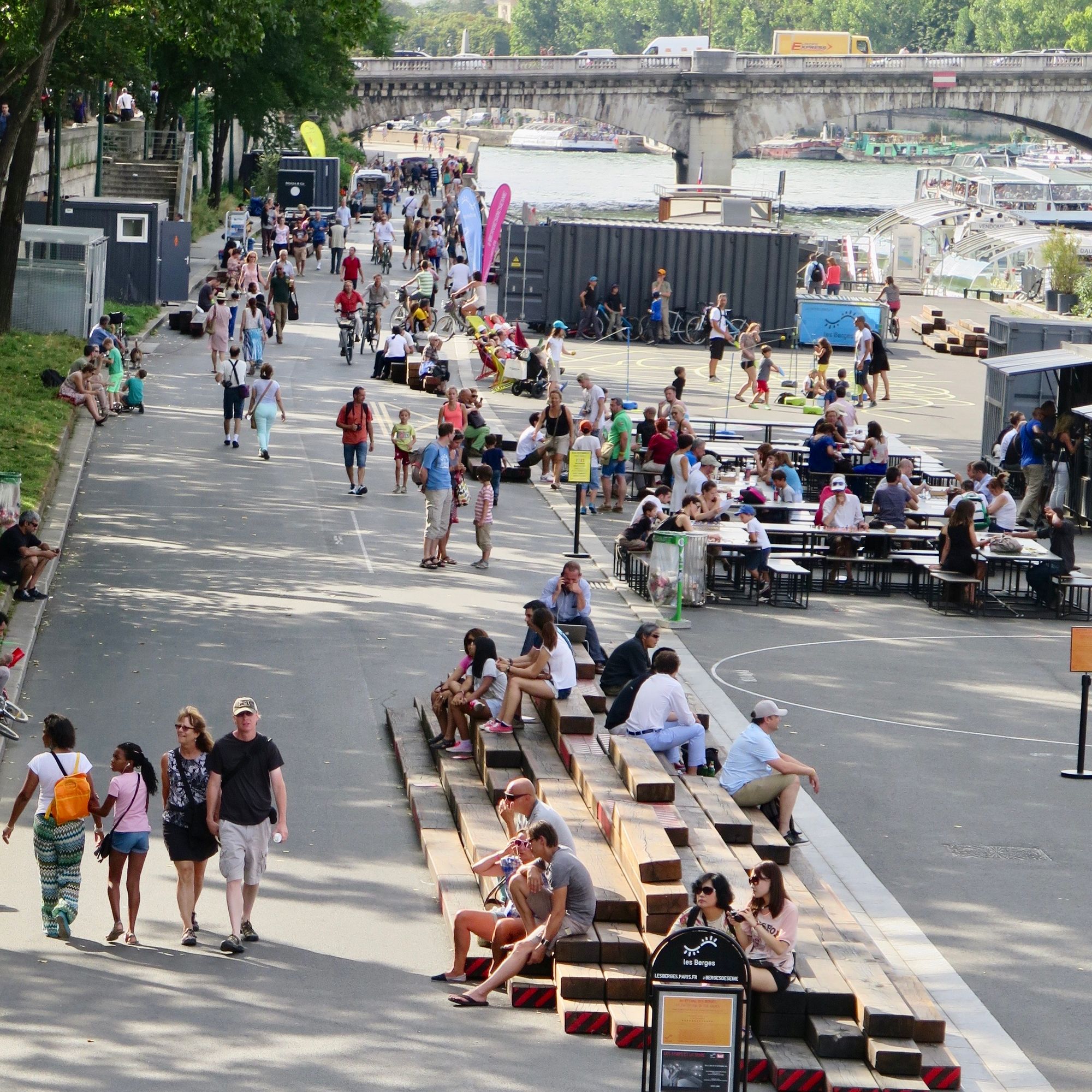
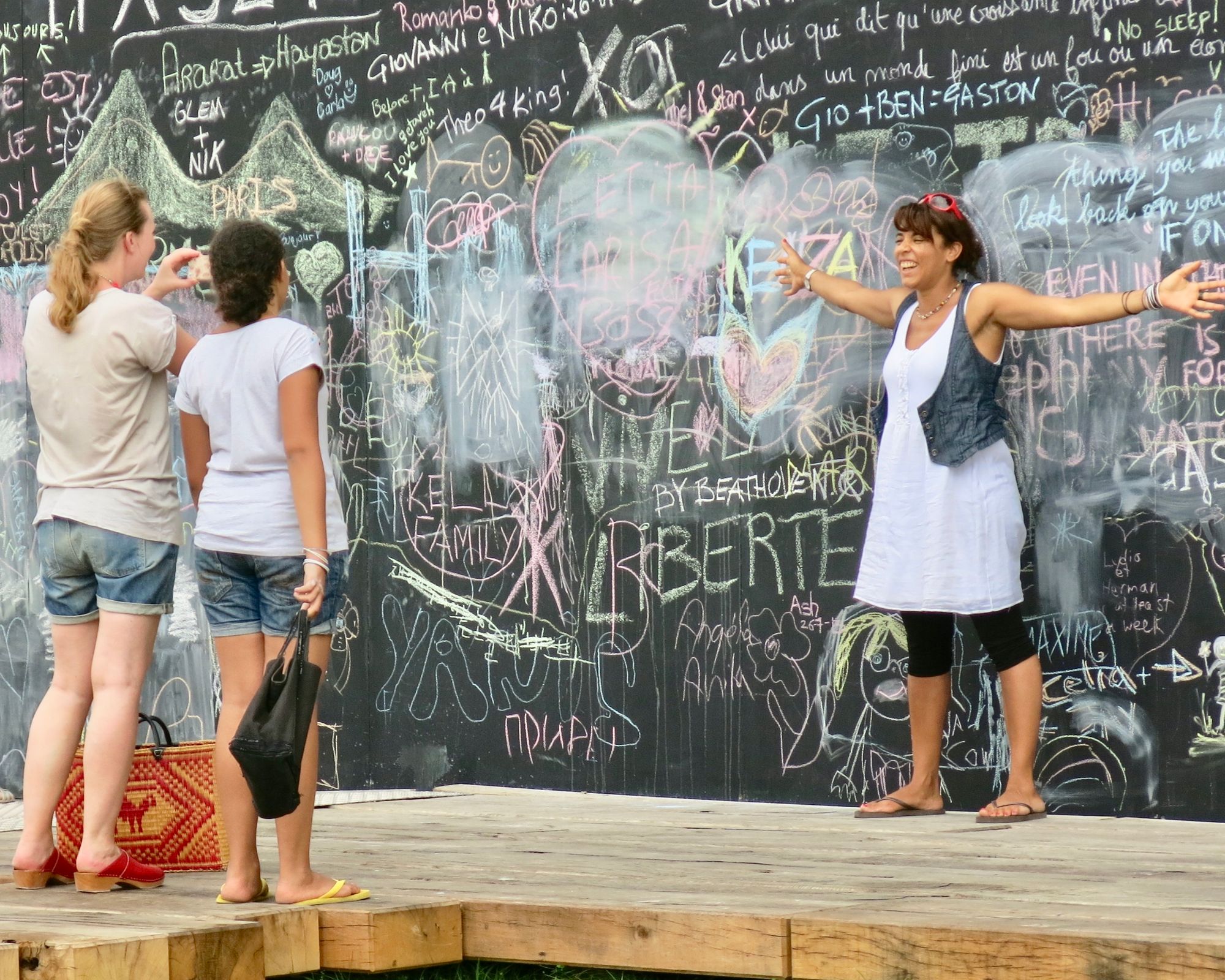
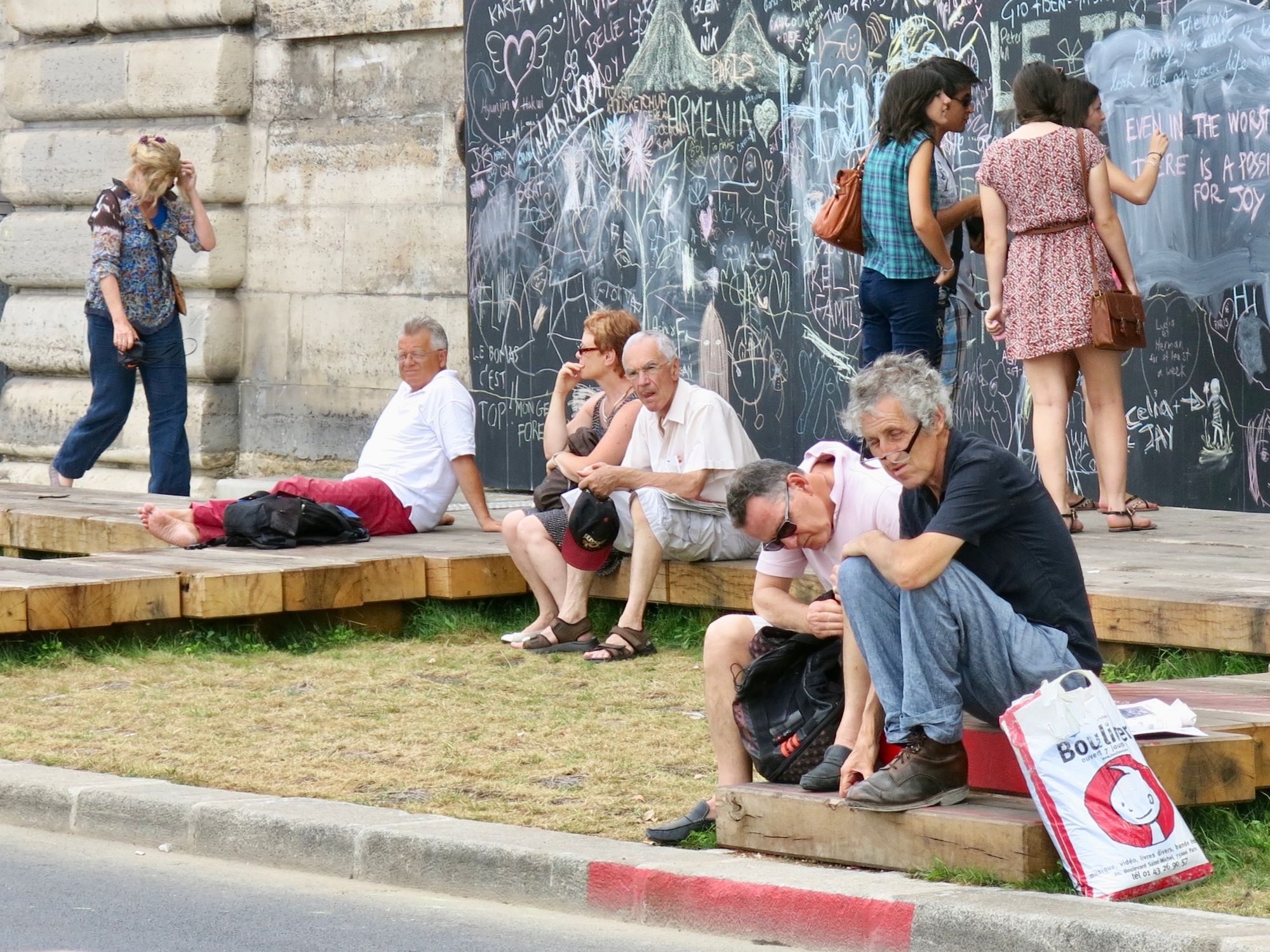
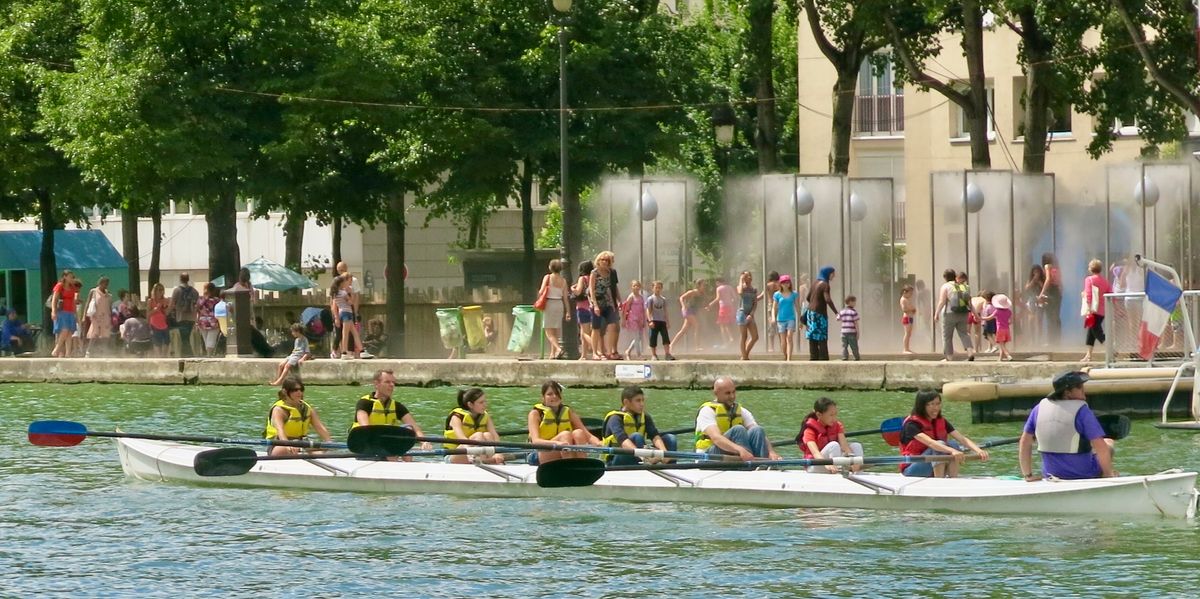
Elements of Great "Porches"
Seating
Seating is one of the most important features of the "porch." Everyone needs a rest sometimes, from the young to the old, and providing a place to rest such as movable chairs or a bench communicates to people that their needs and comfort are important to the community. Not only that, but benches are magnets for social life. People sit with friends and chat or they meet someone new who shares their bench. Public seating catalyzes social activity.
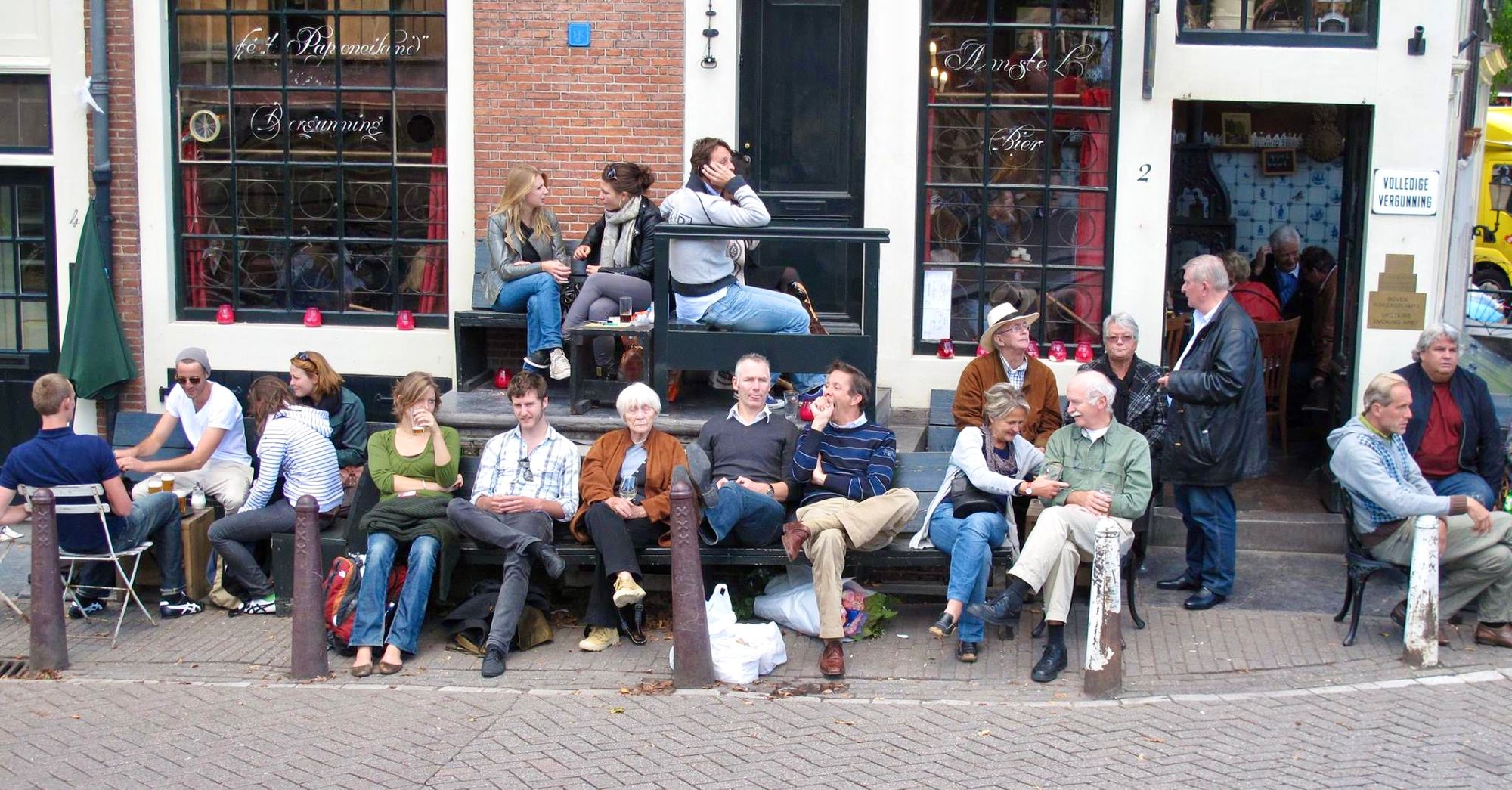
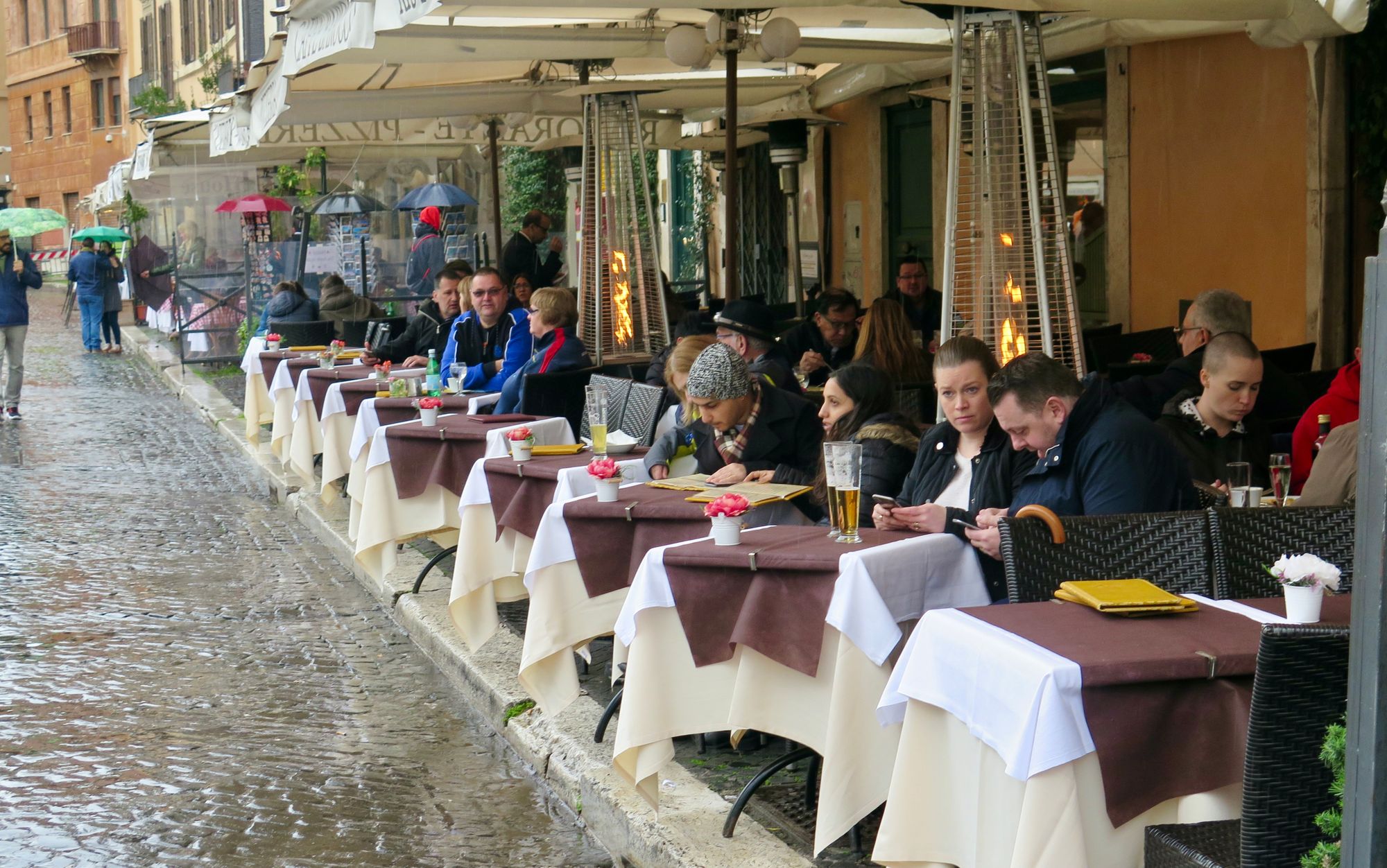
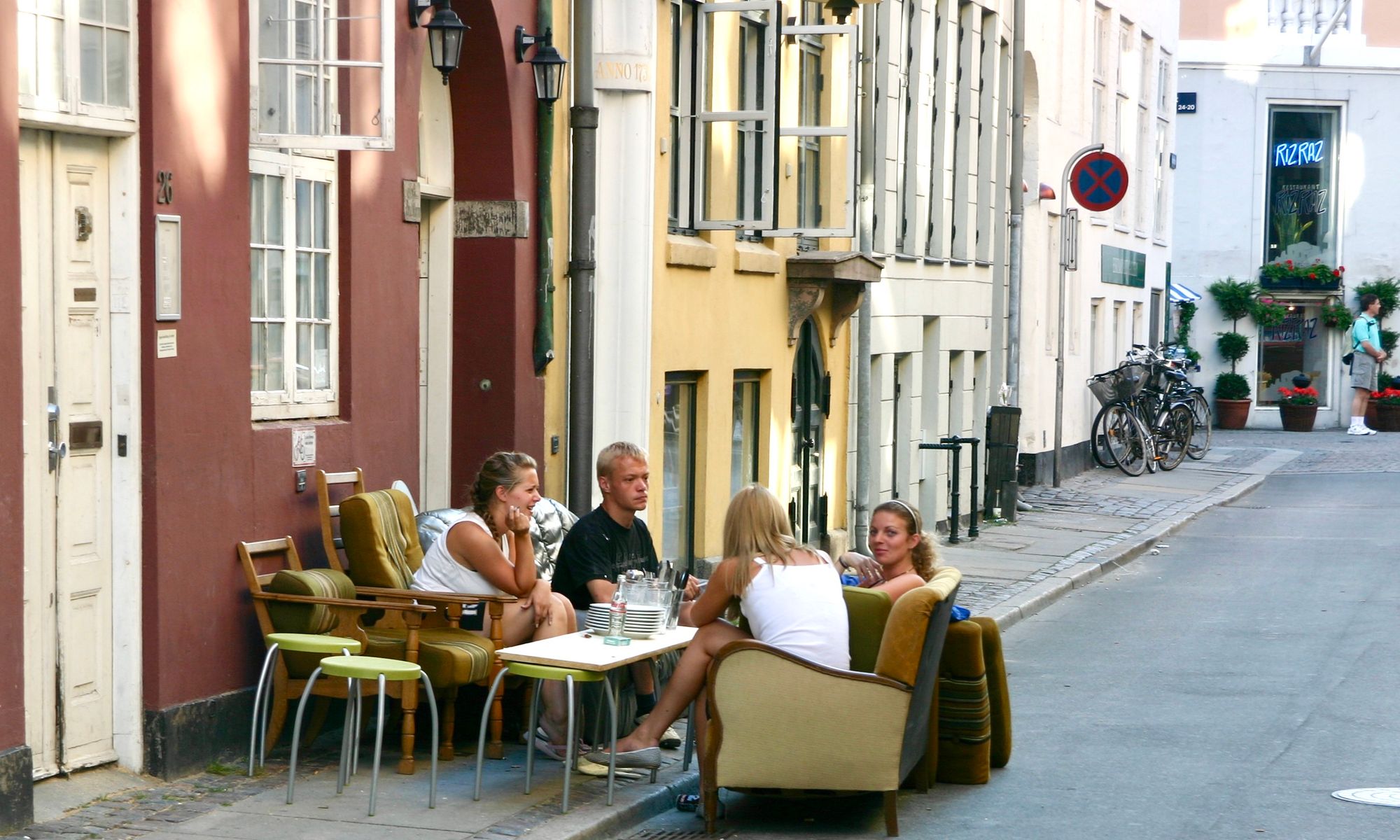
Paris, Rome, and Copenhagen.
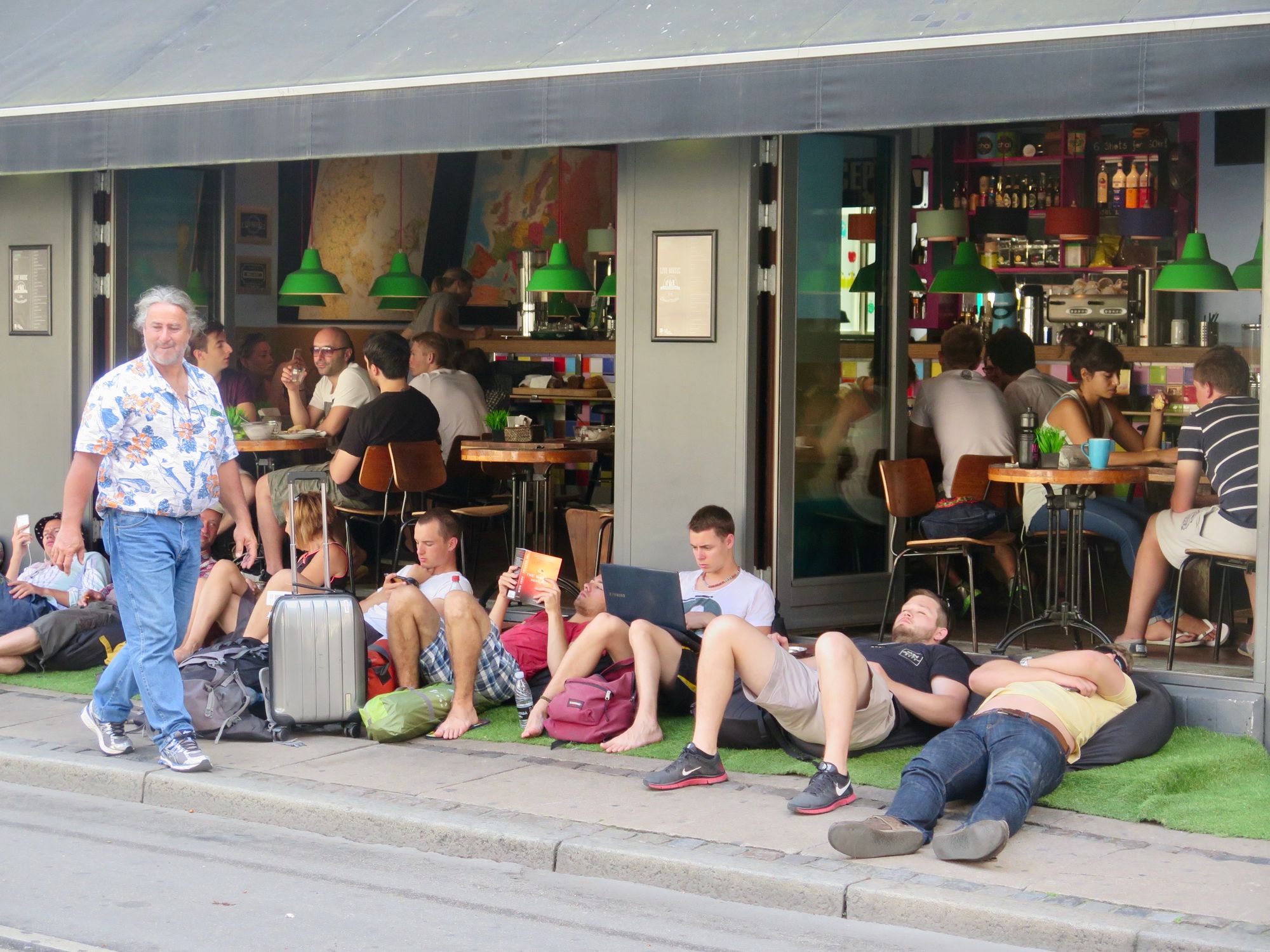
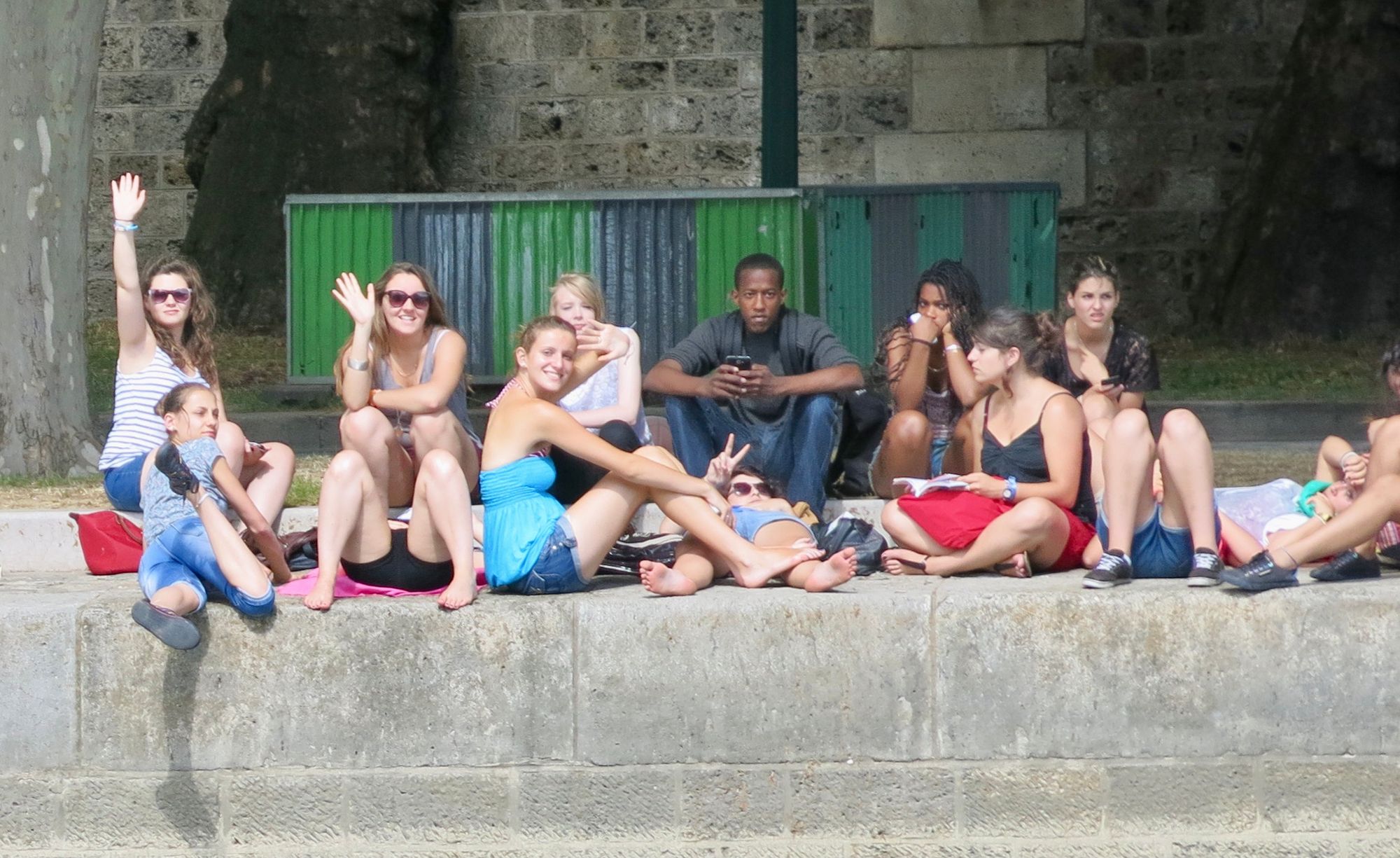
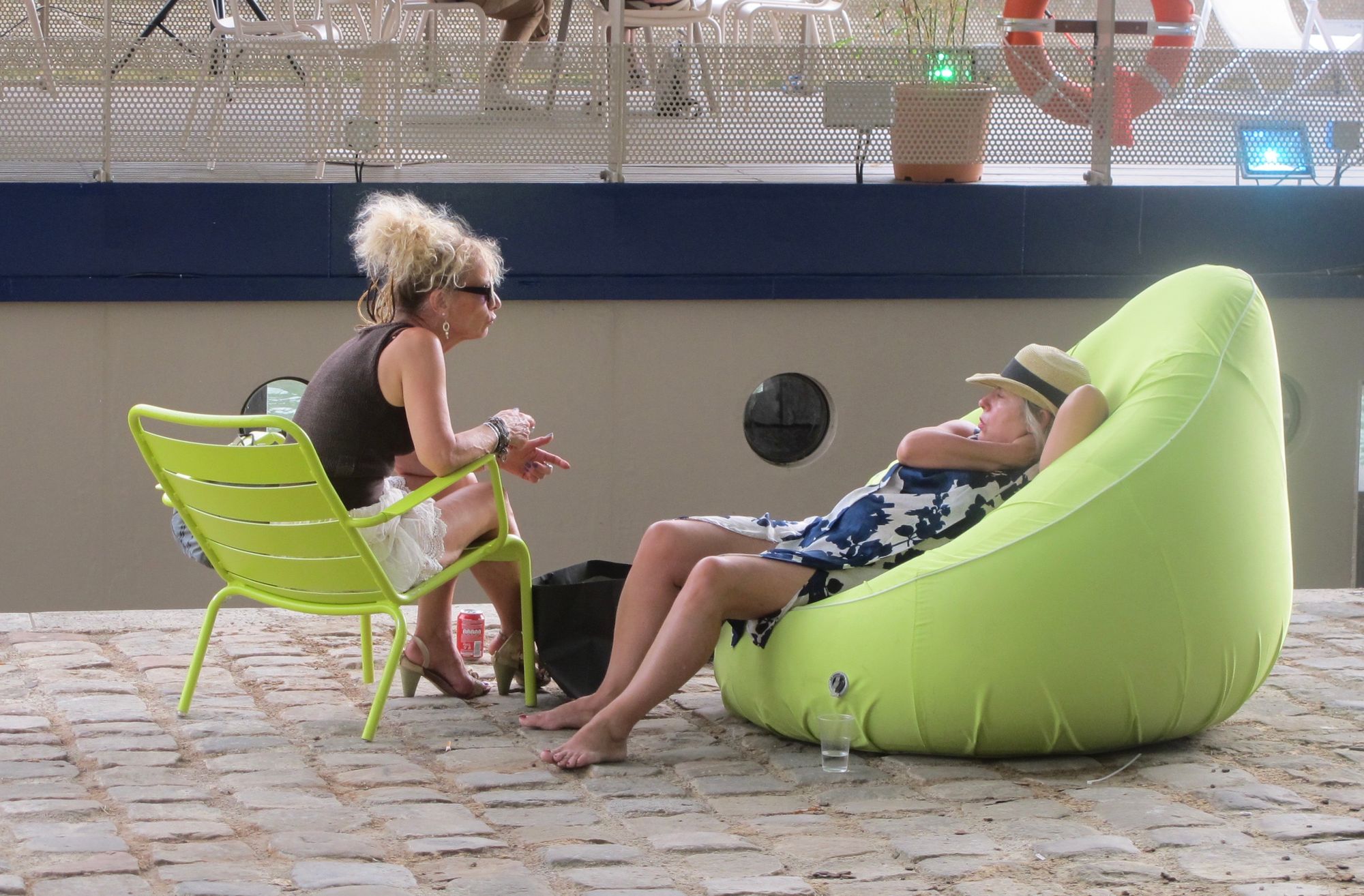
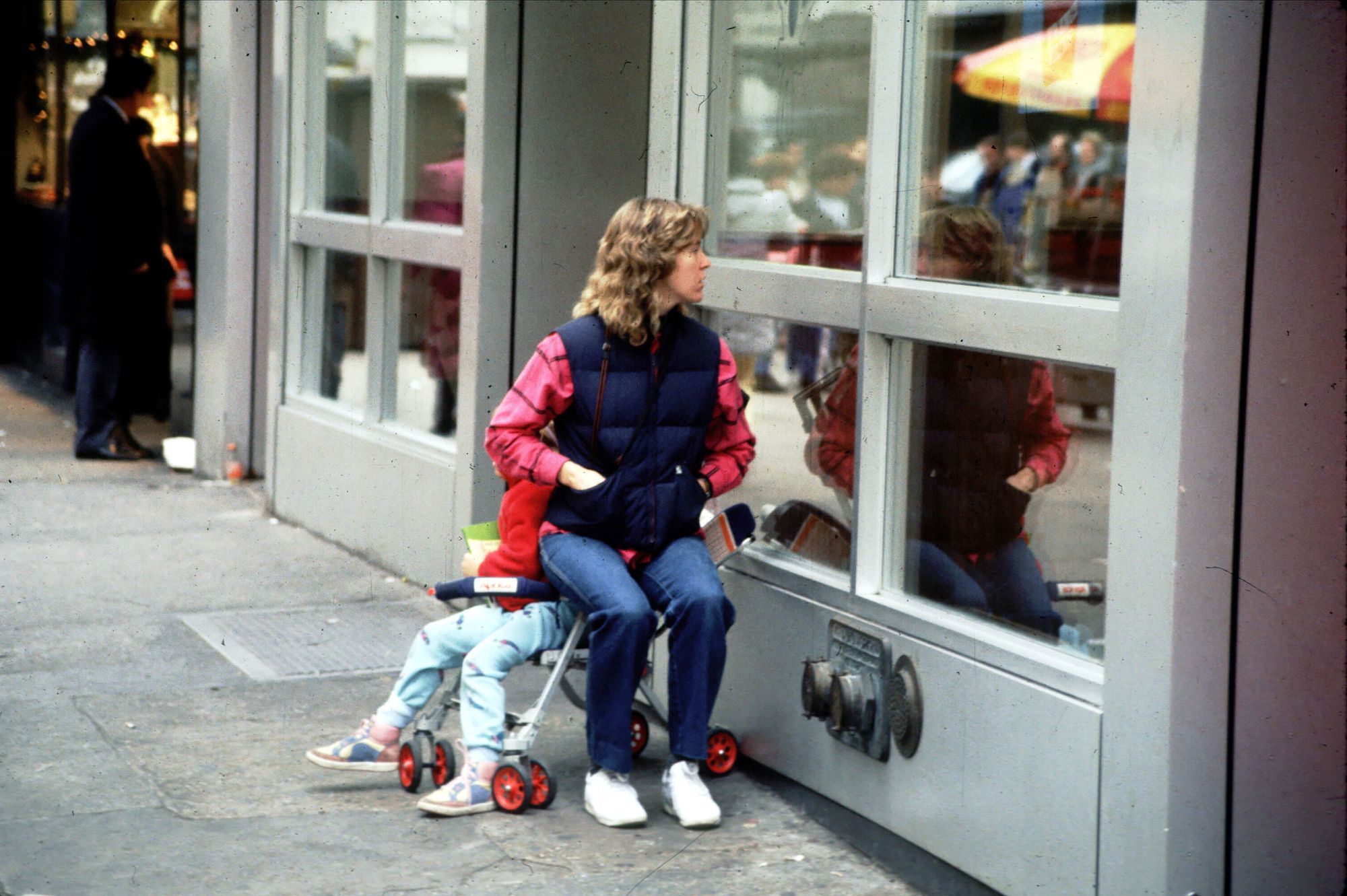
Inside Out Displays of Goods
Displaying goods outside on the sidewalk, right in people's paths, is a great way to catch the attention of potential customers who may not know about what a business offers. It leads to people stopping to look and talk which also attracts social activity.
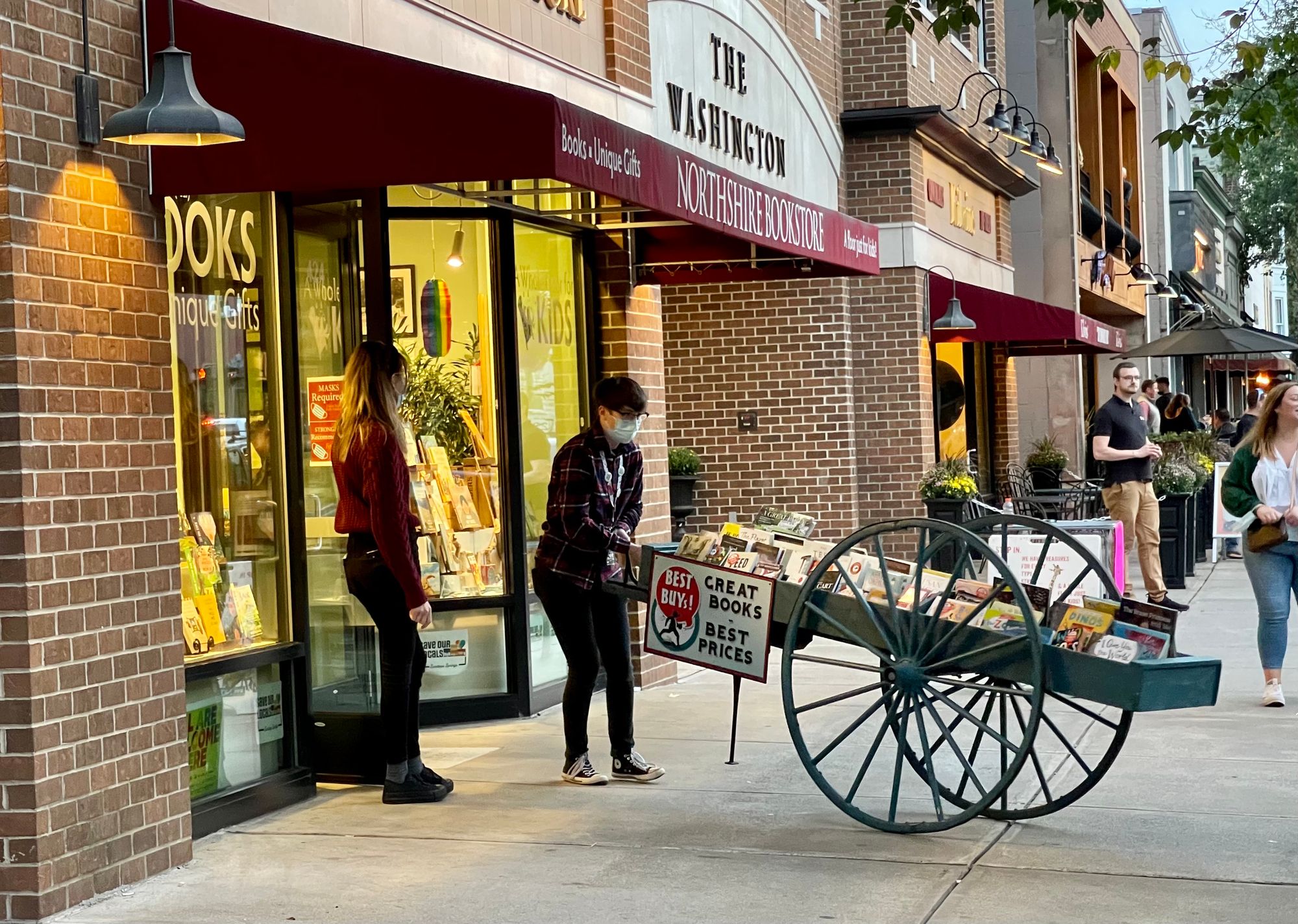
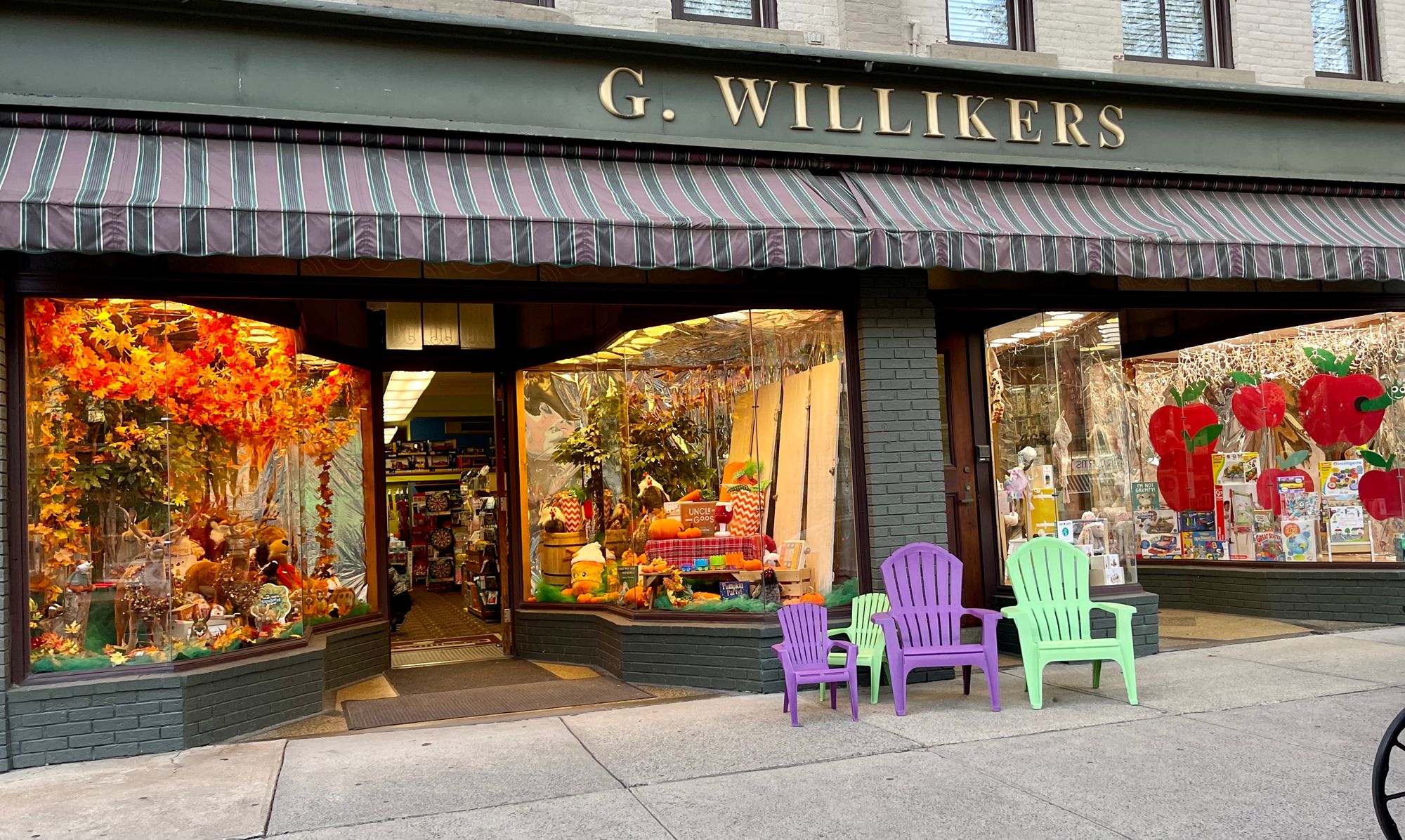
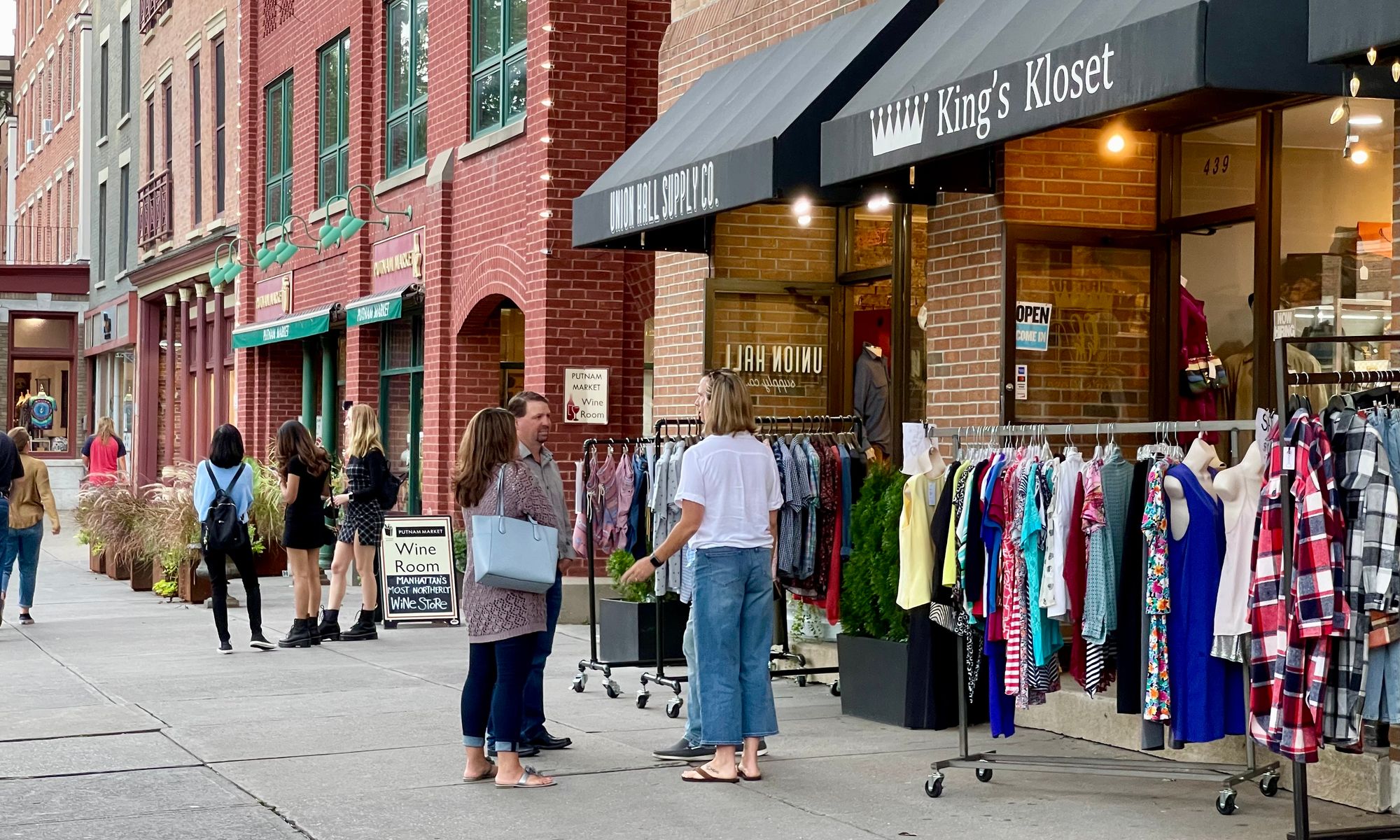
Around Istanbul's Grand Bazaar
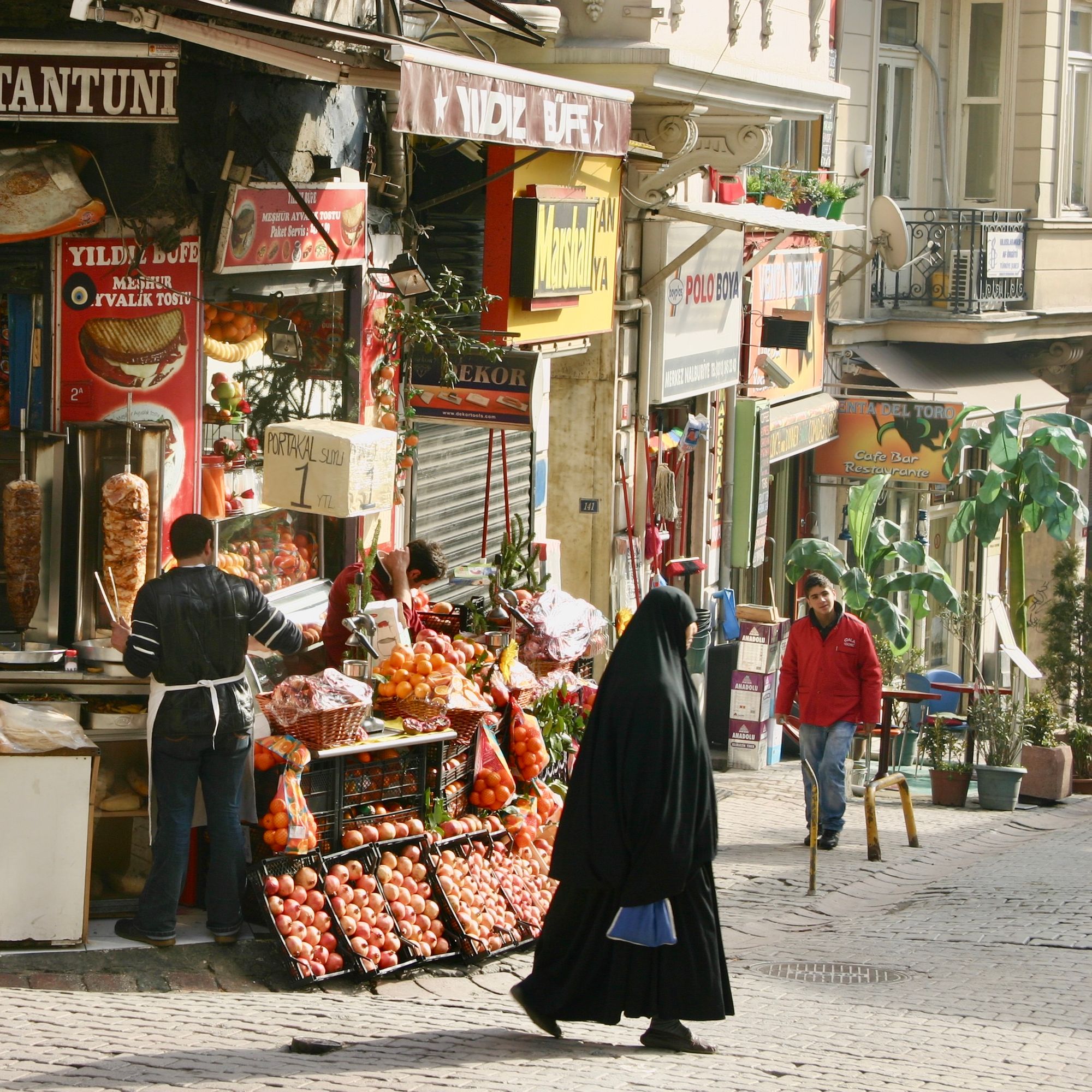
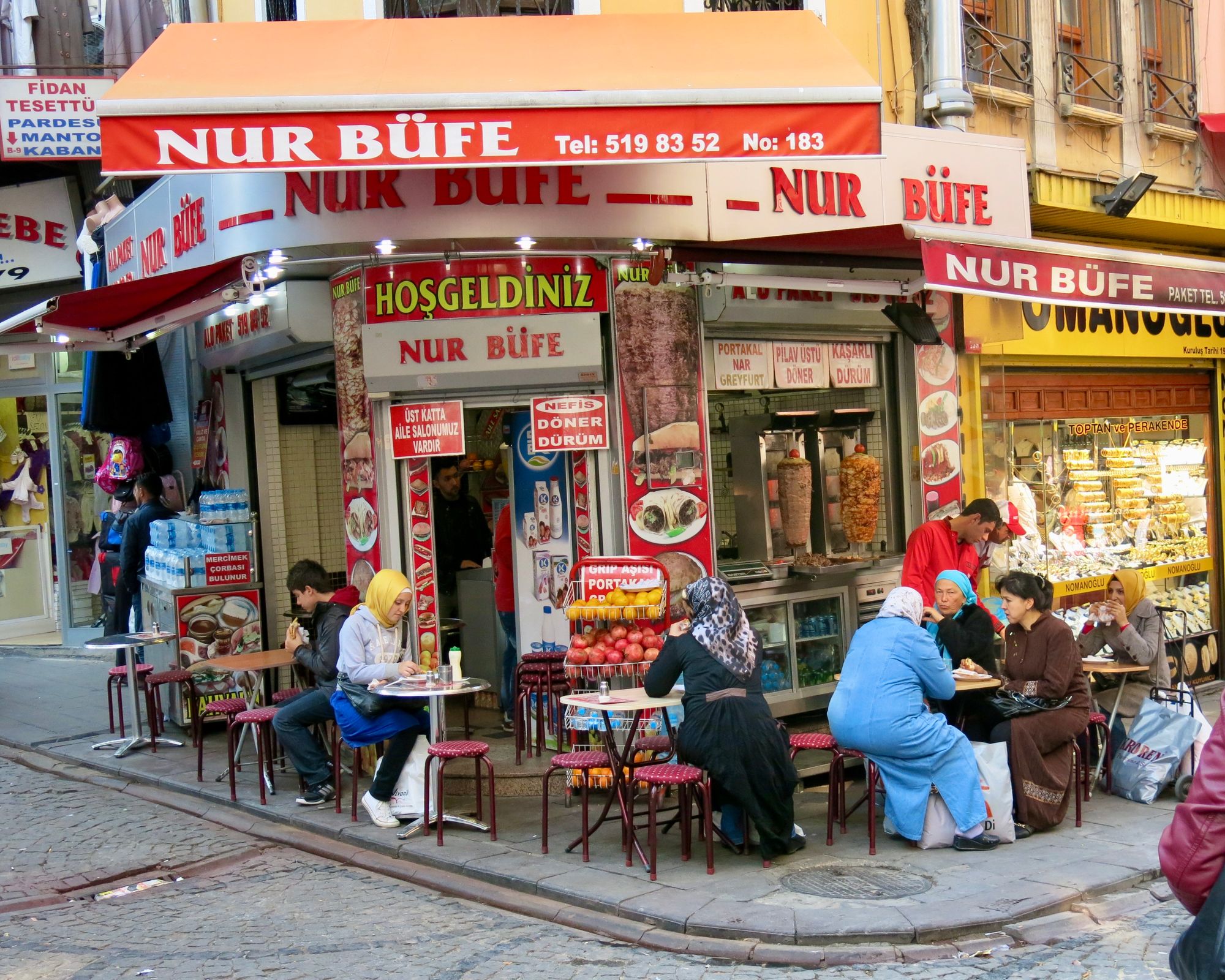
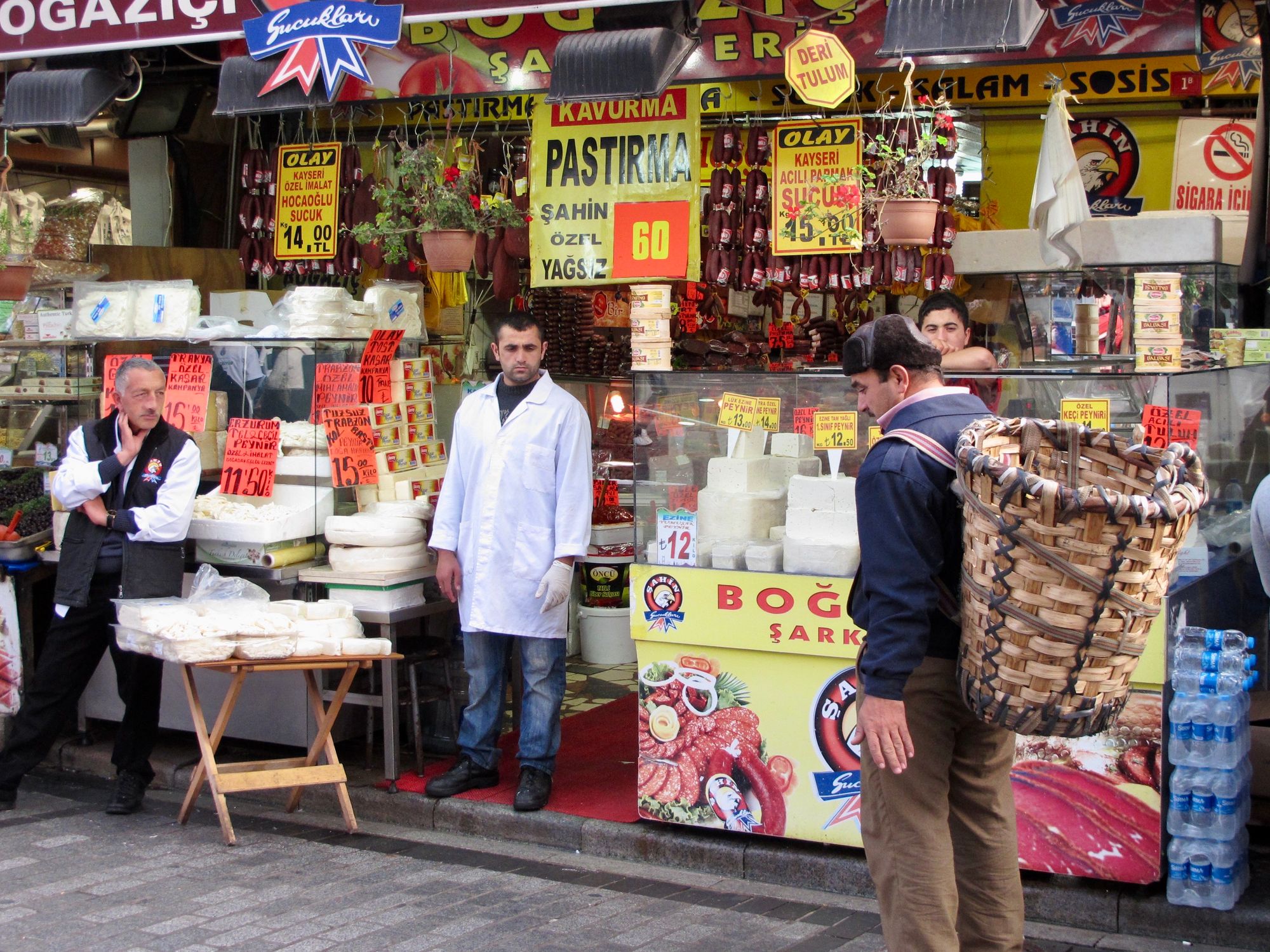
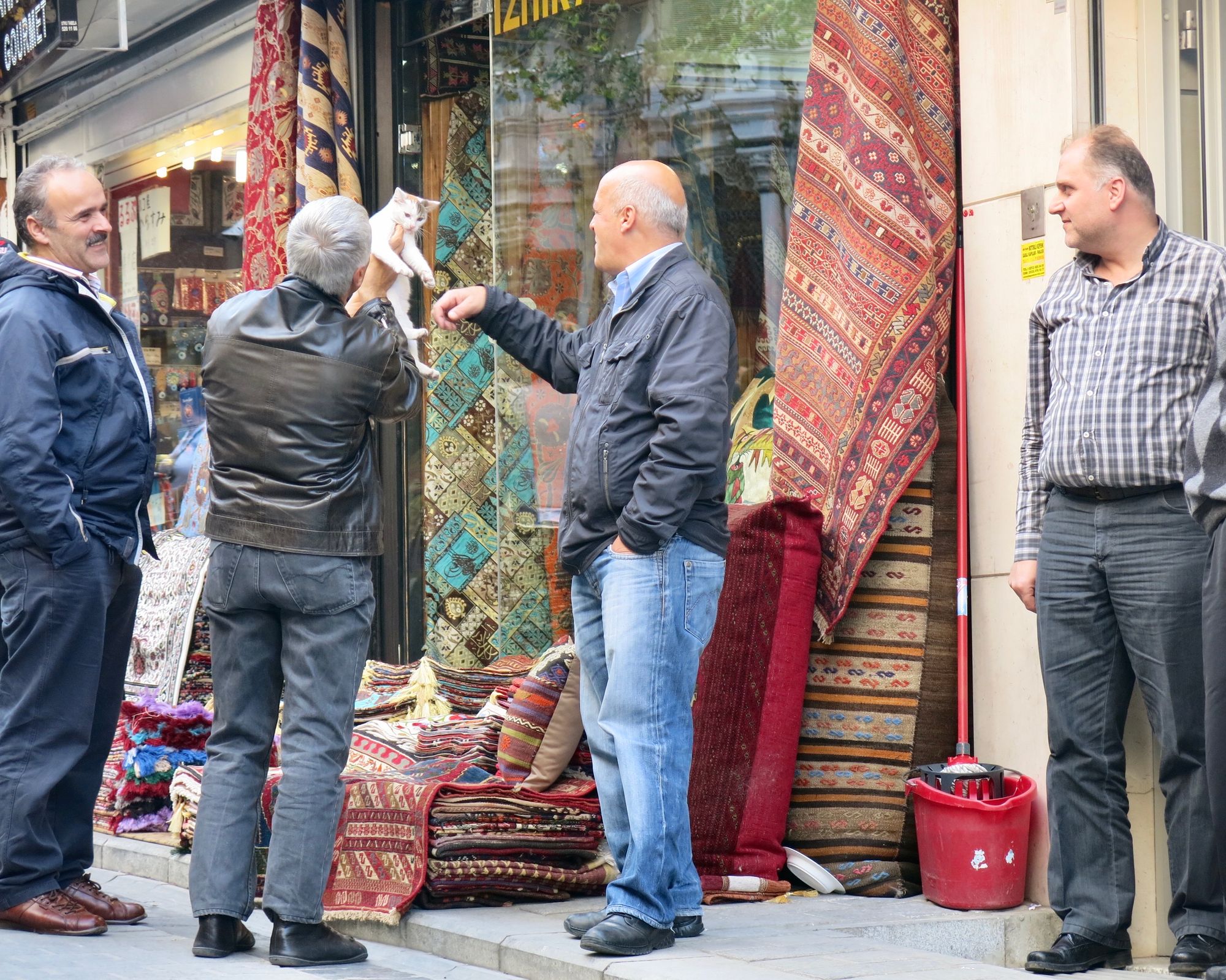
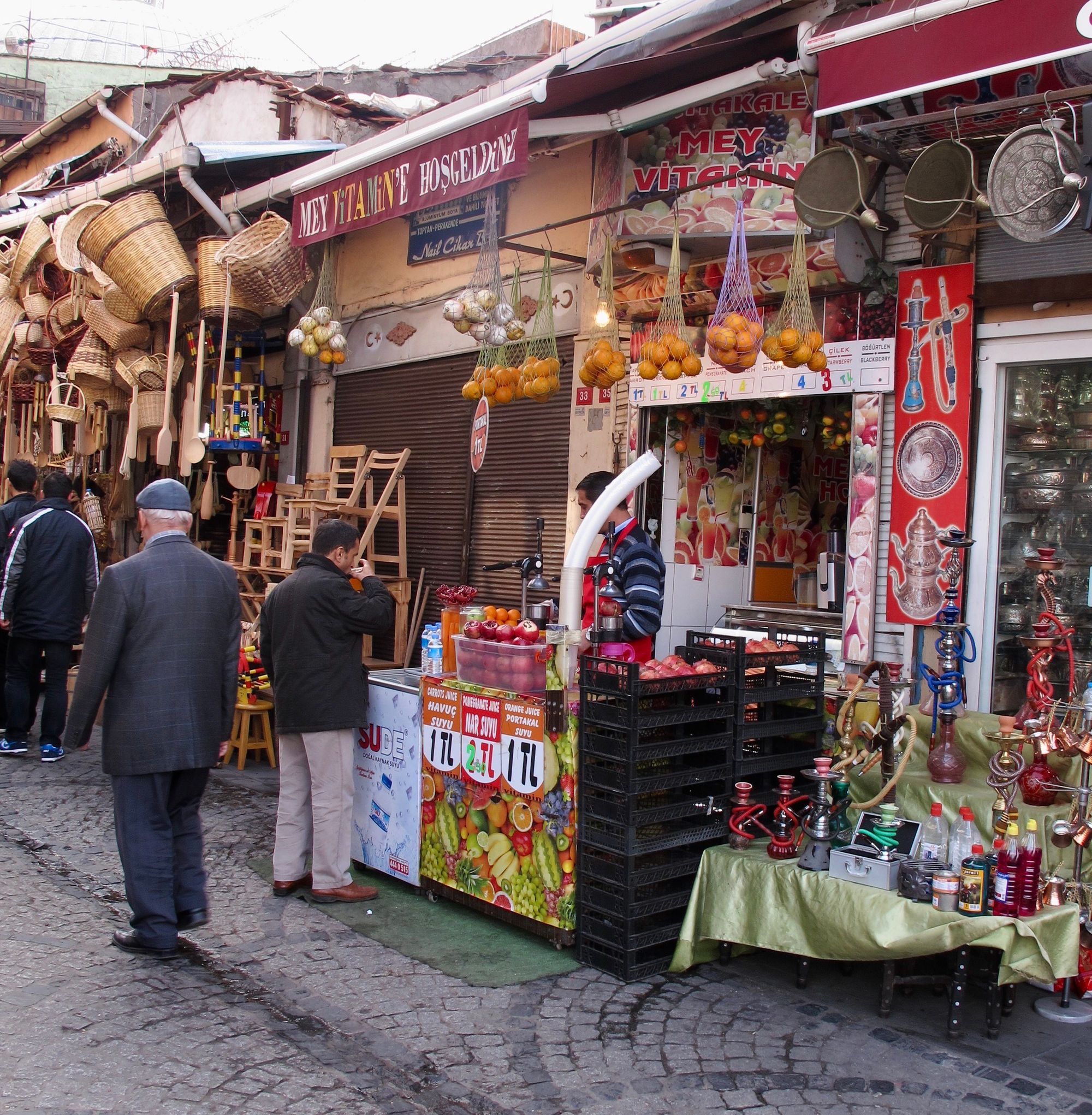
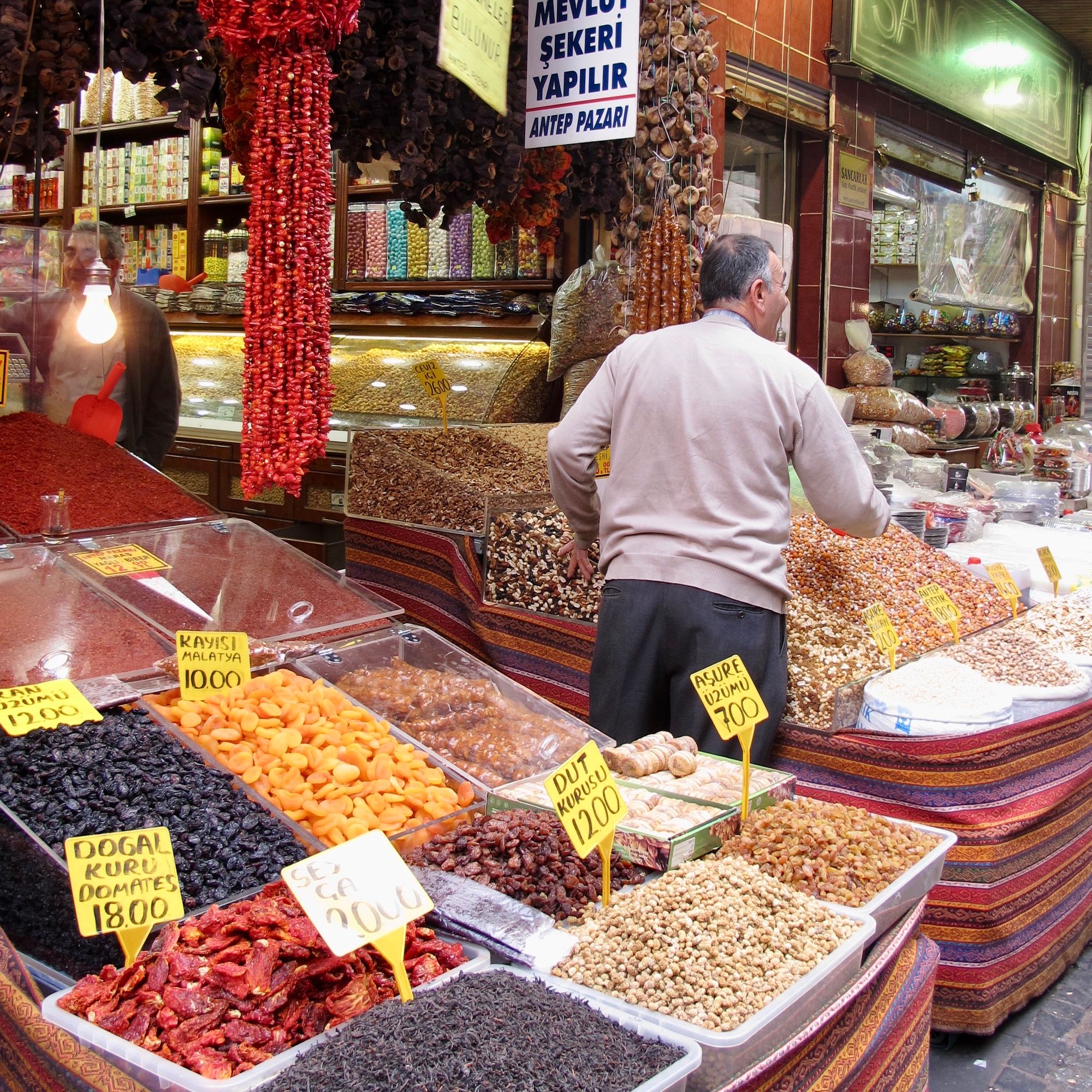
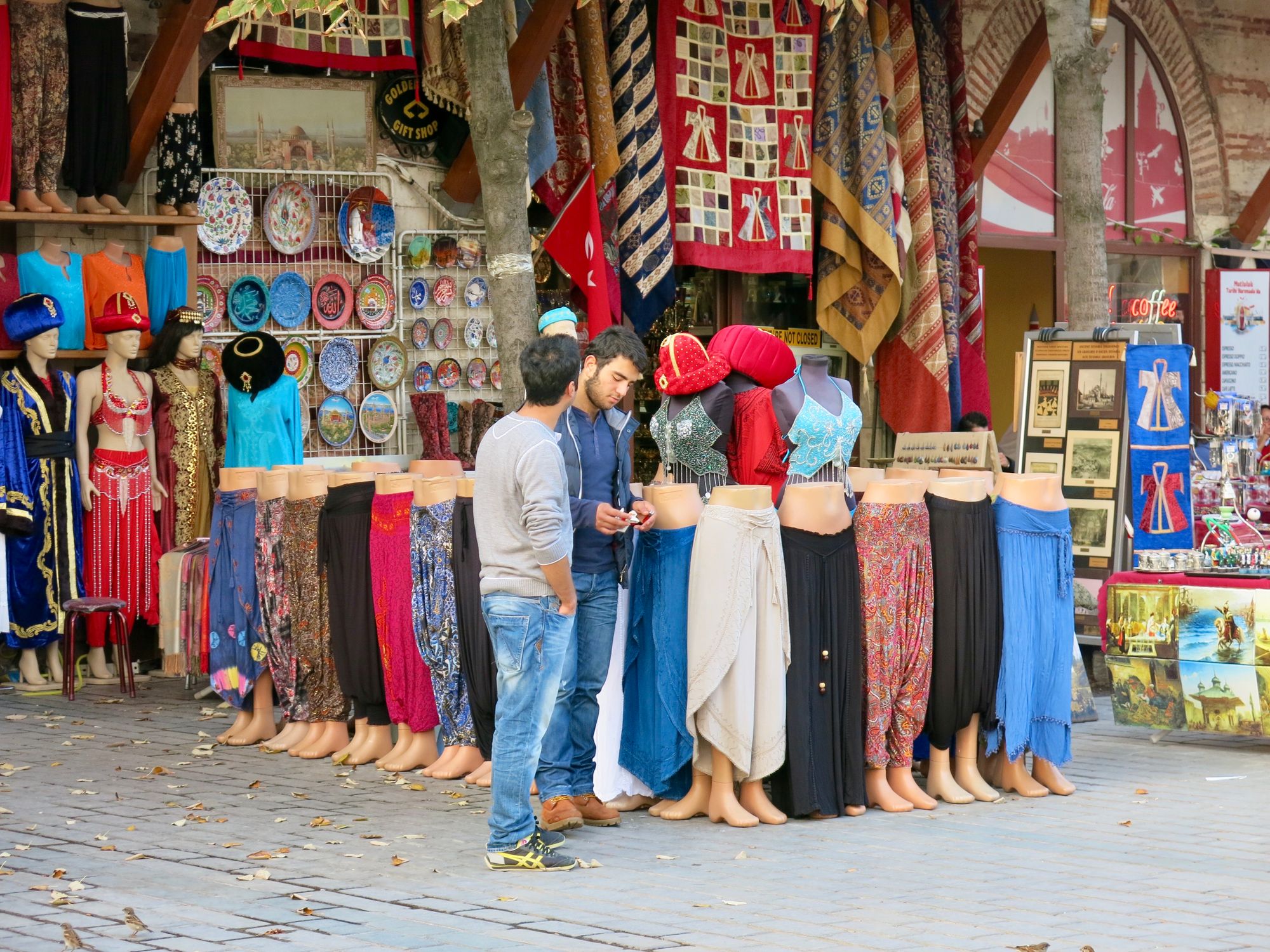
Istanbul is a city where one's senses are heightened by all the life on the streets
Ice Cream Stands
The gold mine of foot traffic magnetism is a place that offers food. Something as simple as an ice cream stand or as complex as a restaurant with outside seating really brings energy to a street from morning to night.
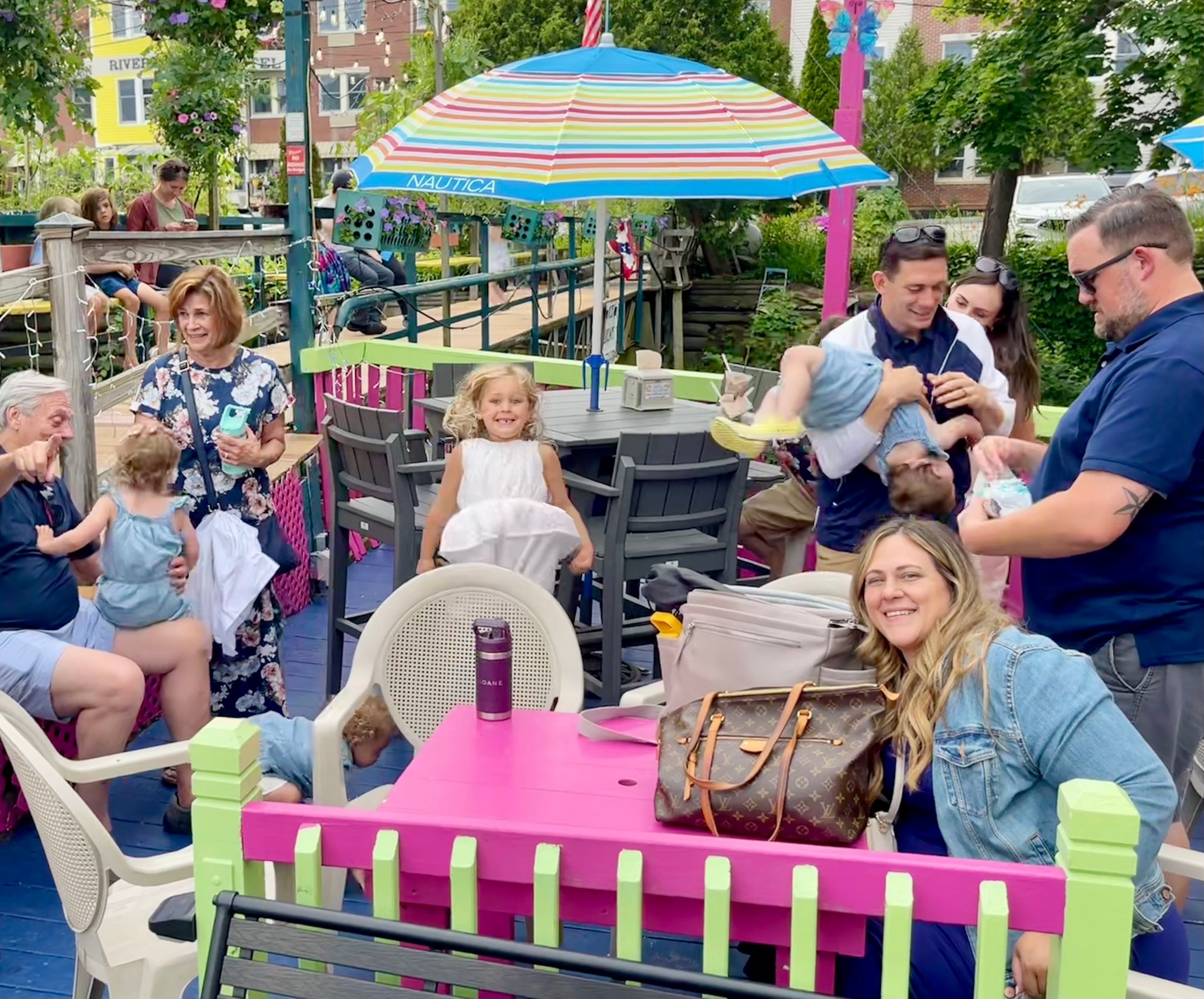
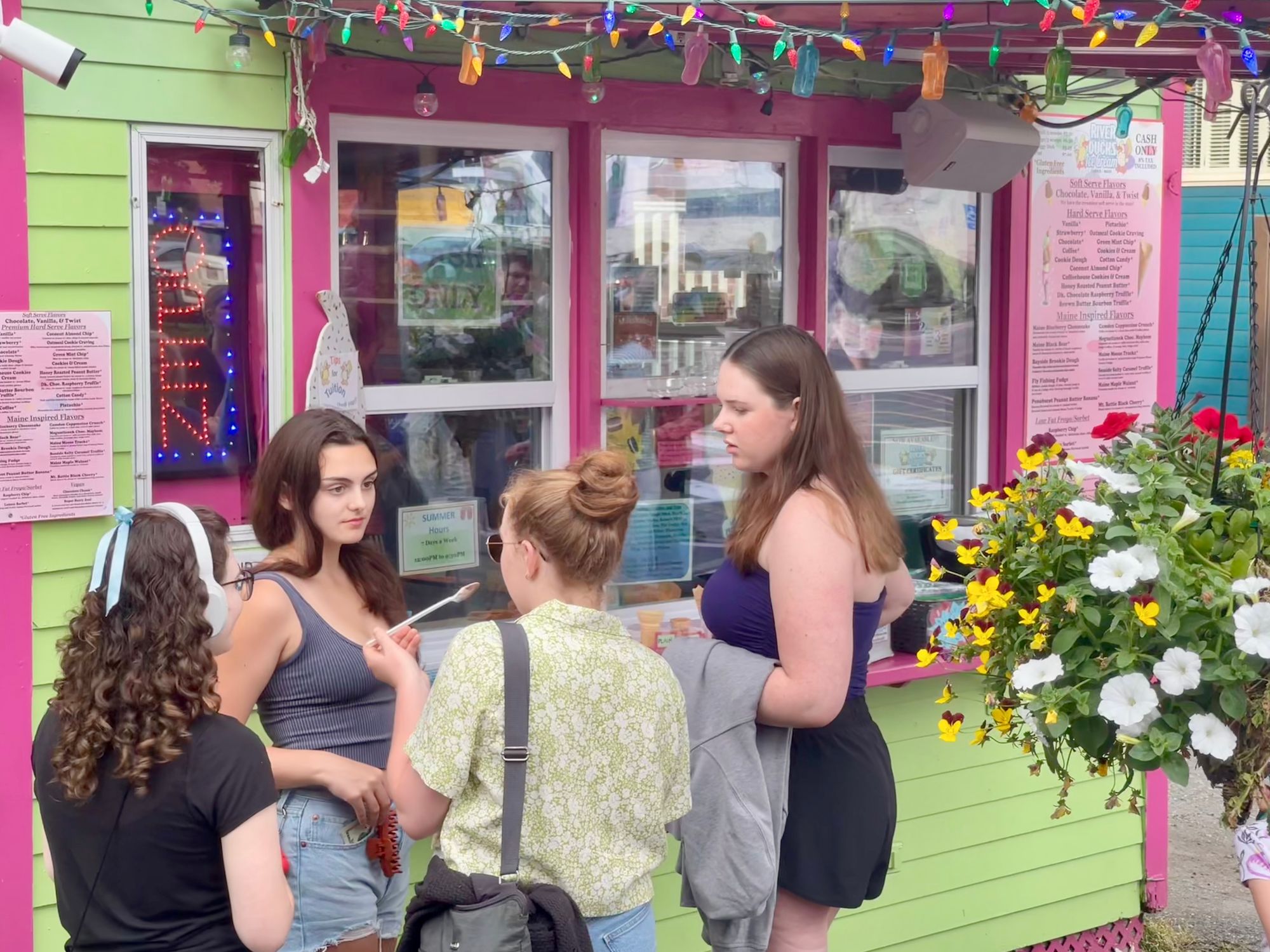
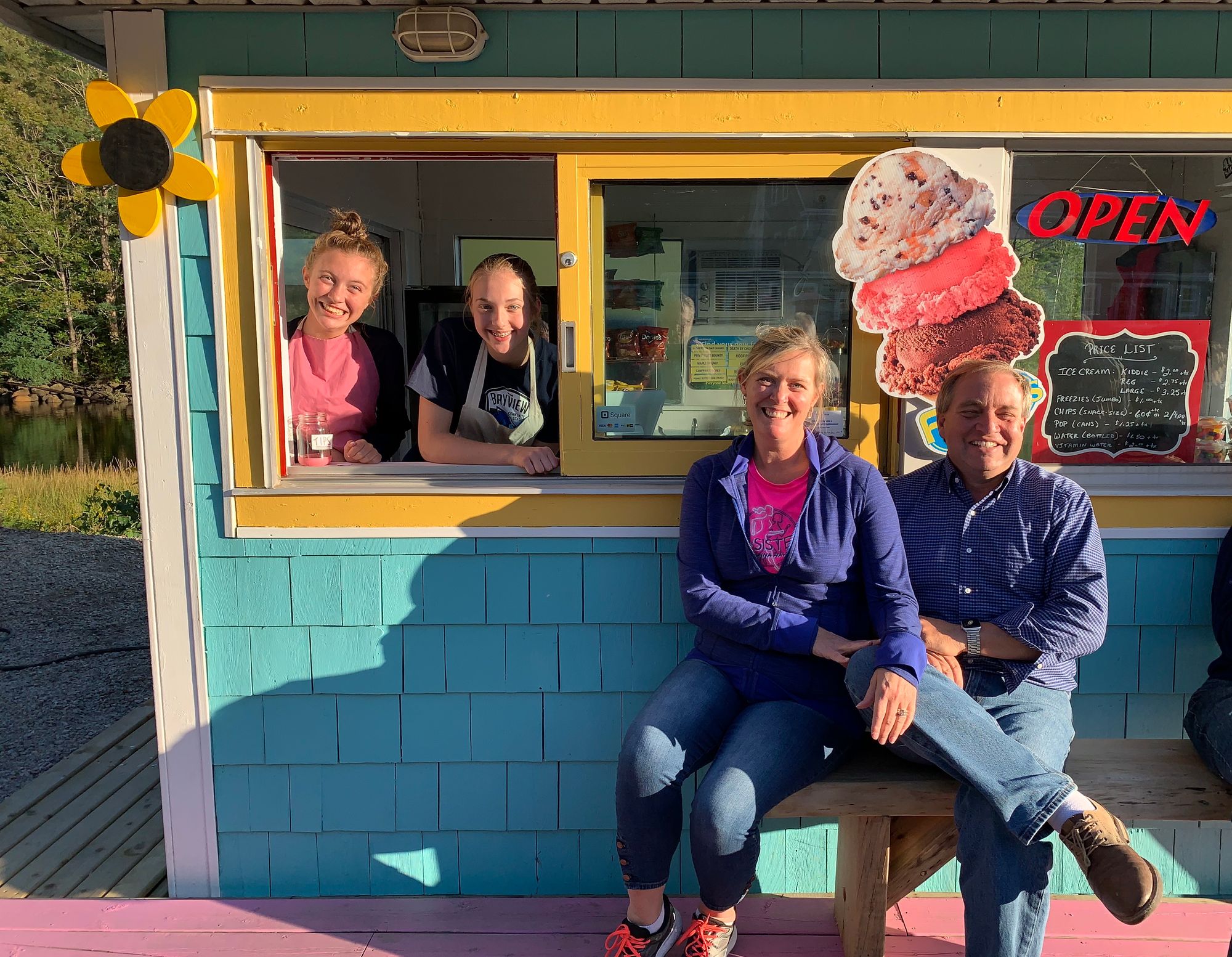
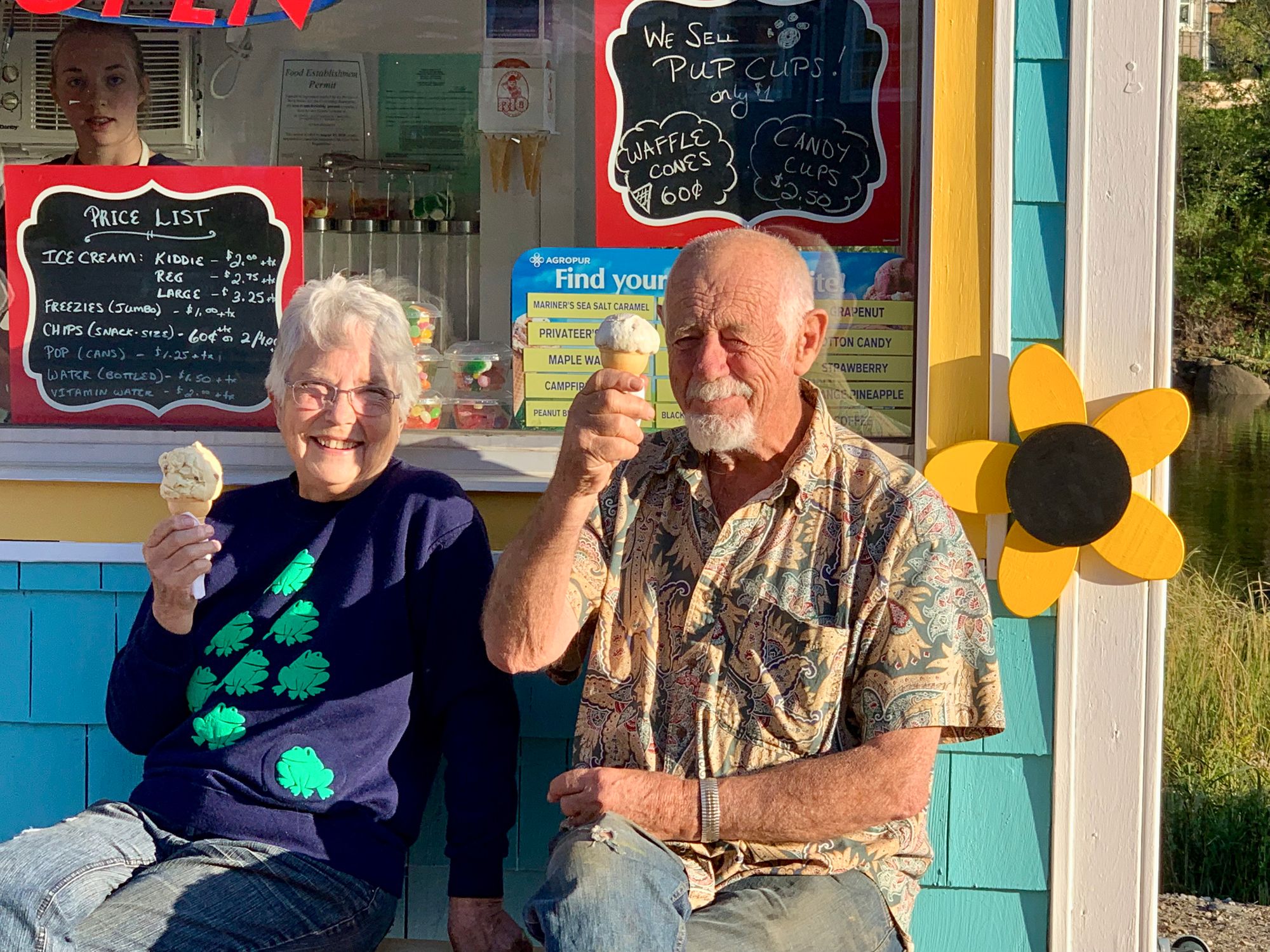
A family-owned and run ice cream shop
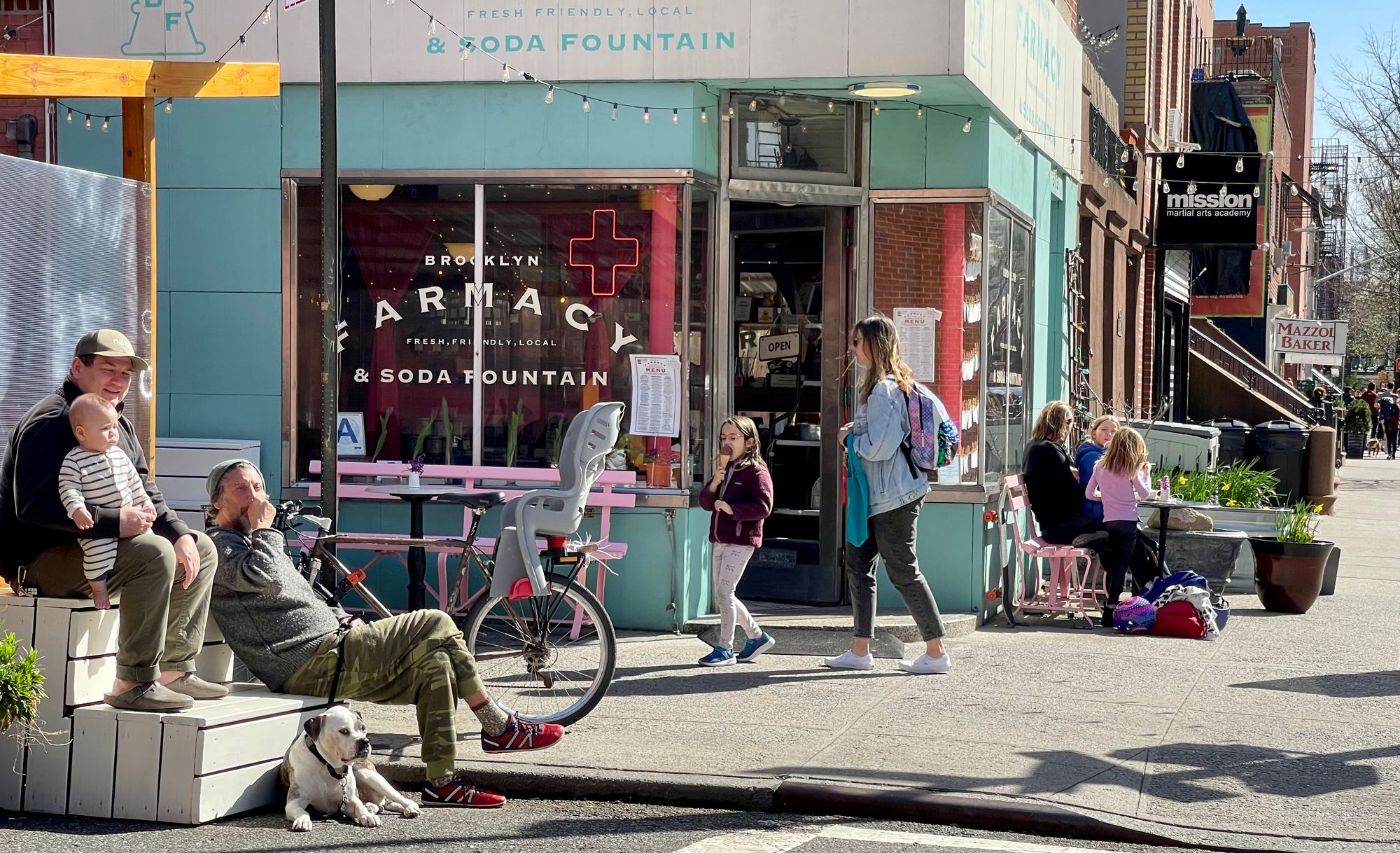
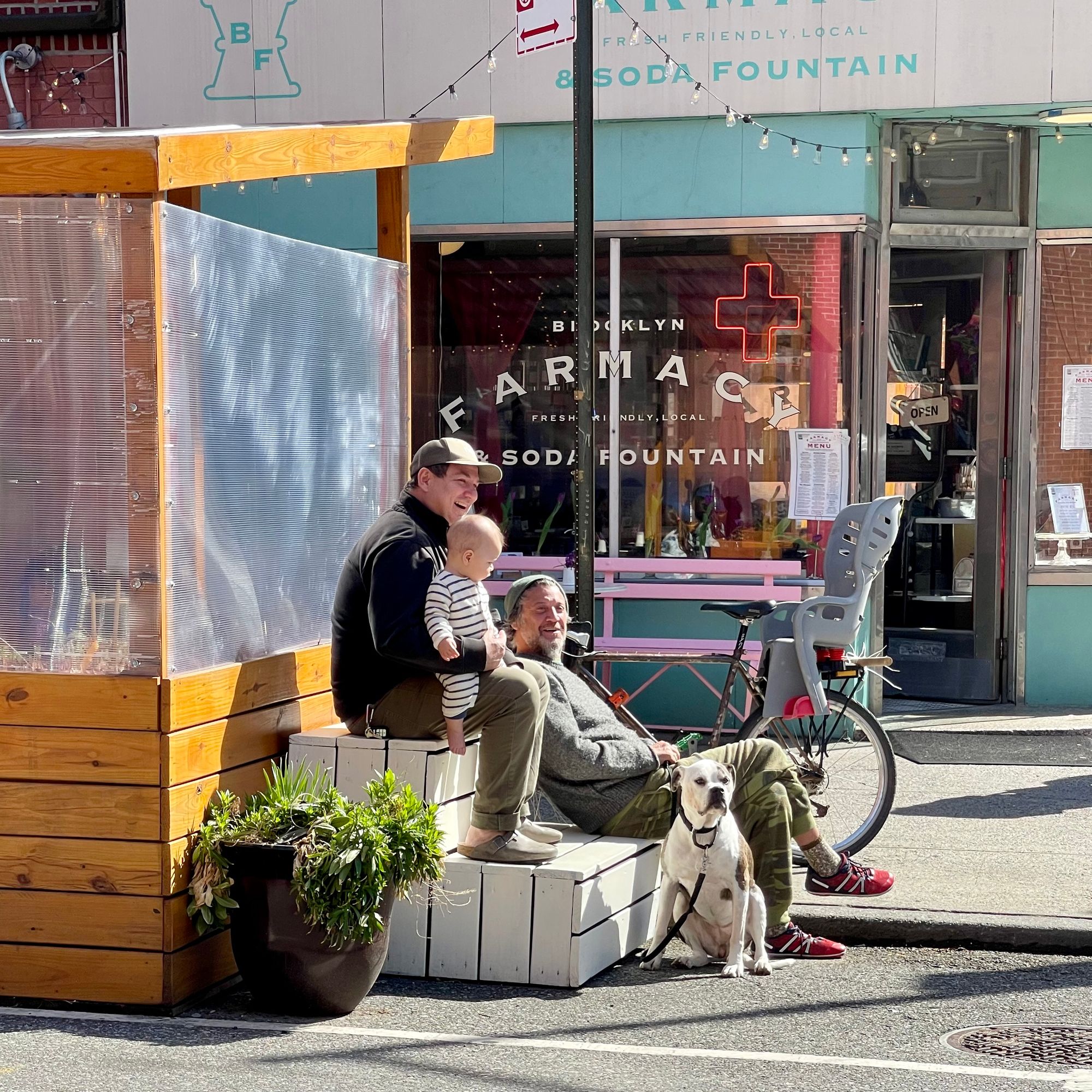
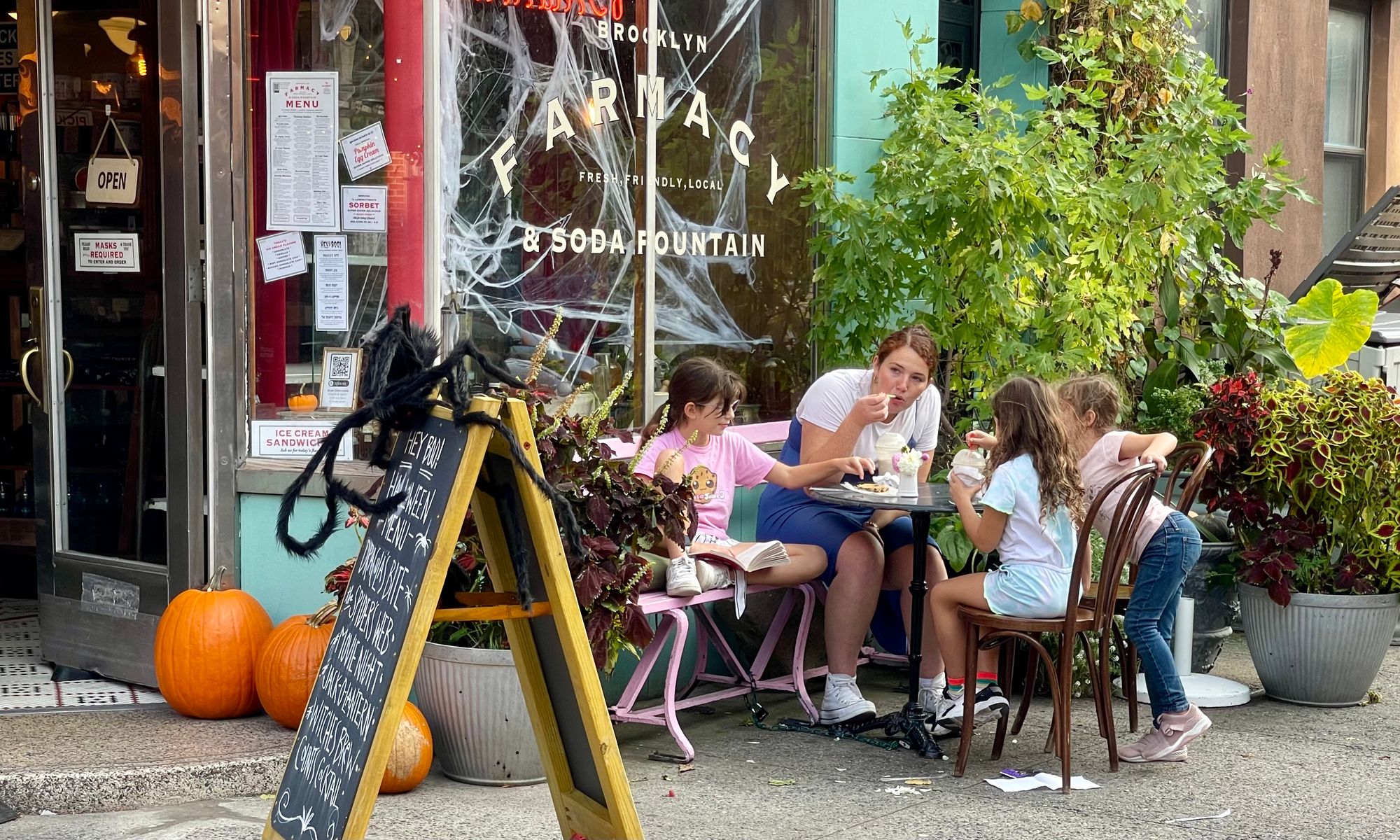
Emerging Hubs - The Ultimate Goal
A hub is a place that hosts a variety of different activities and thus attracts social and commercial life. There is a kind of electricity in a hub – a hum of excitement, spontaneity, creativity, and fun. Hubs can be compact, like an ice cream shop next to a book shop across from some benches. Hubs can also be bigger and more complex like vibrant corners of squares or markets. Telltale signs of a hub are people chatting and laughing on benches, lingering in front of shops or kiosks, kids running and playing – a place where things are happening, that looks fun and draws you in. Hubs are often characterized by inside-out design where fun and interesting activities spill out of buildings and into the public realm.
A hub usually has some kind of nucleus – a central focal point around which its activity revolves. It could be a particularly beautiful or inviting storefront, a mural, a good place to sit, or a beloved street vendor. A focal point is often a key feature in the genesis of a social hub. When it pops up, its activity spreads around it and down the block, triggering changes in adjacent stores and amenities that want to accommodate the increased foot traffic and social life that the focal point has given rise to. A hub blooms.
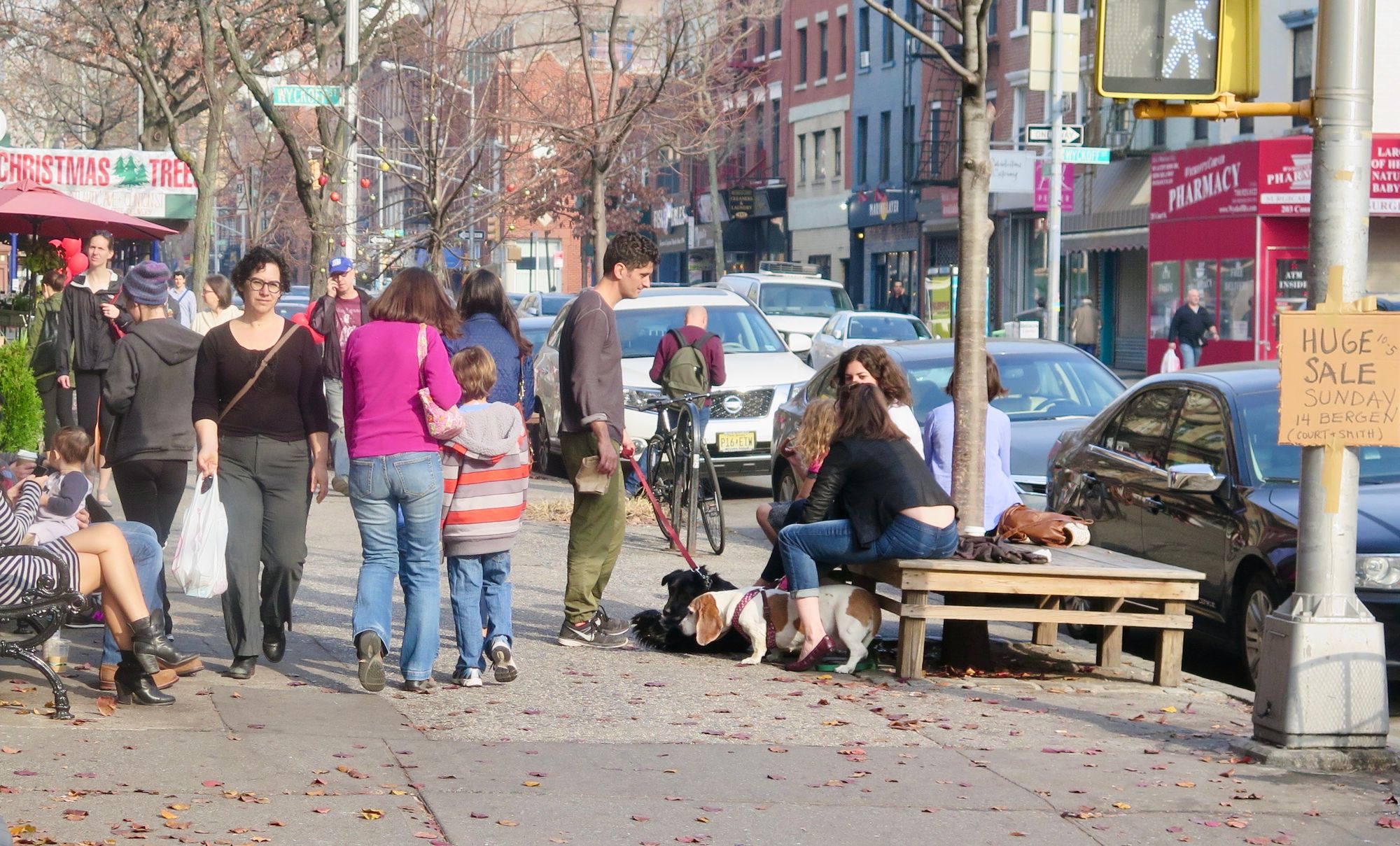
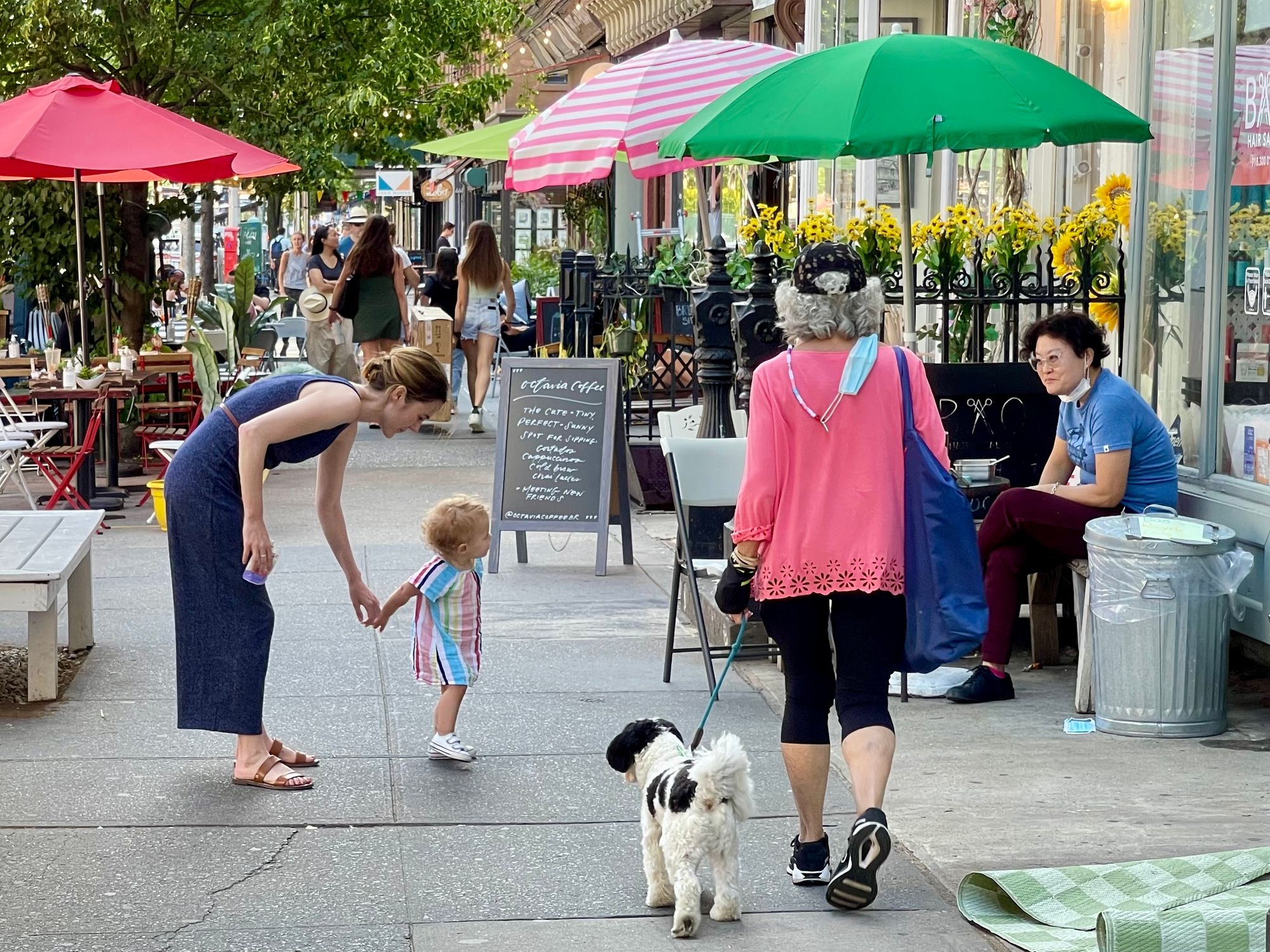
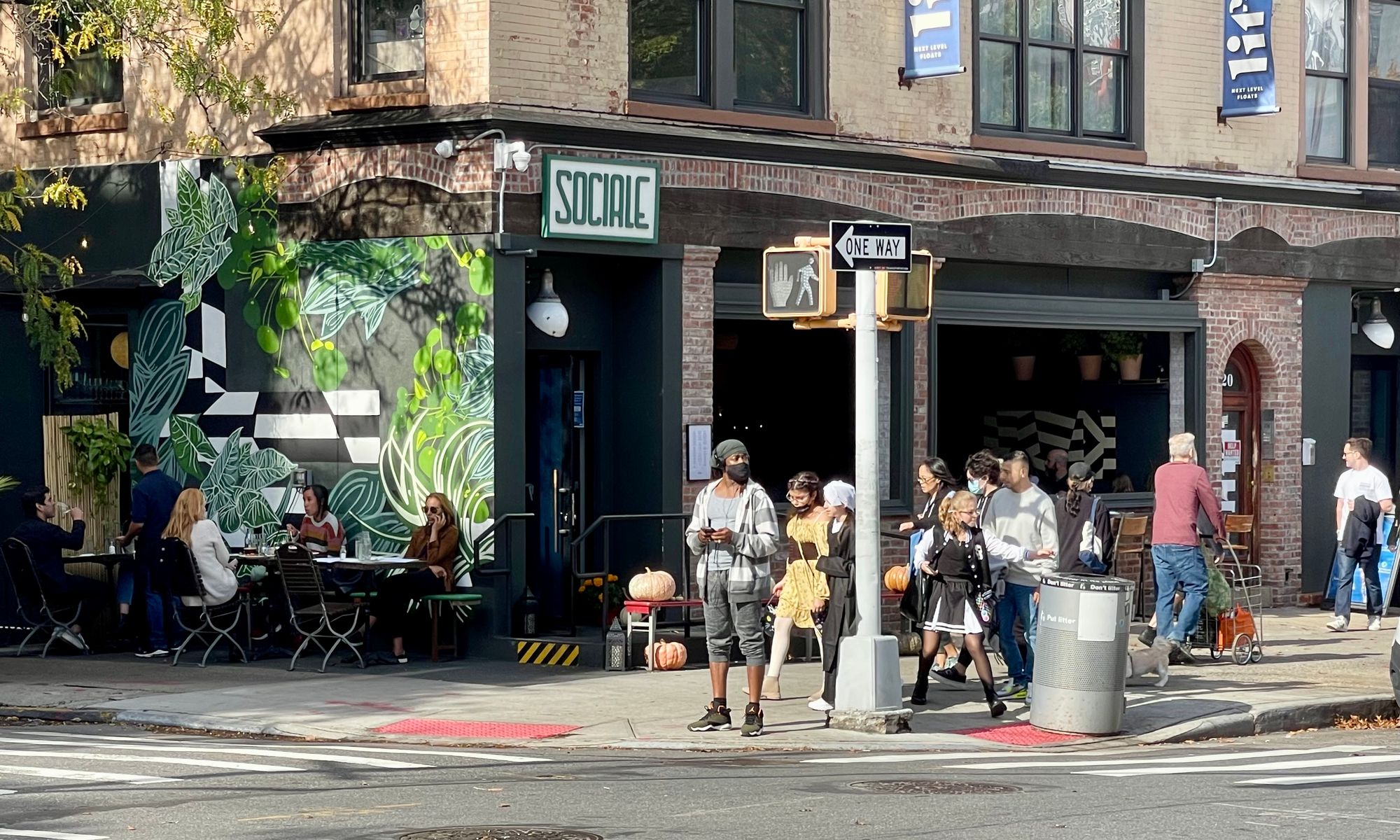
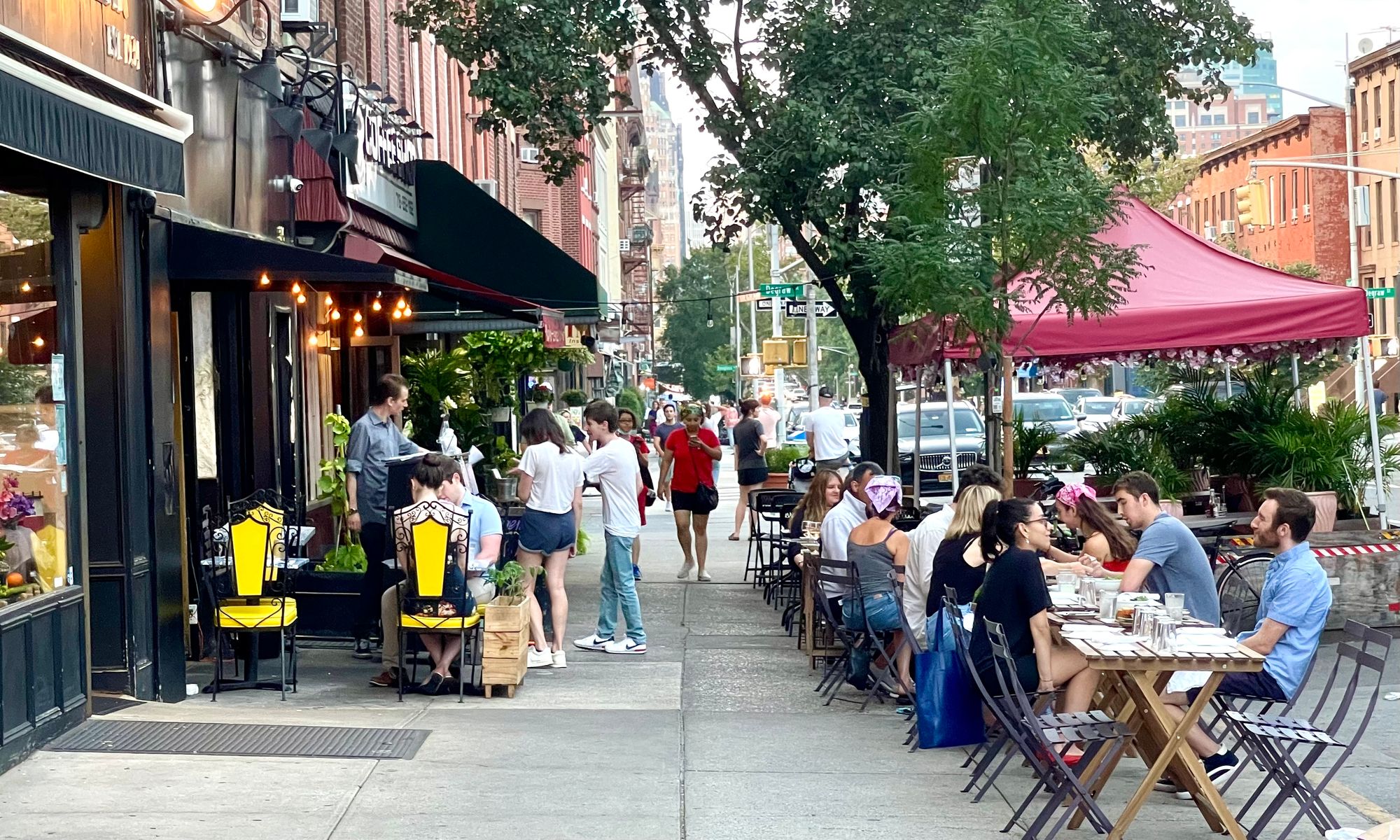
These Brooklyn neighborhoods are bursting with social and commercial hubs. Corners, sidewalks, and intersections have come to life in response to the addition of benches, murals and colorful umbrellas. Certain blocks have become attractions in and of themselves. They are now at a point where they can chart a future far better than anything in the past, transitioning from restraint in public spaces to a spirit of experimentation and social life.
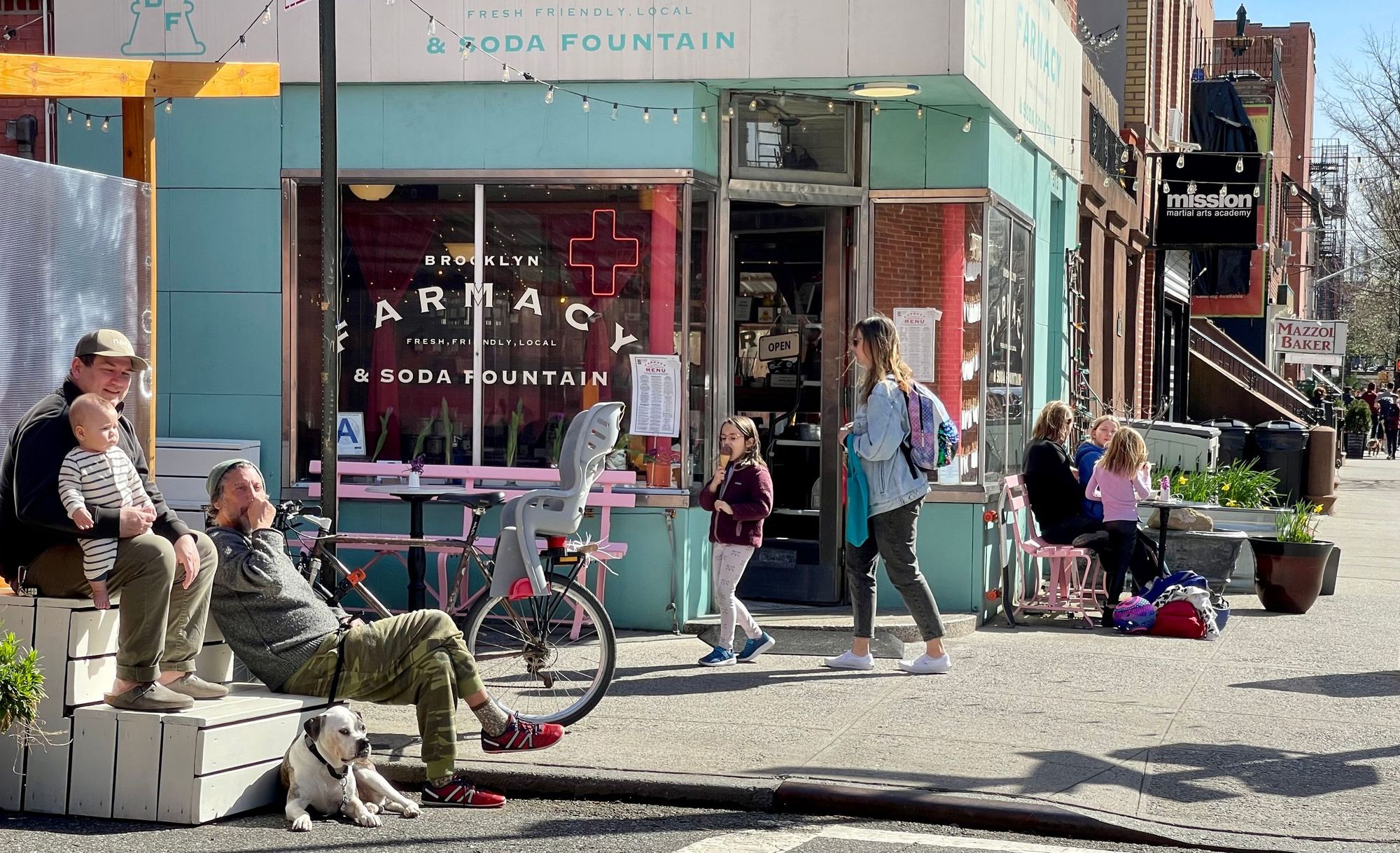
Takeaways
Imagine if the places where we live were made walkable, shaped around our social lives and re-imagined to make it easy and interesting for us to gather, shop, have fun, eat together, and be around people different from us. With this shift in focus from wheels to feet, we would fundamentally strengthen our communities and collectively have an impact on the health of our planet.
Bridging the gap between the private and public realms is key to this transformation. As long as we isolate ourselves from businesses, civic and cultural buildings, and each other, our communities will be disconnected places where people do not wish to spend time. Instead of normalizing keeping people out and holding value close to our chest, we need to share – our work, our time, our creations. We need to open our doors and sit on our "porches," somewhere in between the private world of our possessions and the public world of our neighborhoods. This is at the heart of cohesive communities that feel welcoming and that people want to take part in. That is the glue that holds us all together.
Other Relevant Posts
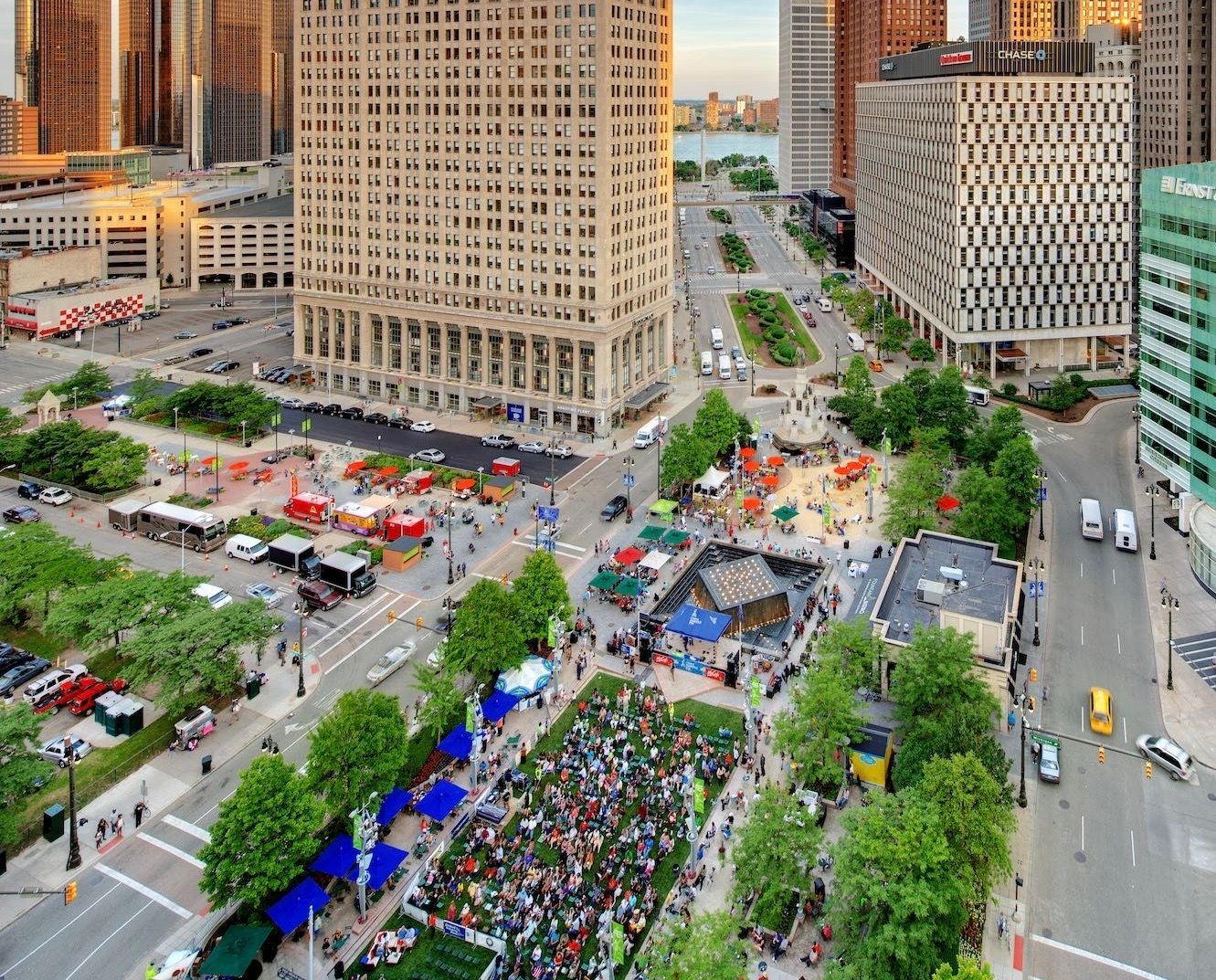
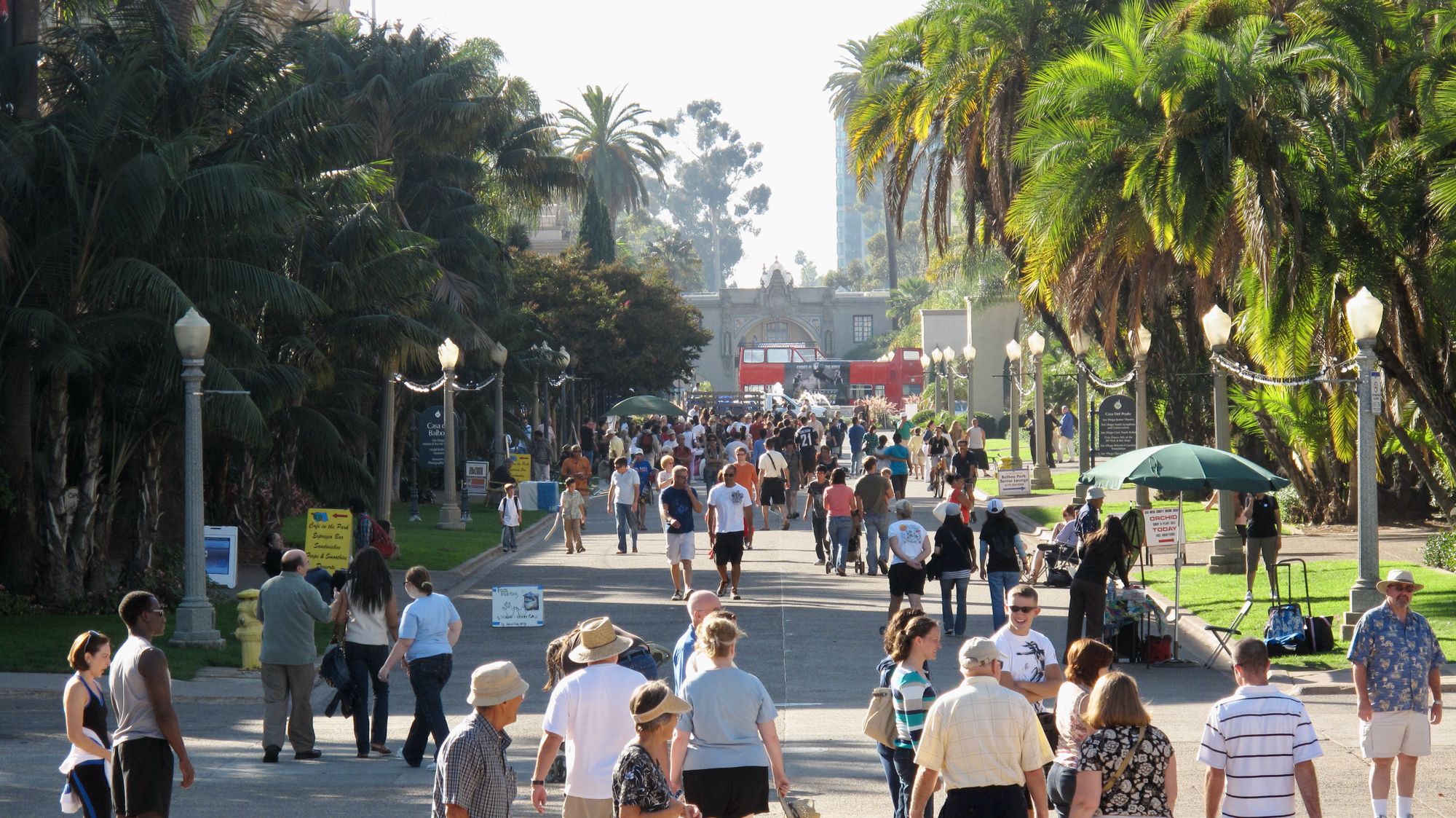
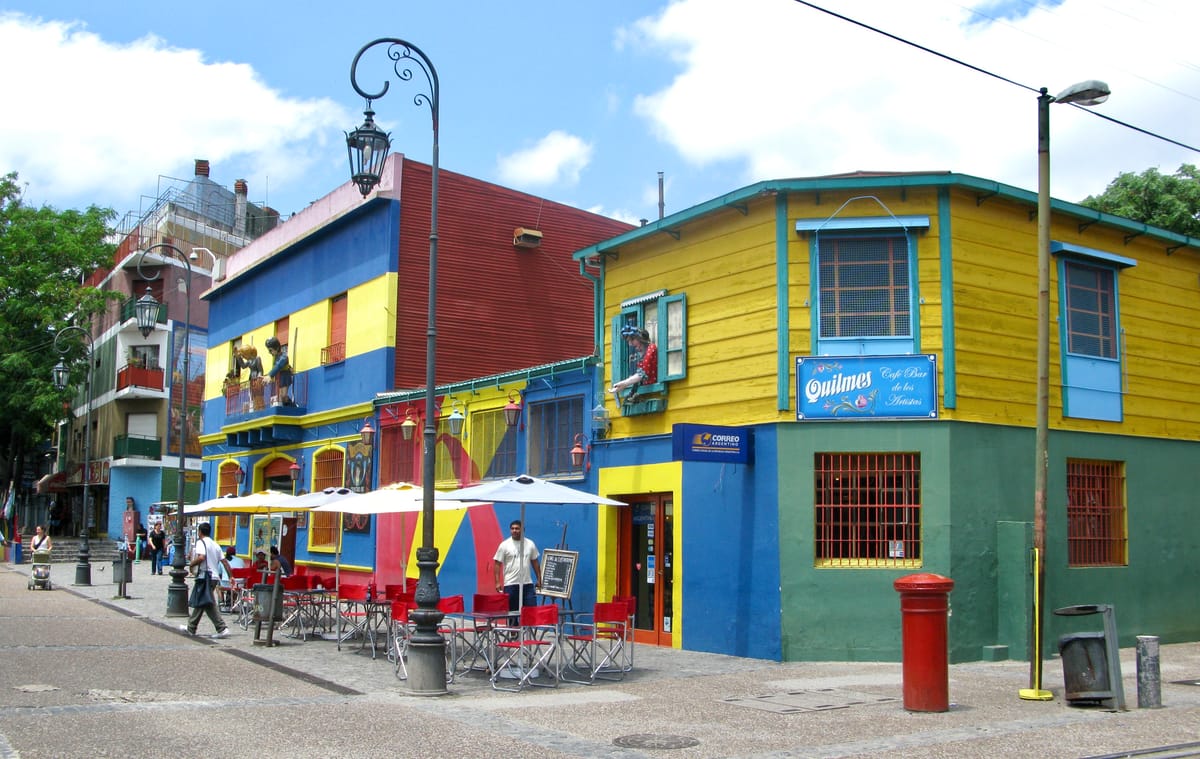
Future of Placemaking
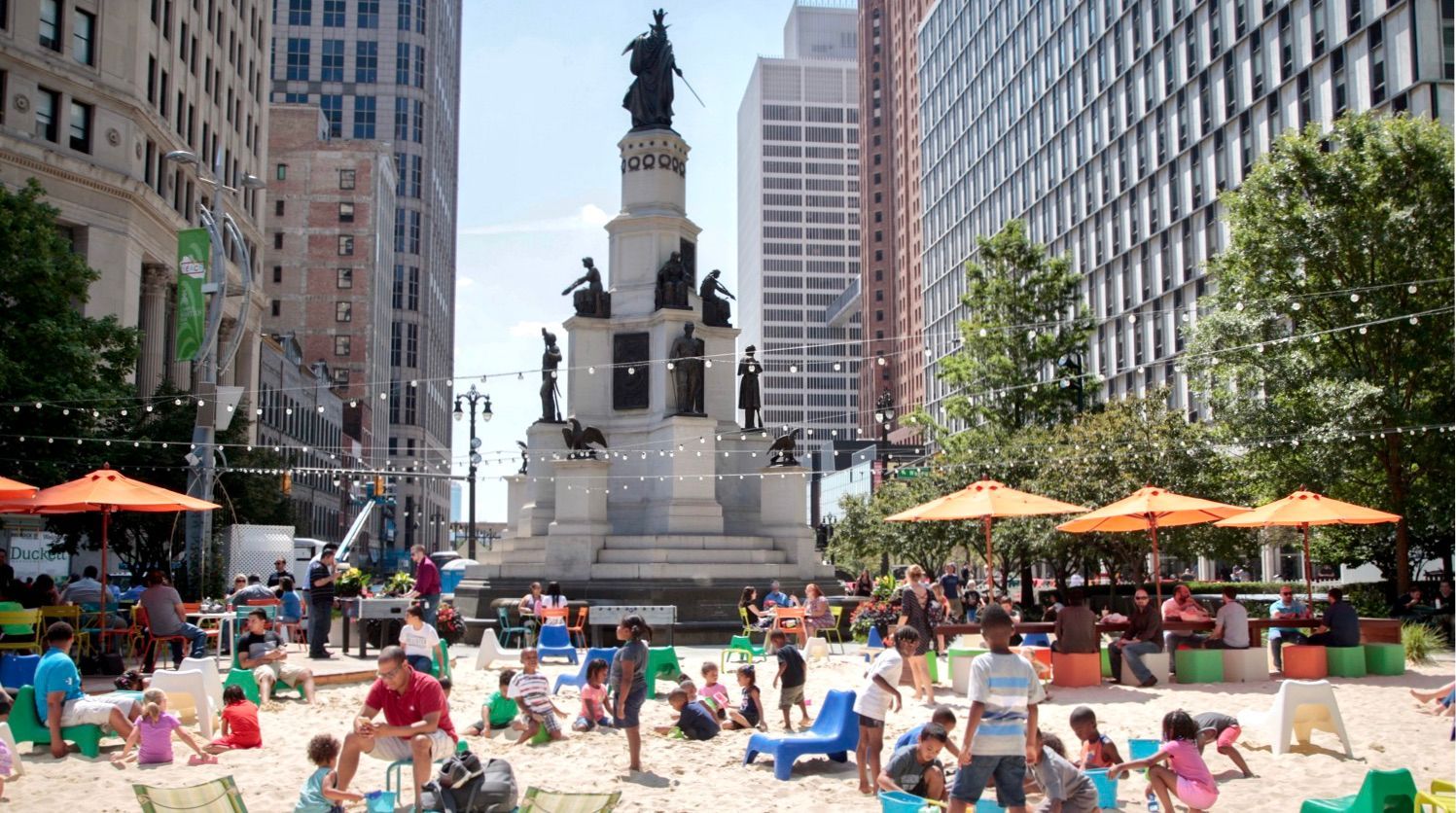
Who We Are
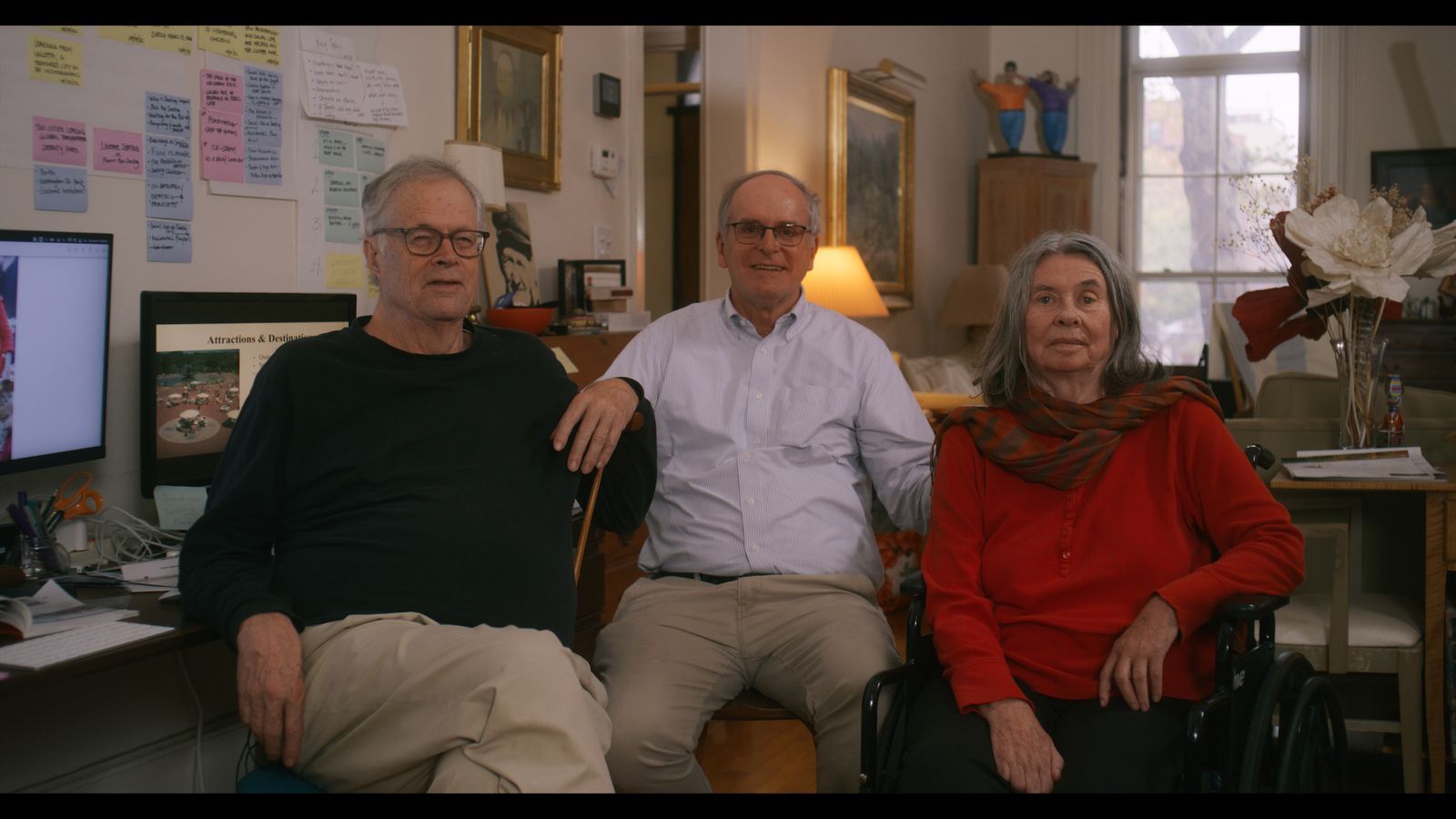
If you are interested in our helping to build a community-wide campaign or catalytic interventions, presentations, exhibits, and more or supporting the cause contact us.
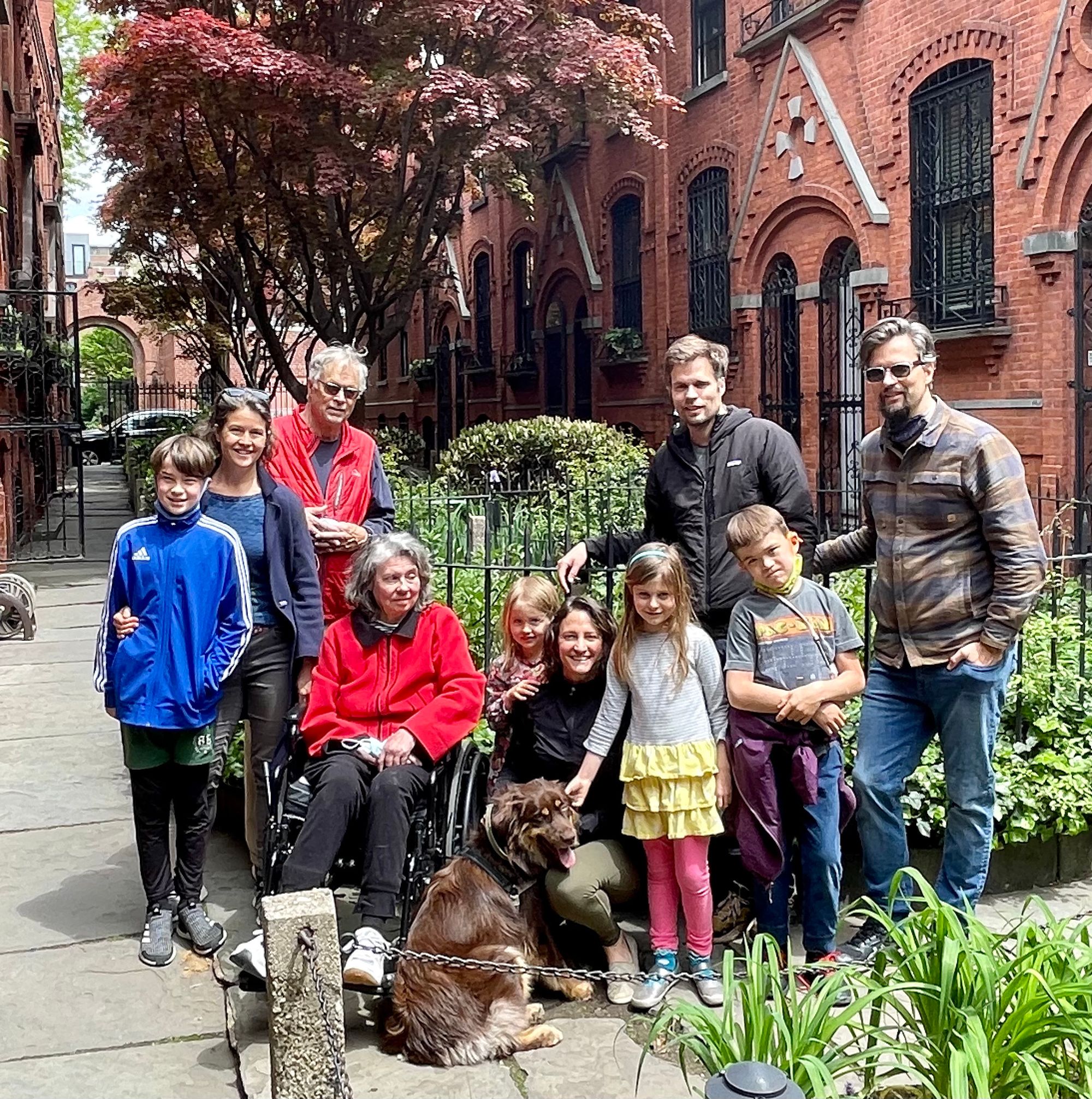
"There are more and more of us fighting for a different vision of the world—a world that takes care of our most precious resources: the air we breathe, the water we drink and the places we share." -Anne Hidalgo, Mayor of Paris, France



